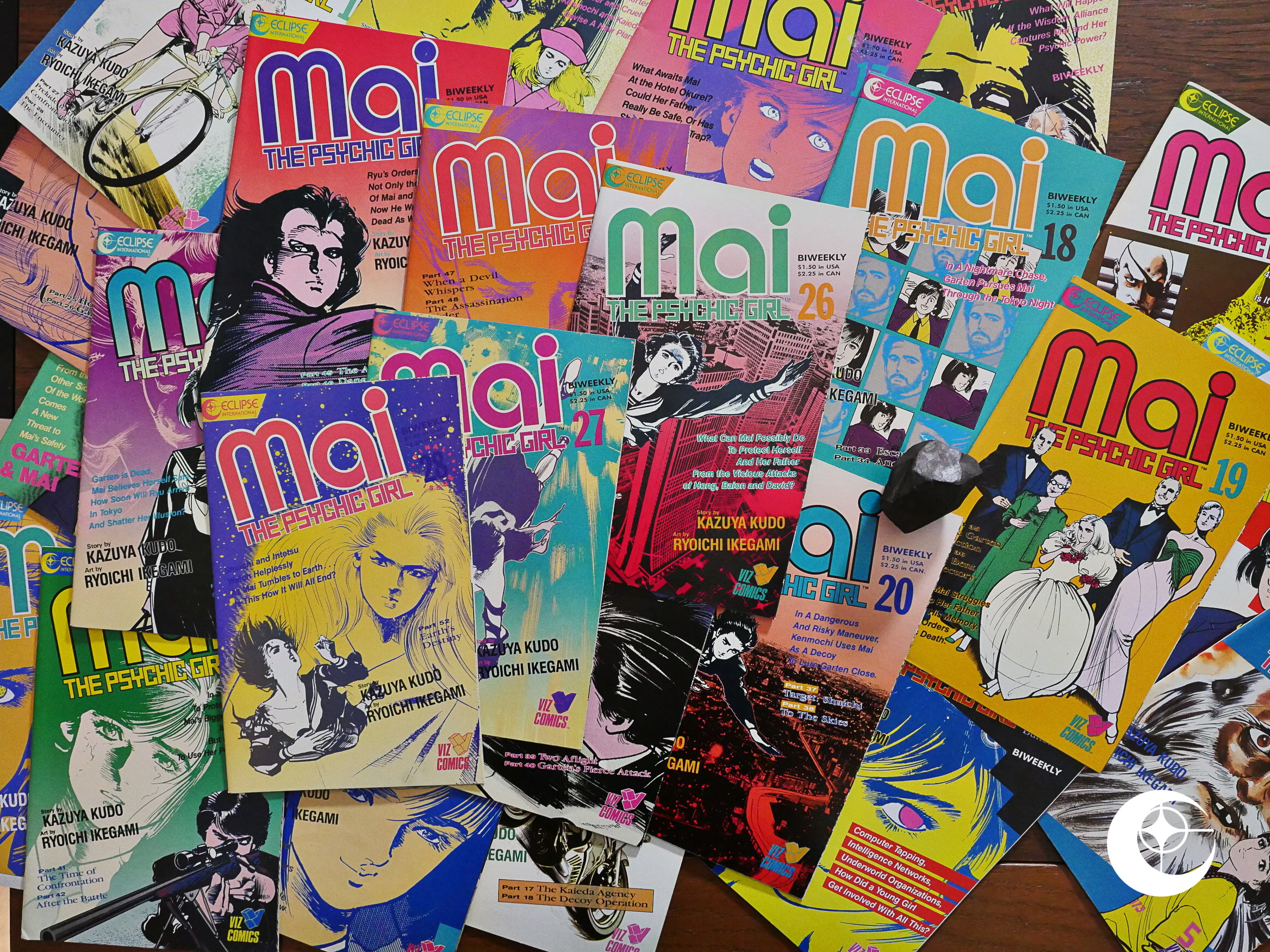
Eclipse Comics was the first US company to publish translations of Japanese mainstream (i.e., children’s) comics. There had been some underground publishers that had translated more adult stuff, but not a lot of that either.
Their very first foray into Japanese comics seems to have been when they distributed Educomic’s I Saw It in 1982, but… I’m not 100% sure about that. There were ads for the book in various Eclipse comics, but that was later, unless I’m mistaken. So perhaps they distributed later editions of the book?
But Eclipse’s first “proper” Japanese publishing venture meant that they teamed up with Viz, a Japanese company, and they brought four series over. The series were all chosen by Viz, apparently. Eclipse published them as bi-weekly and monthly series, and they, by all reports, sold a lot: They were a phenomenon.
But Viz weren’t happy with the sales, and pulled out. Enter Toren Smith and his Proteus company. The comics curated (and mostly translated) by him weren’t as diverse as the Viz books. The Viz selection could perhaps look like market research, because all the four series span a wide range of genres. Proteus, on the other hand, did basically two things: Comics by Masamune Shirow (four different series), and Dirty Pair, which was written by Toren Smith himself.
And in addition, there’s What’s Michael?, which is very… different.
Smith was also unhappy with sales of these comics at Eclipse… but instead of just leaving, as Viz had done, he sued them, and was awarded $120K by the California Superior Courts in September 1994. Eclipse filed for chapter 7 bankruptcy in December of the same year.
And then Smith took his books to Dark Horse.


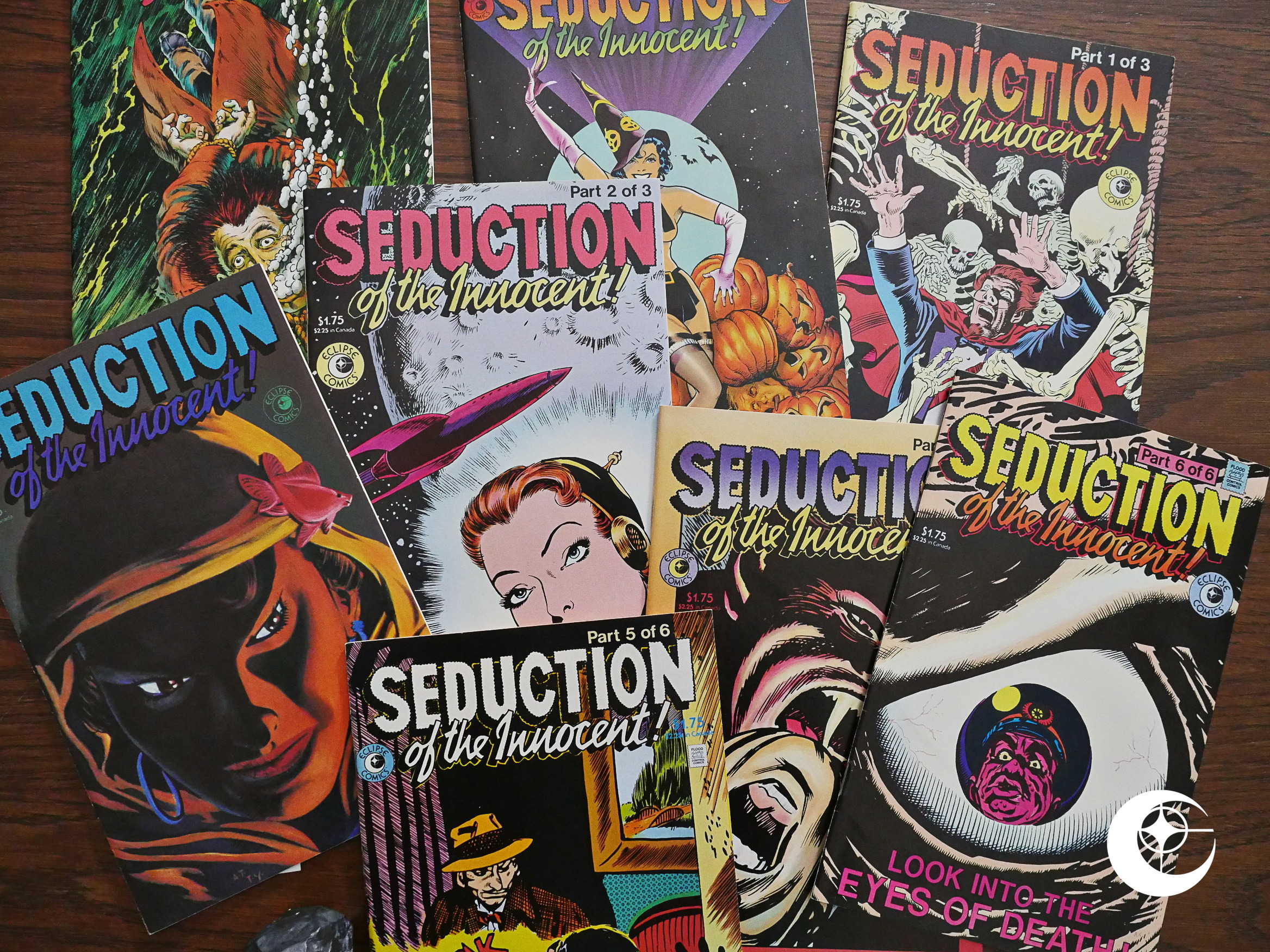 Seduction of the Innocent 3-D (1985) #1-2
Seduction of the Innocent 3-D (1985) #1-2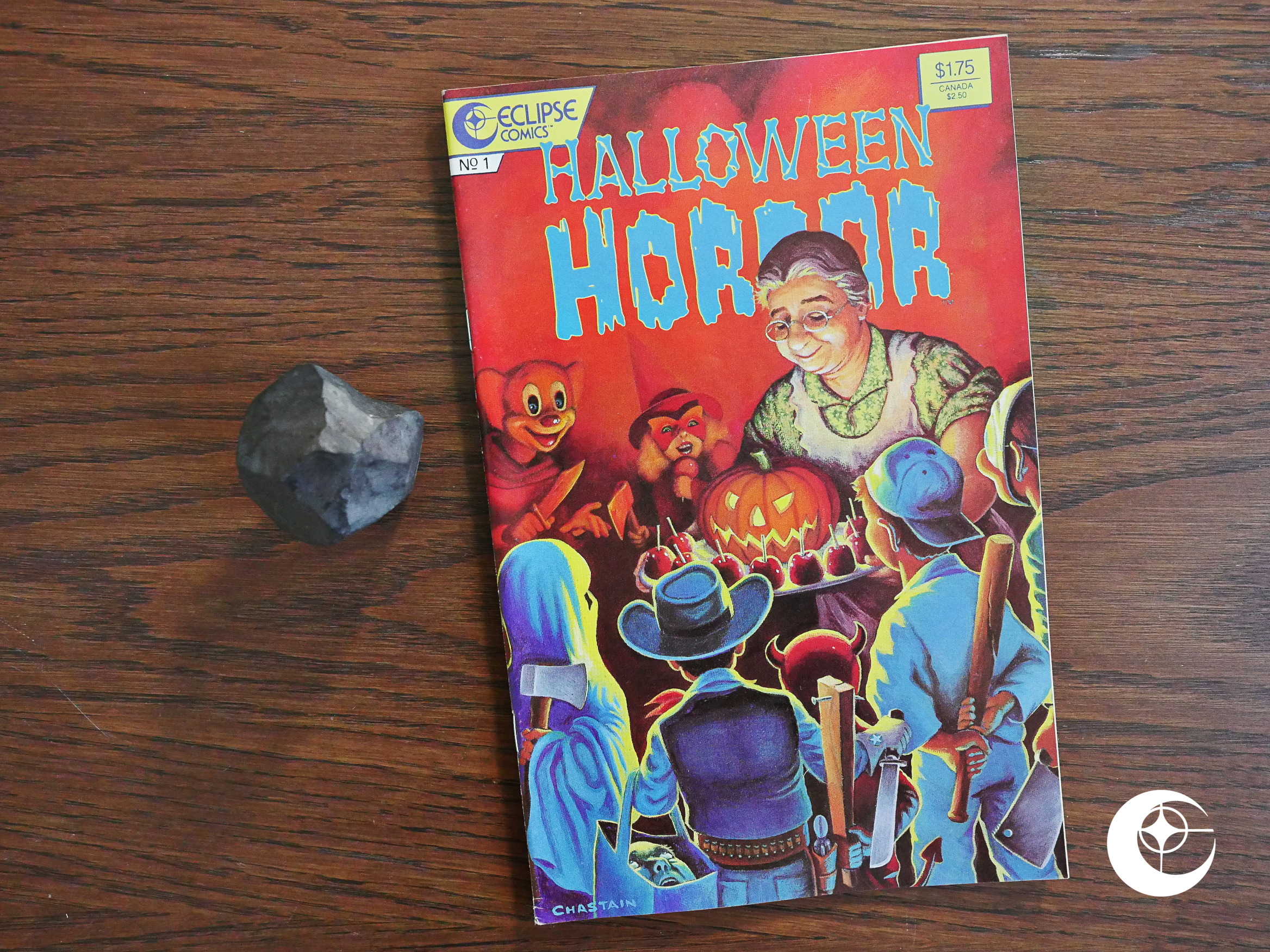 7: Halloween Horror (1987) #1
7: Halloween Horror (1987) #1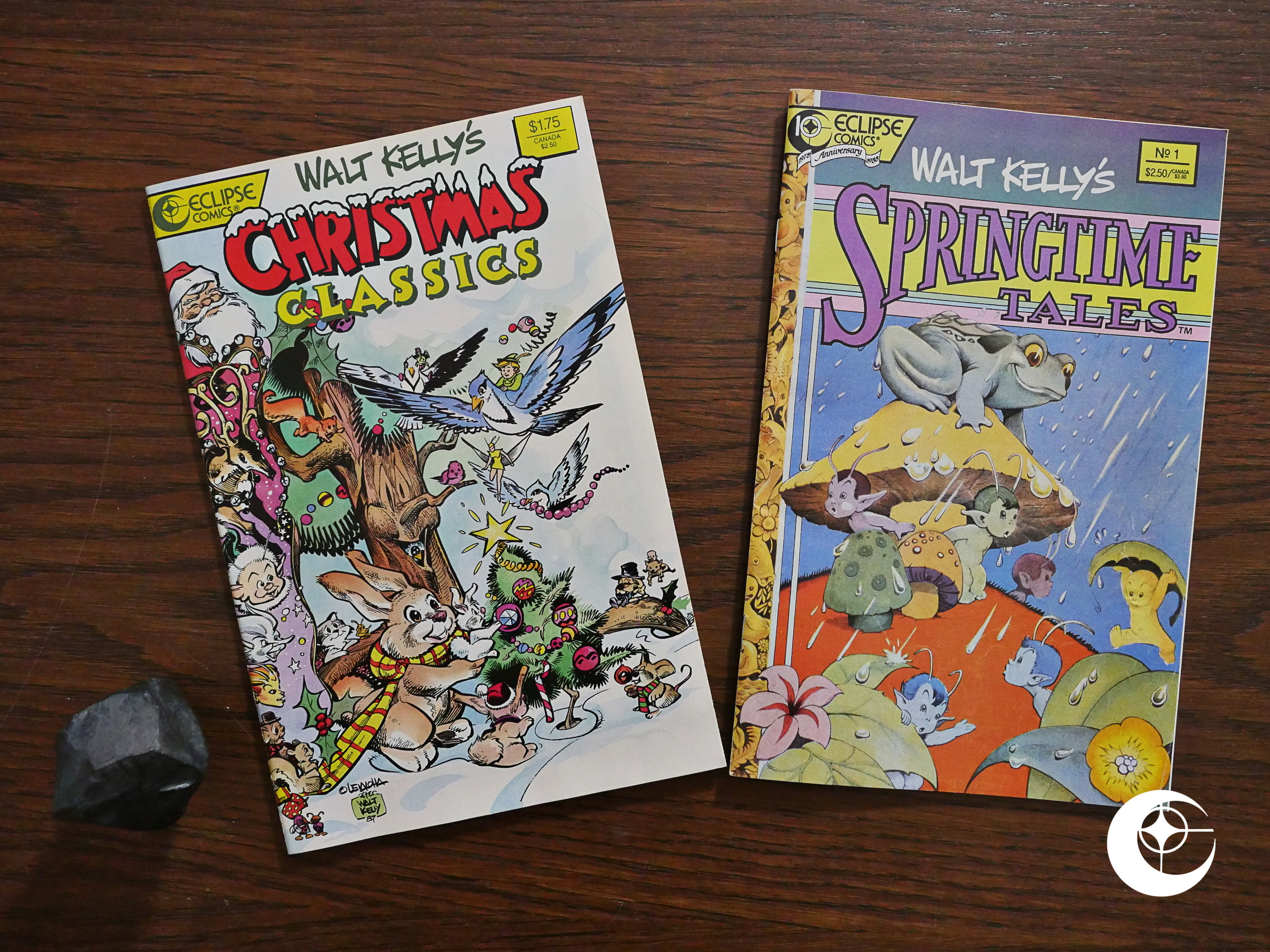 8: Walt Kelly’s Christmas Classics (1987) #1
8: Walt Kelly’s Christmas Classics (1987) #1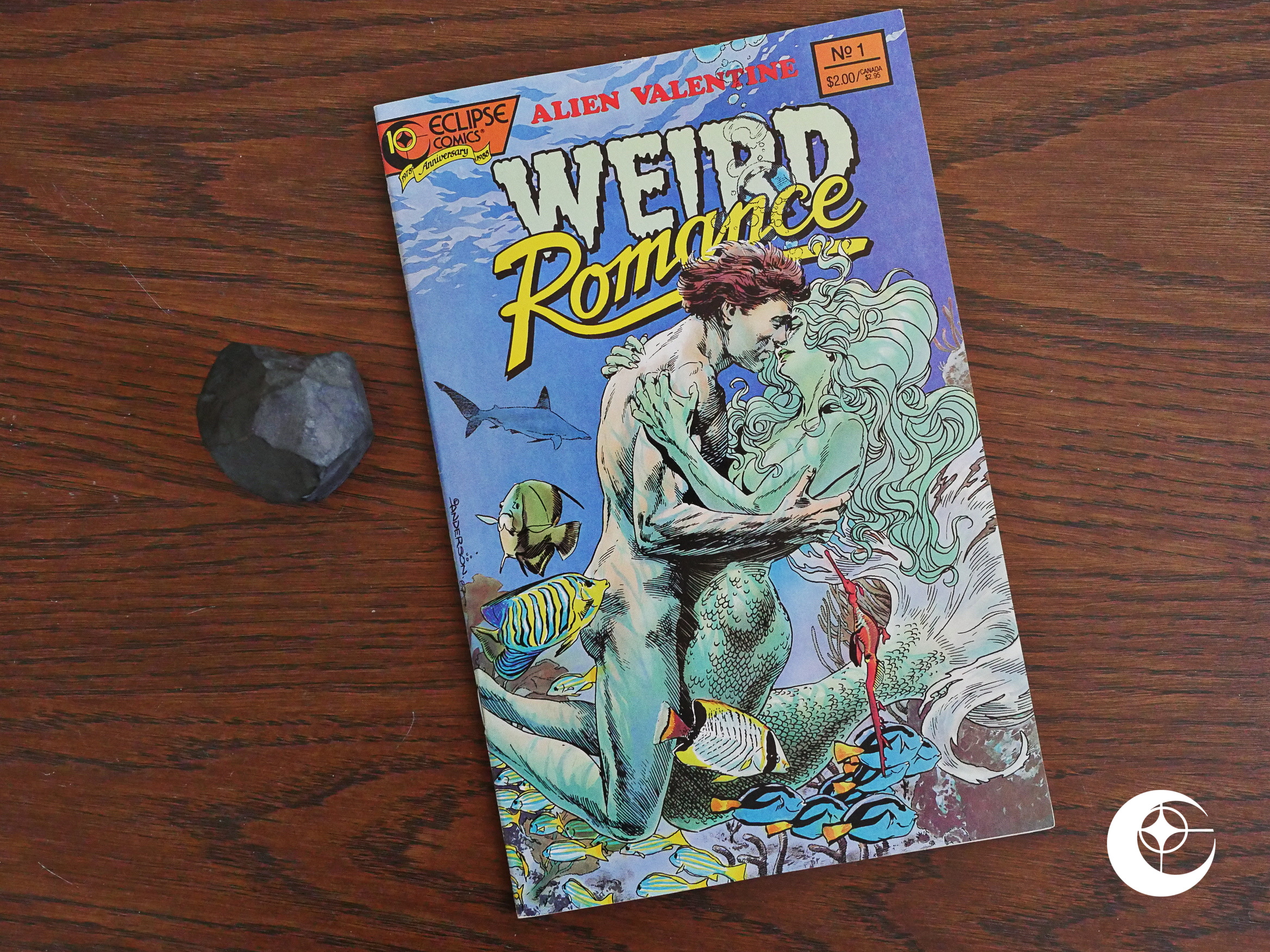 9: Weird Romance (1988) #1
9: Weird Romance (1988) #1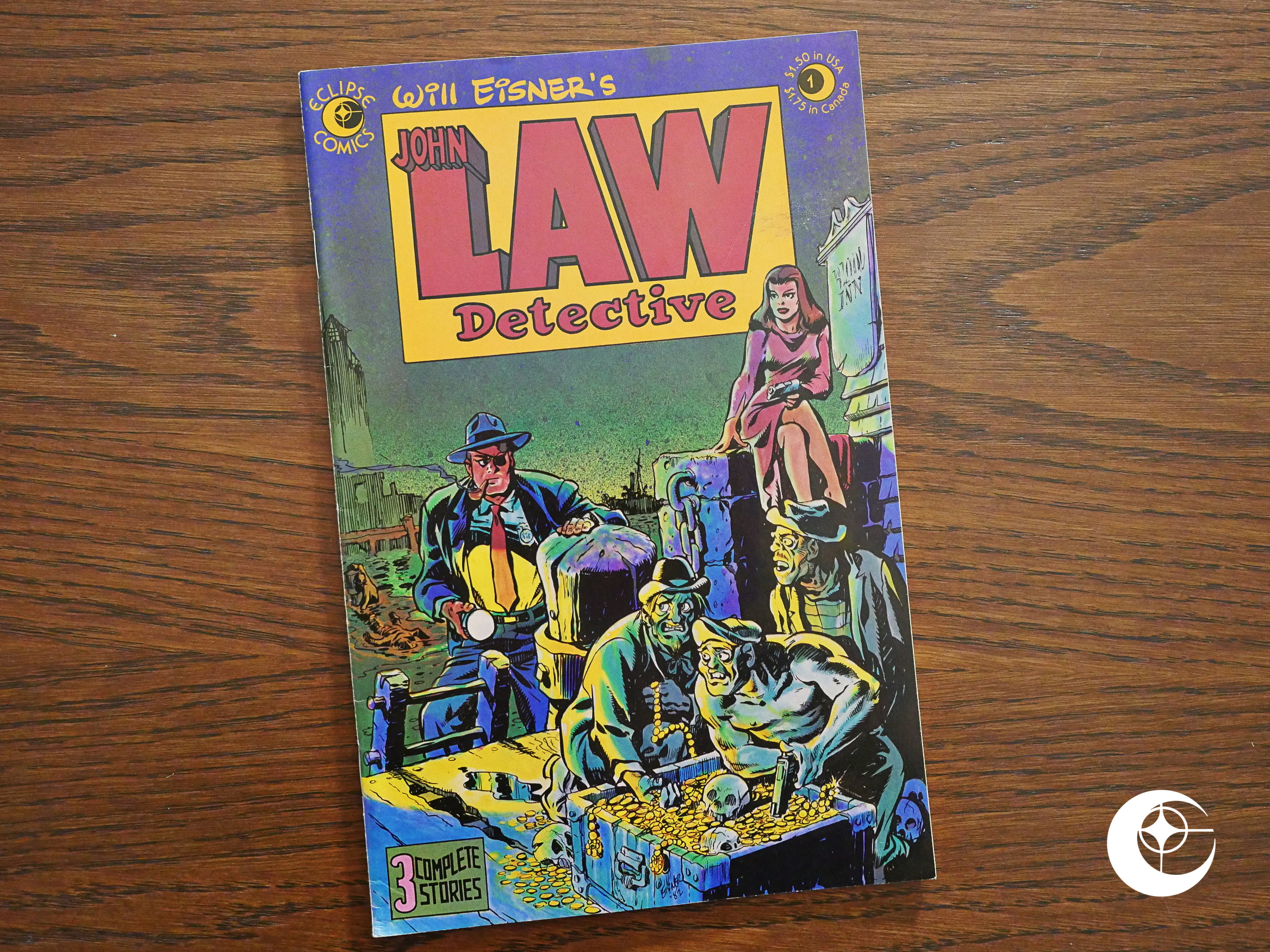 John Law Detective (1983) #1
John Law Detective (1983) #1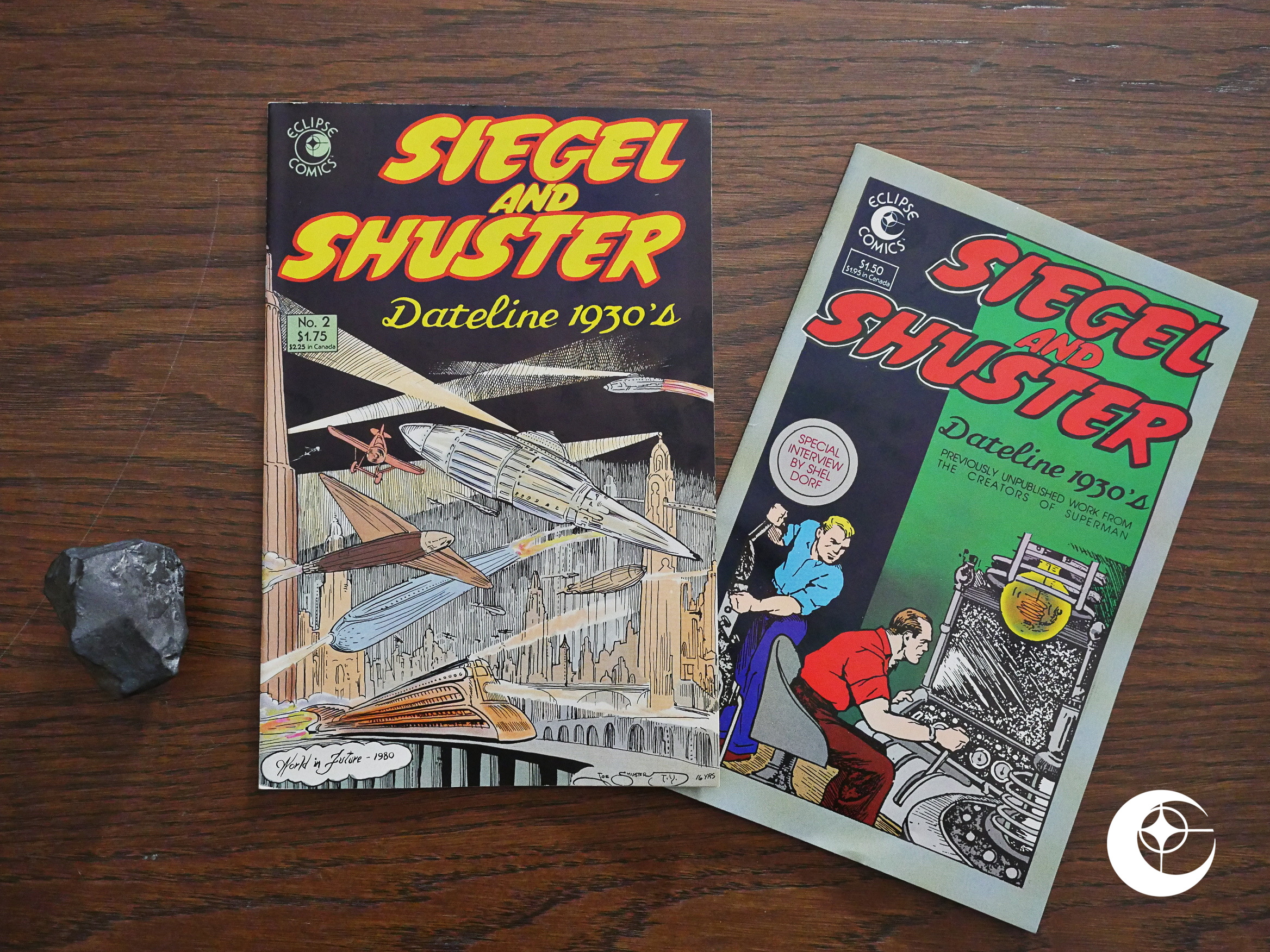 Siegel and Shuster: Dateline 1930s (1984) #1-2
Siegel and Shuster: Dateline 1930s (1984) #1-2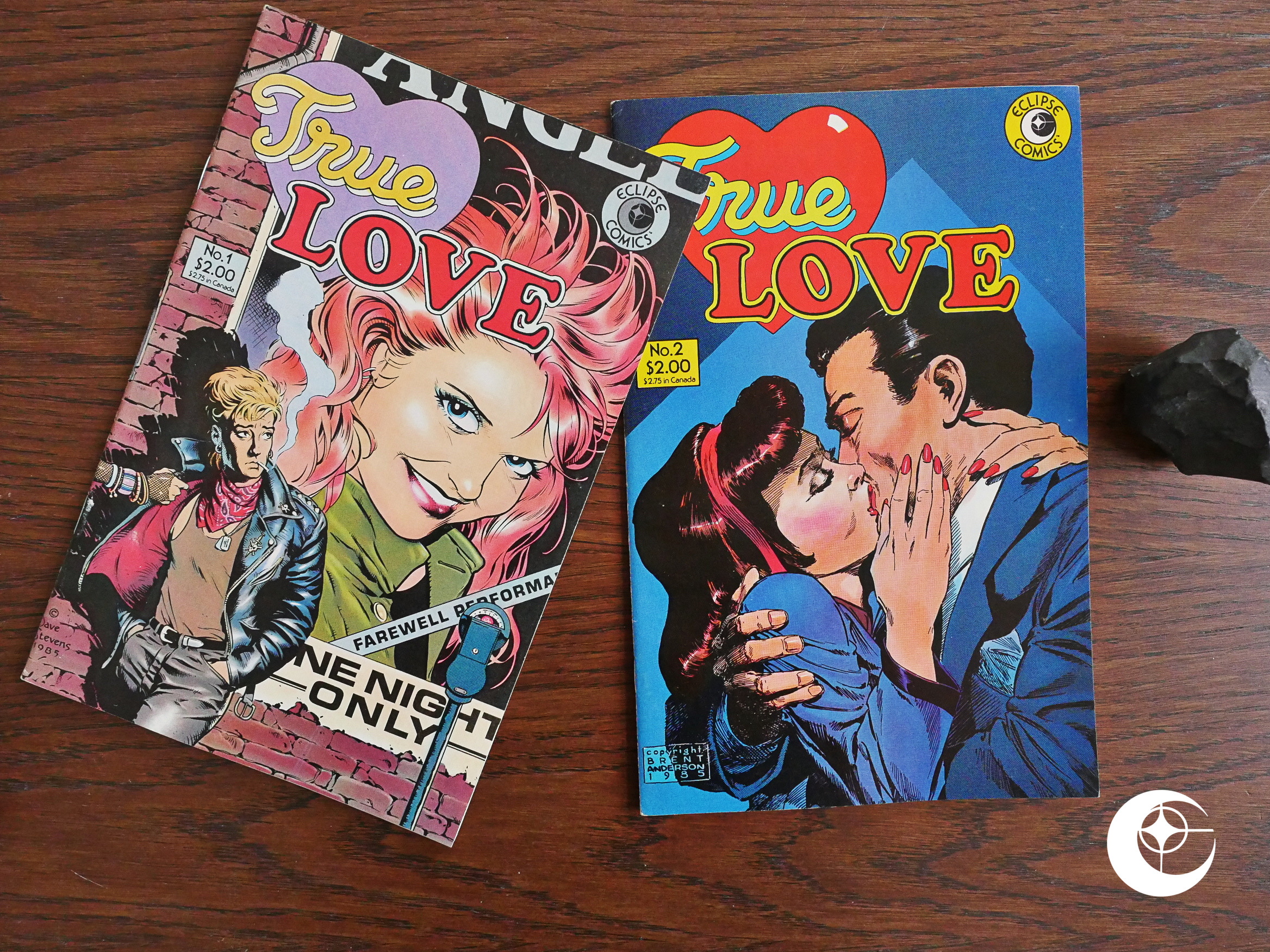 True Love (1986) #1-2
True Love (1986) #1-2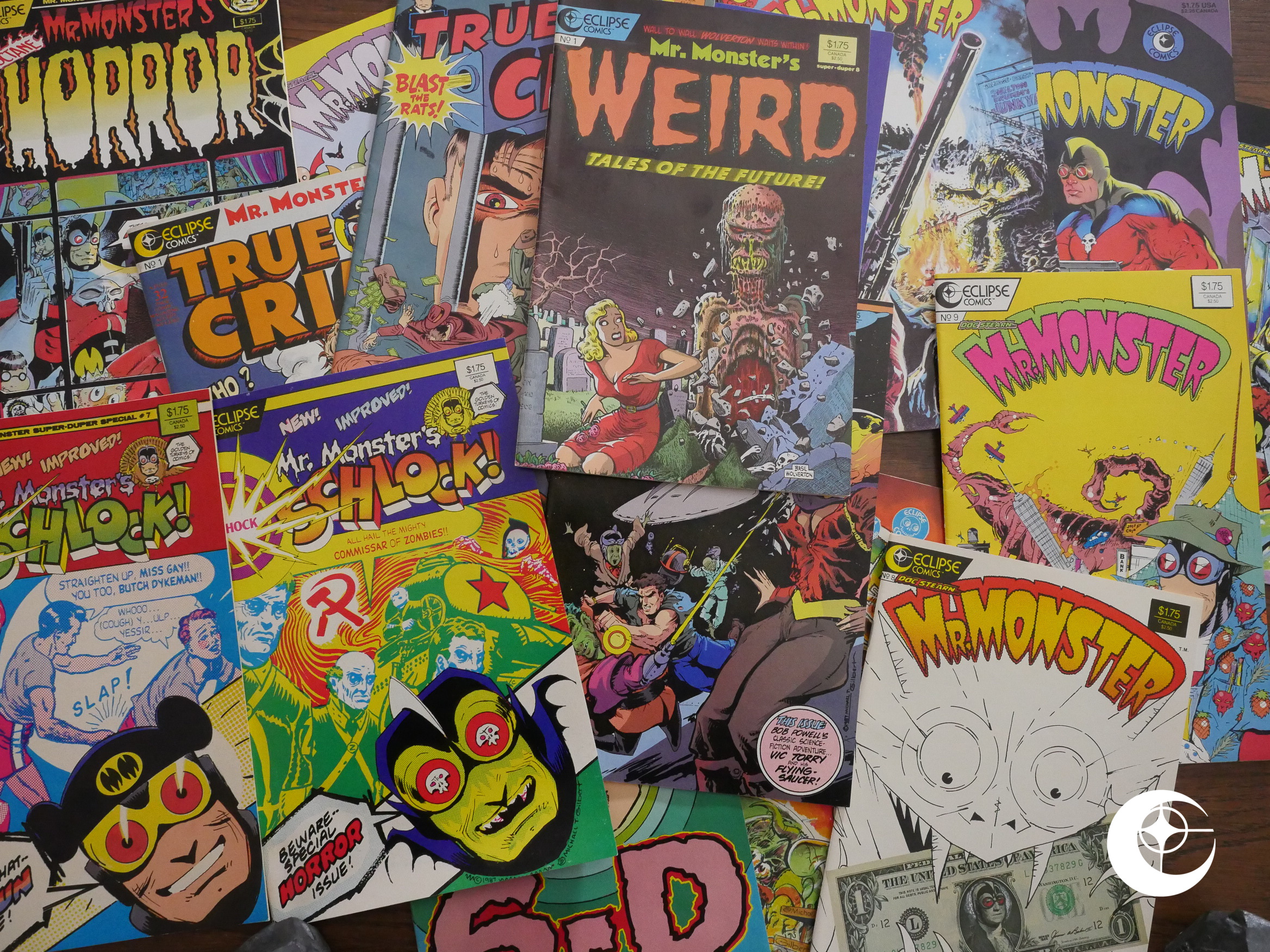 Mr. Monster’s Super Duper Special (1986) #1-8
Mr. Monster’s Super Duper Special (1986) #1-8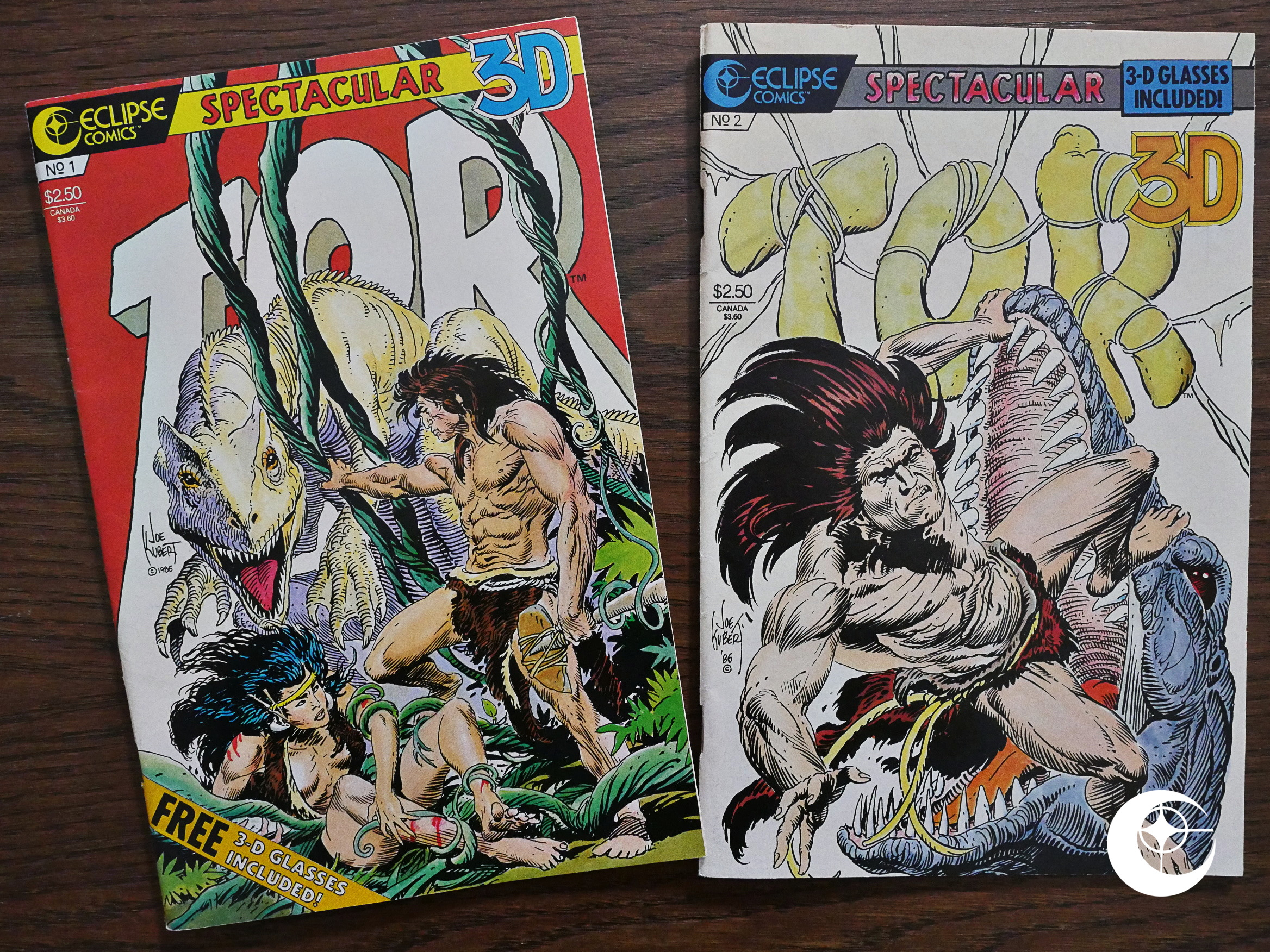 Tor 3-D (1986) #1-2
Tor 3-D (1986) #1-2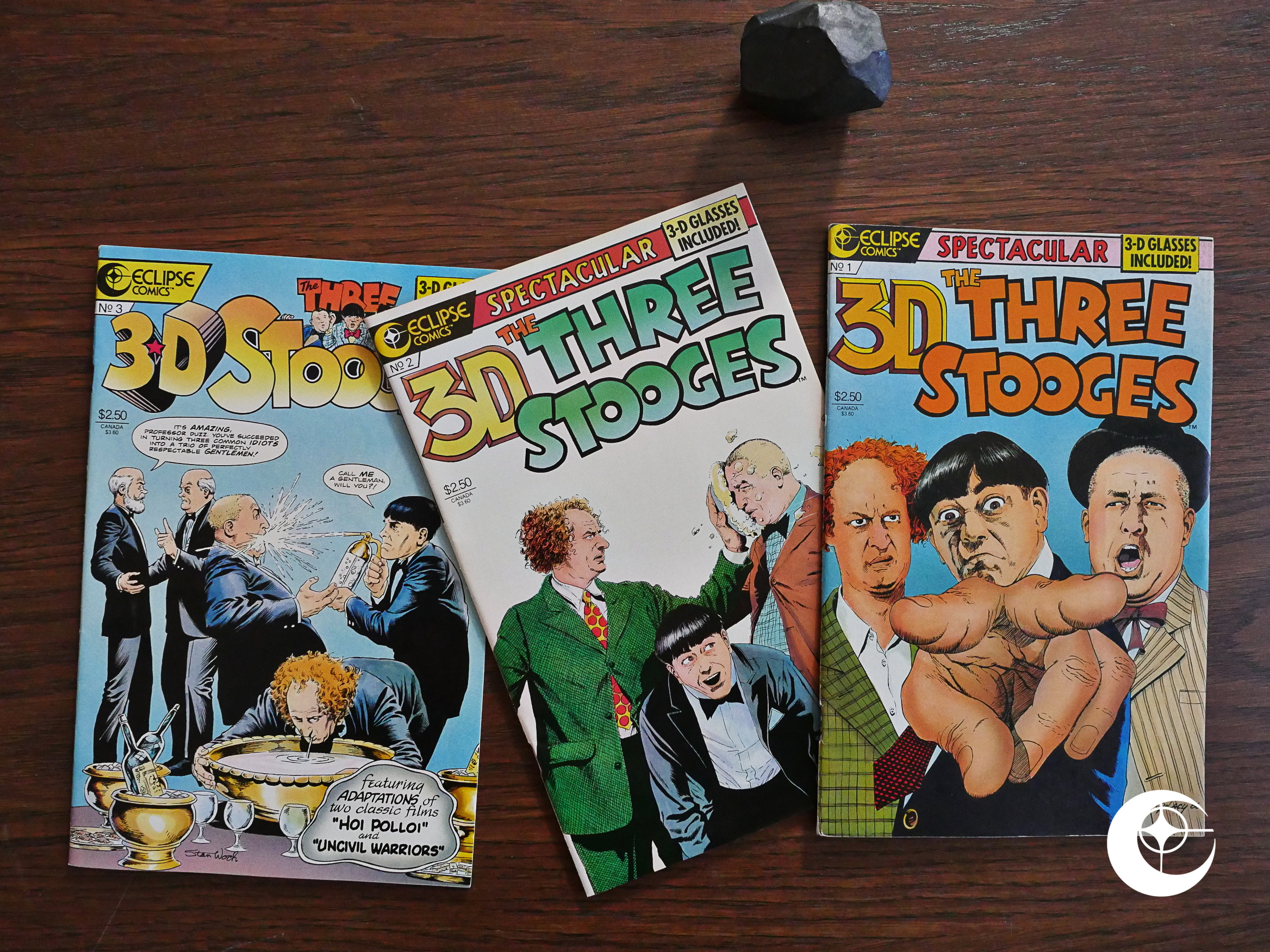 Three-D Three Stooges (1986) #1-3
Three-D Three Stooges (1986) #1-3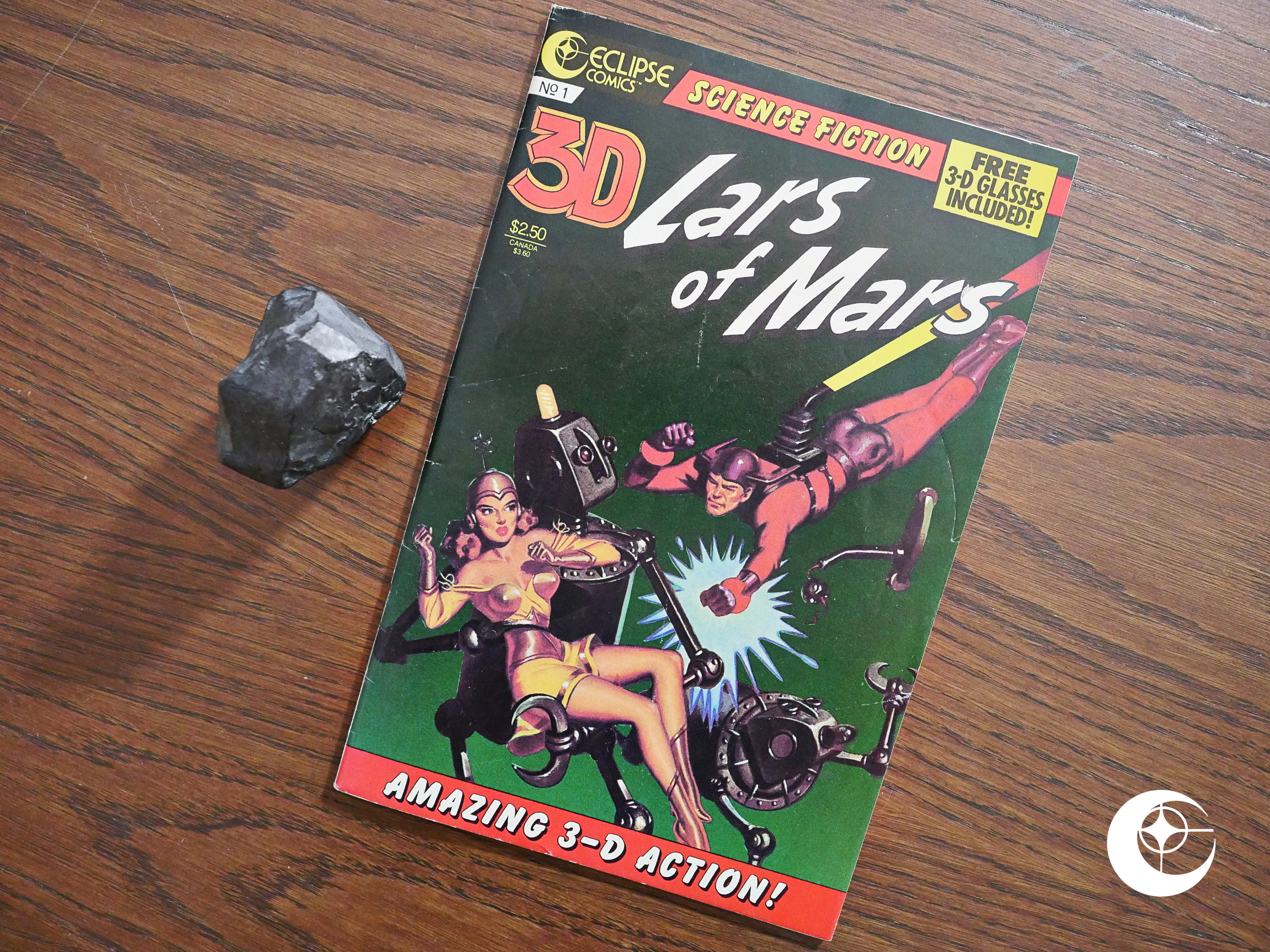 Lars of Mars 3-D (1987) #1
Lars of Mars 3-D (1987) #1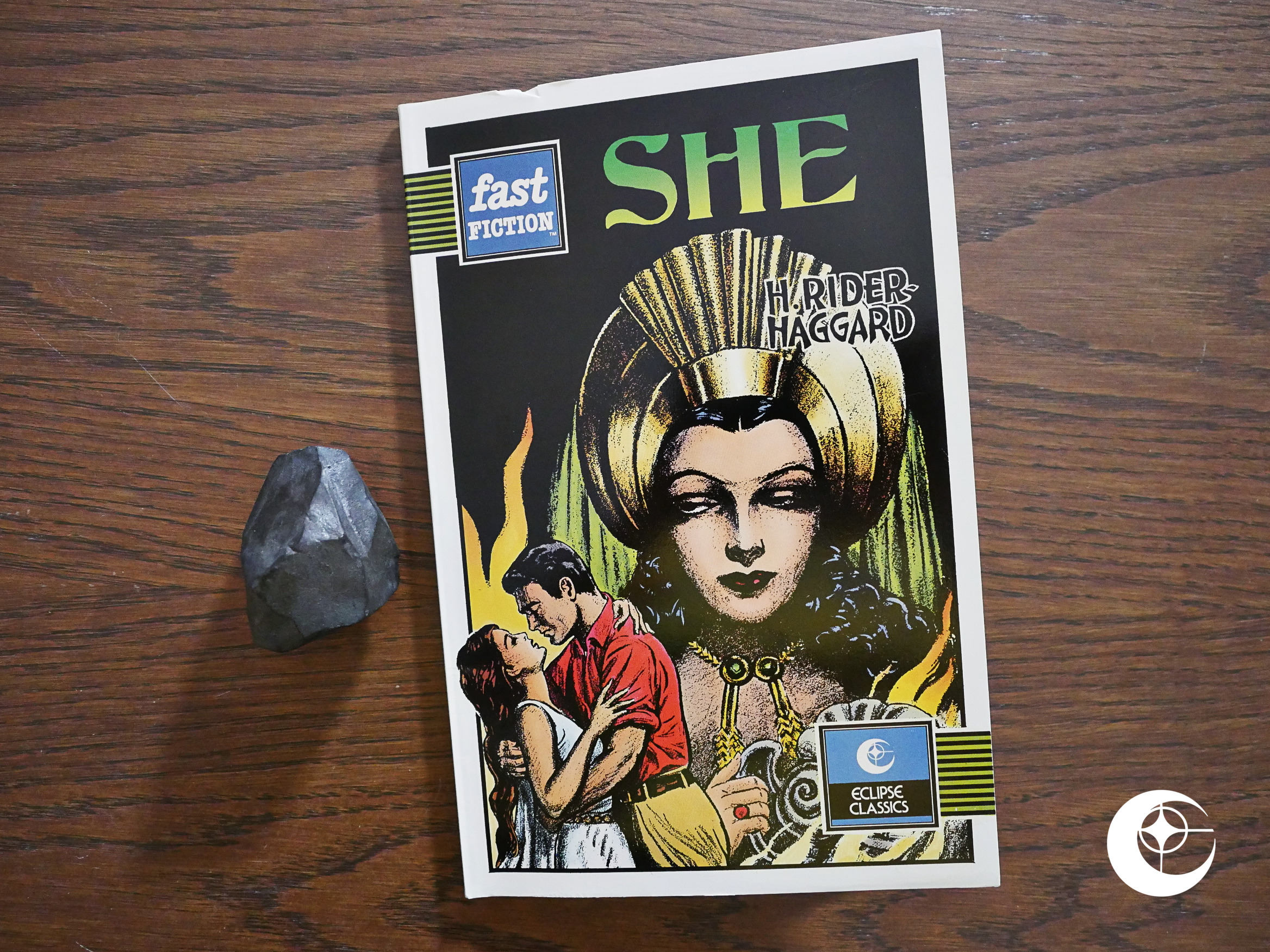 Fast Fiction (She) (1988) #1
Fast Fiction (She) (1988) #1 Real Love: The Best of Simon and Kirby Romance Comics (1988)
Real Love: The Best of Simon and Kirby Romance Comics (1988)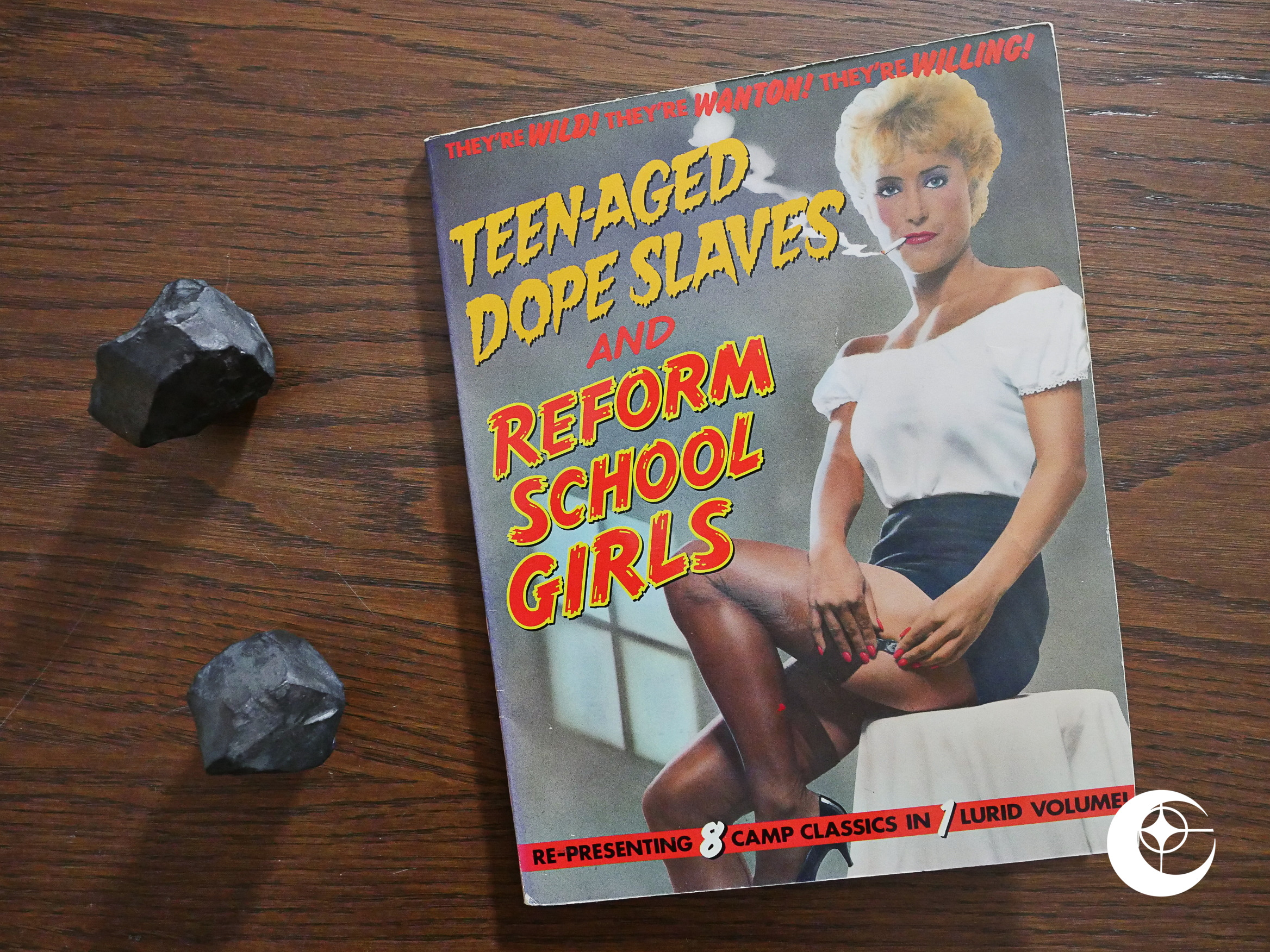 Teen-Aged Dope Slaves and Reform School Girls (1989)
Teen-Aged Dope Slaves and Reform School Girls (1989)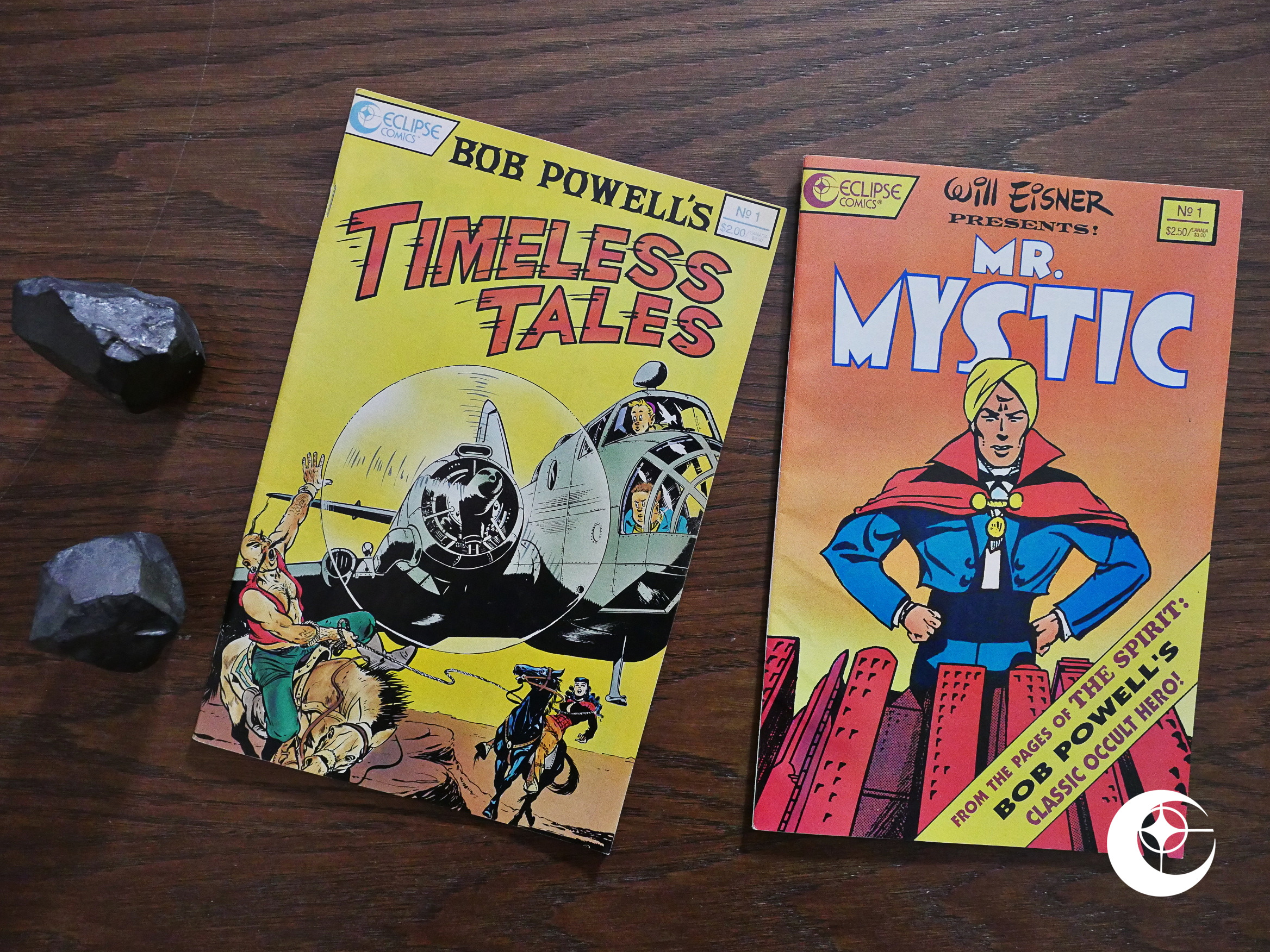 Bob Powell’s Timeless Tales (1989) #1
Bob Powell’s Timeless Tales (1989) #1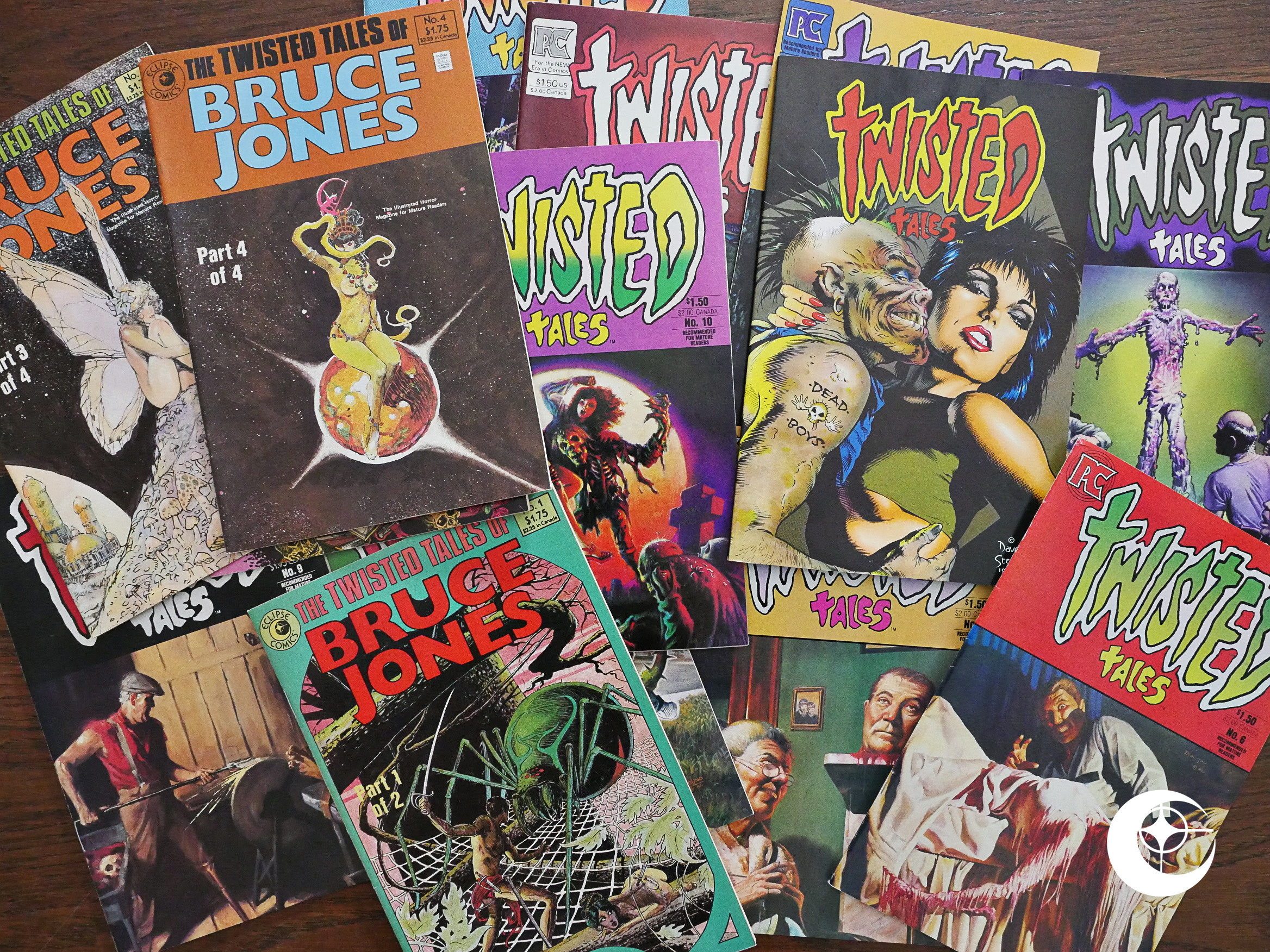
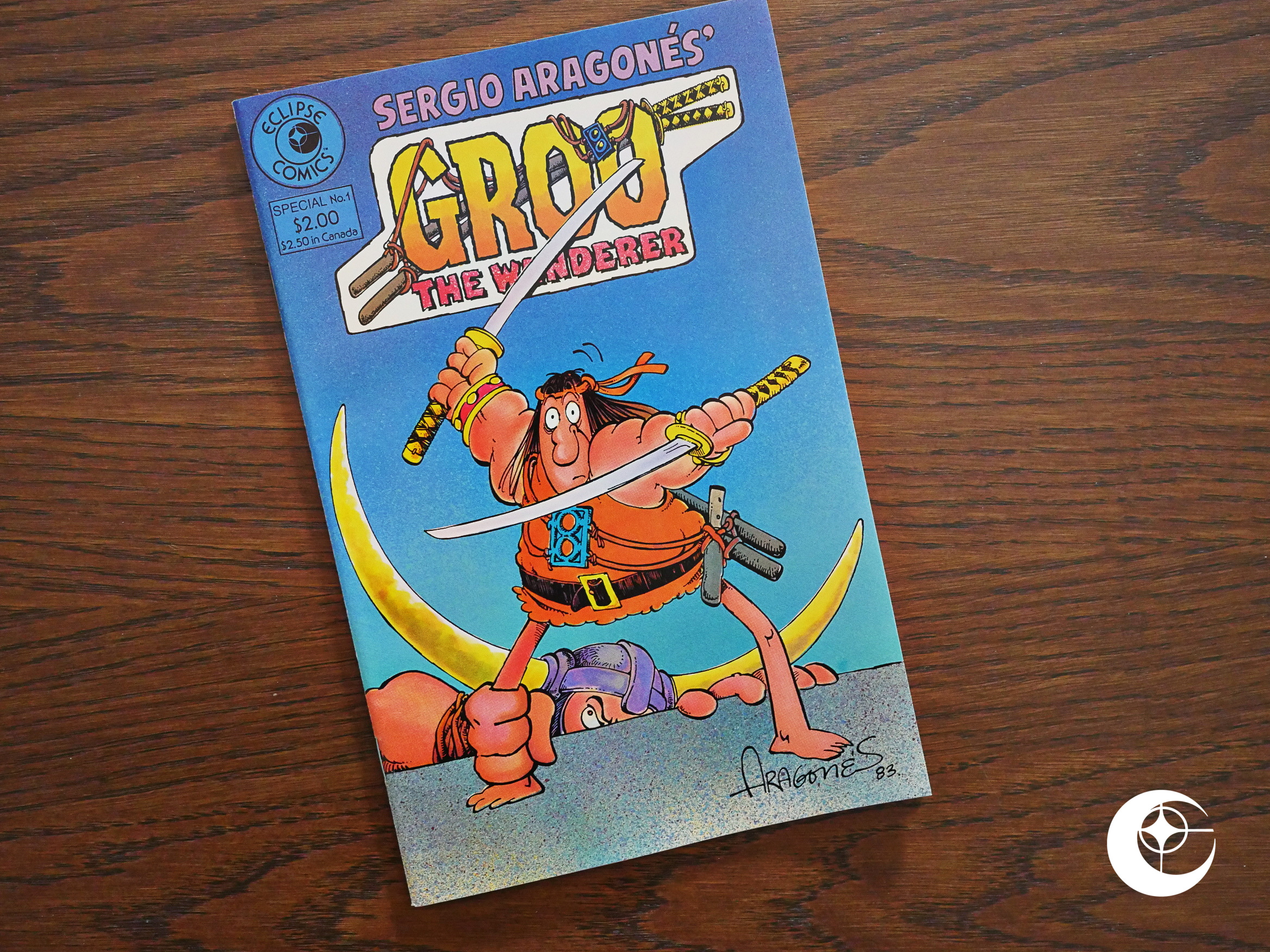
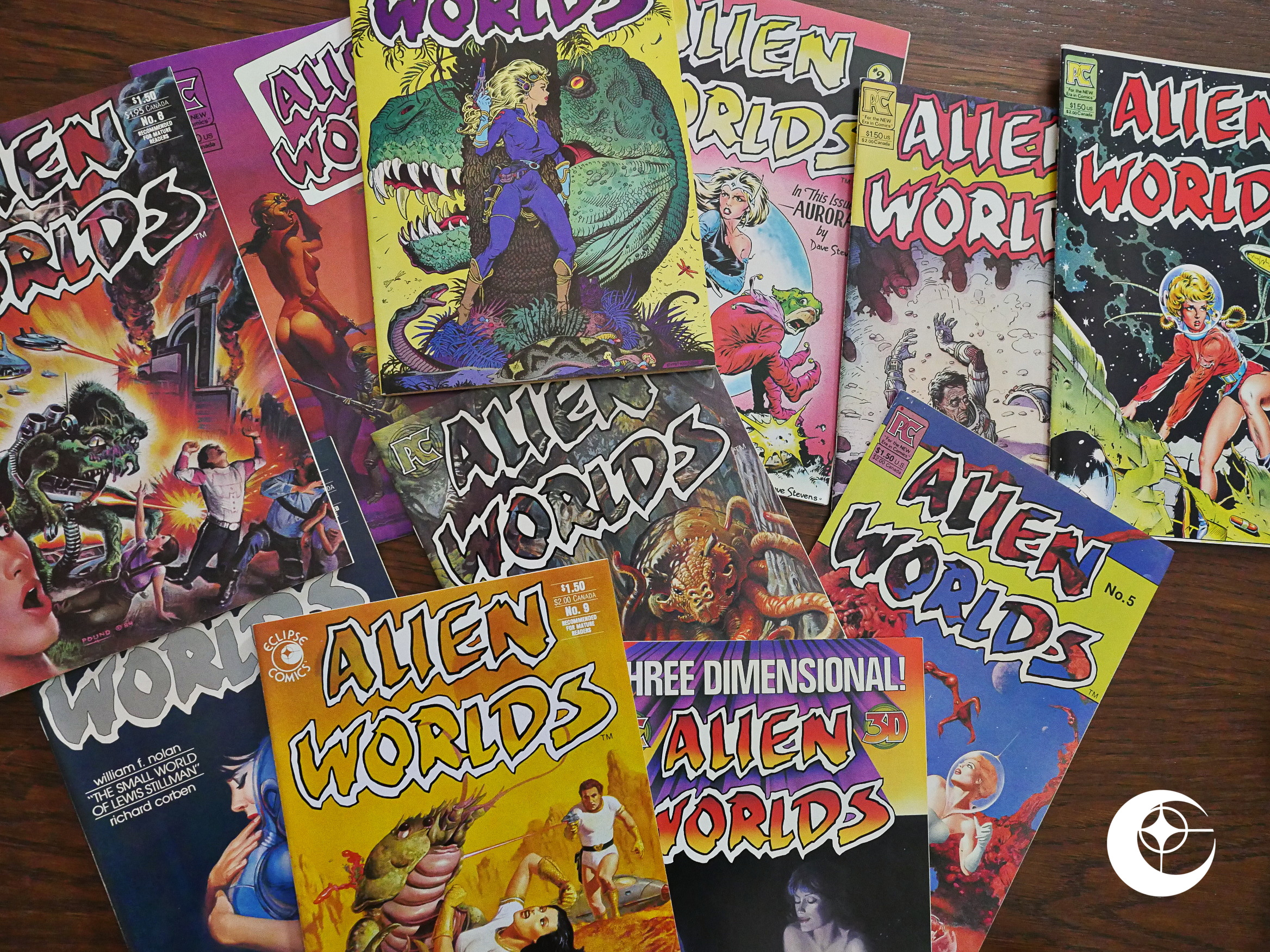
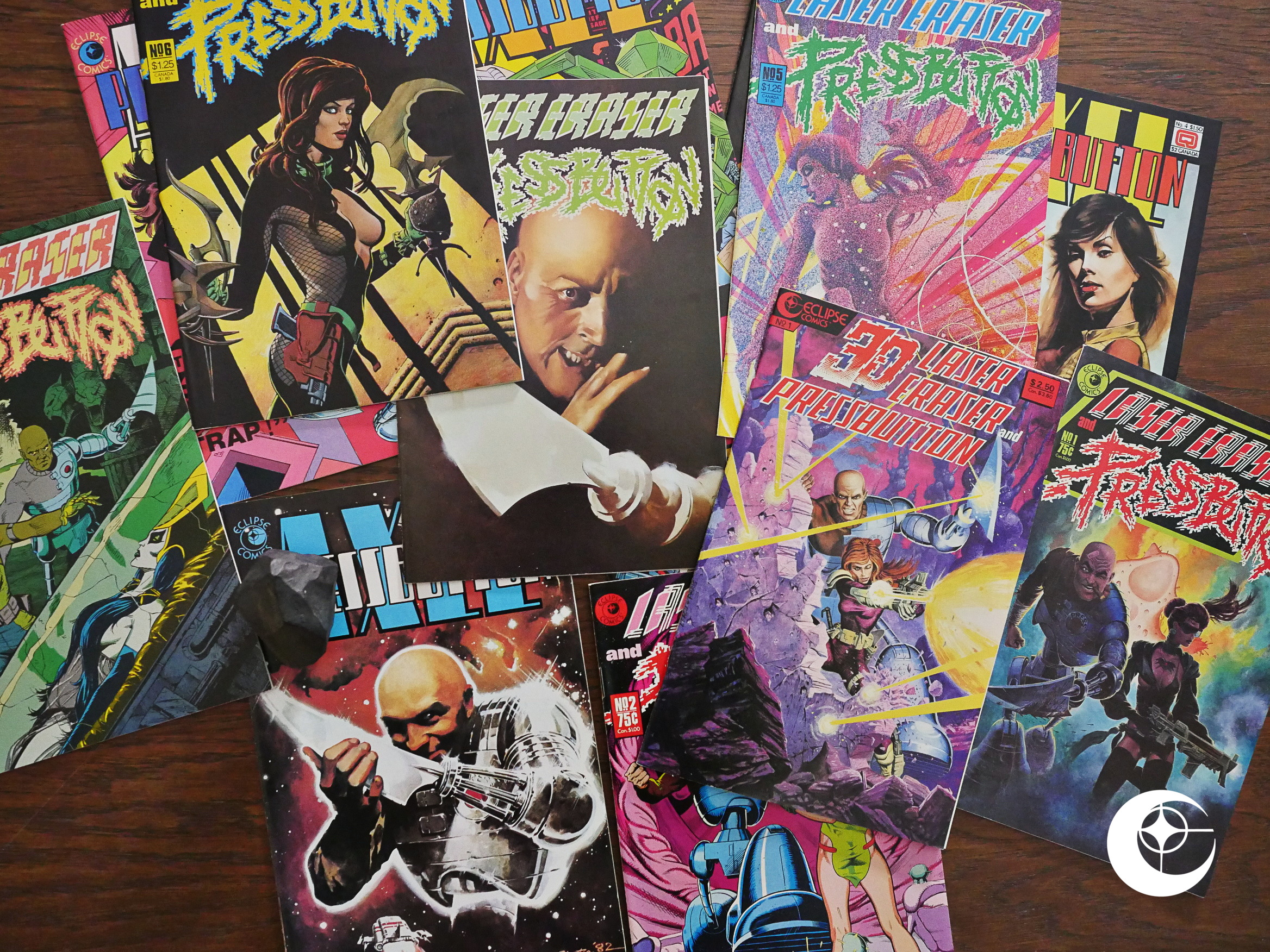
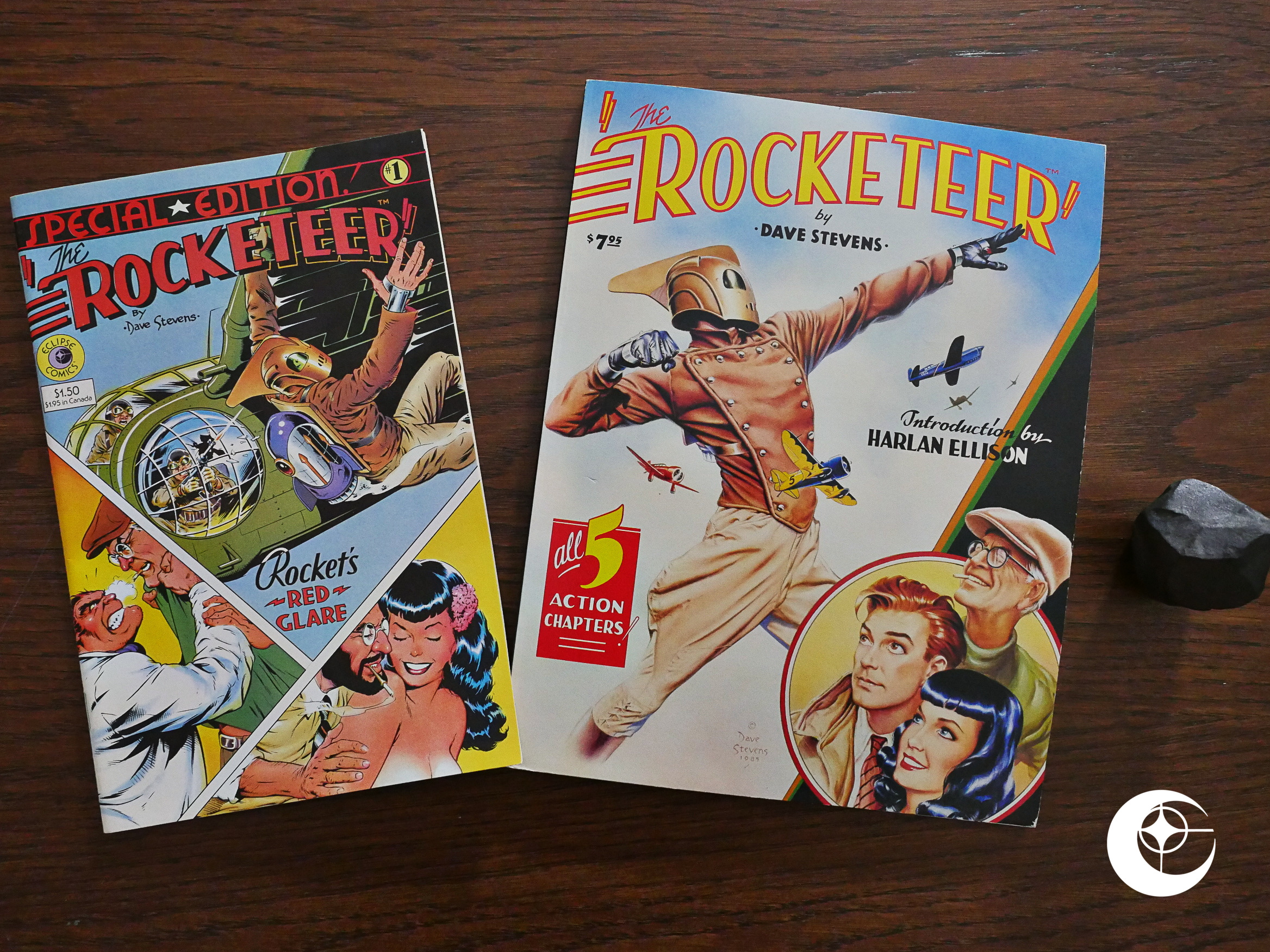
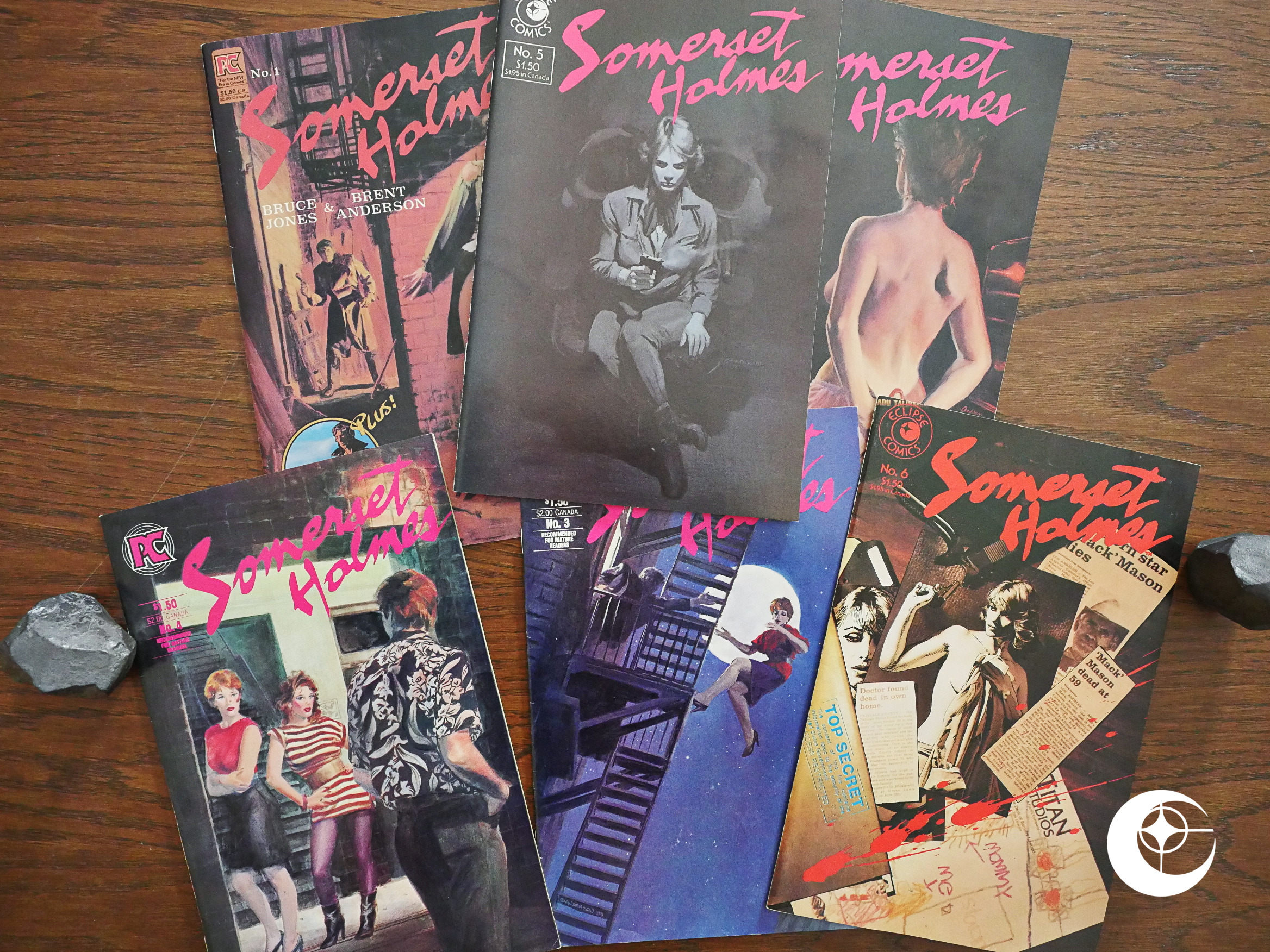
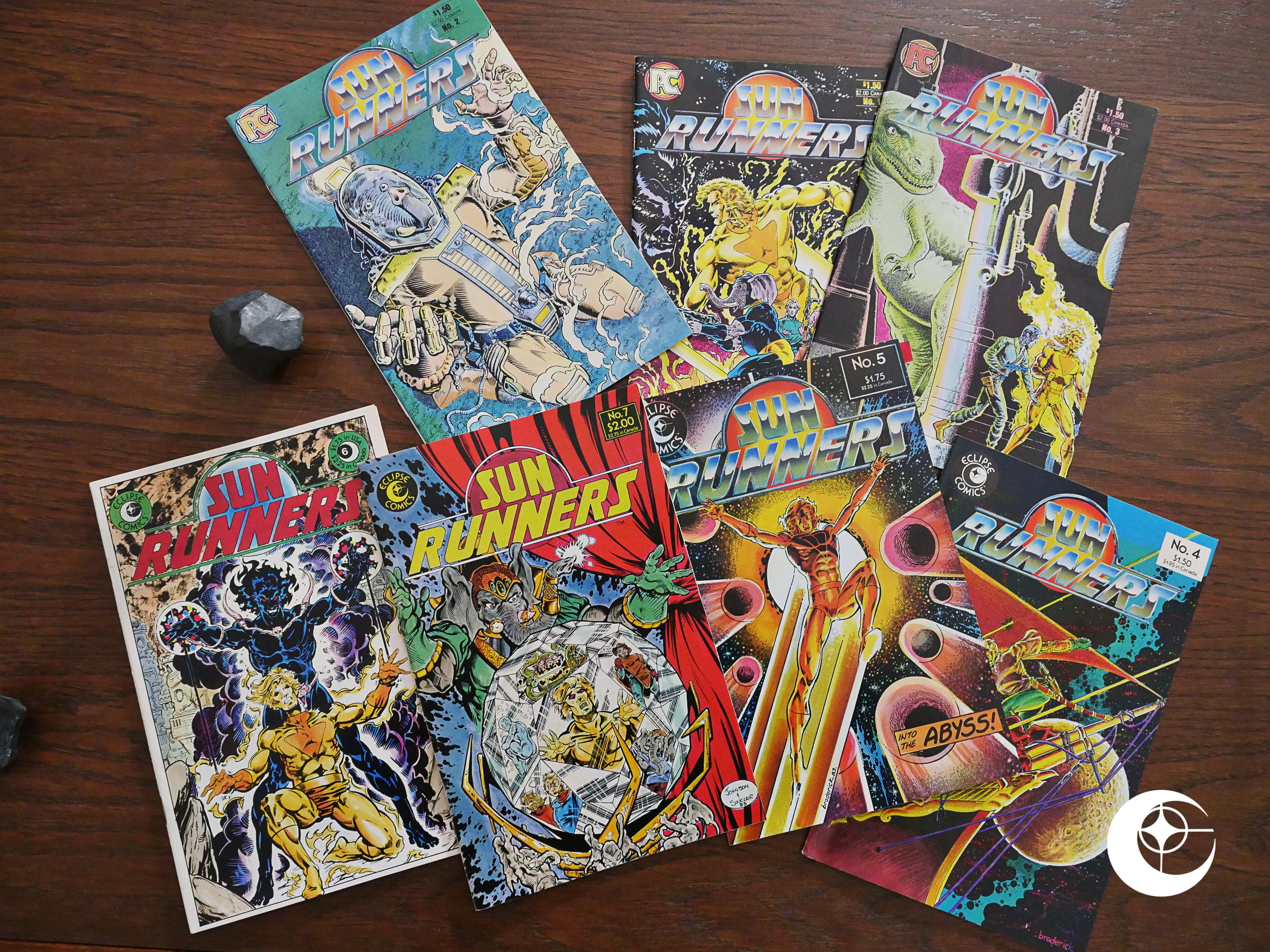
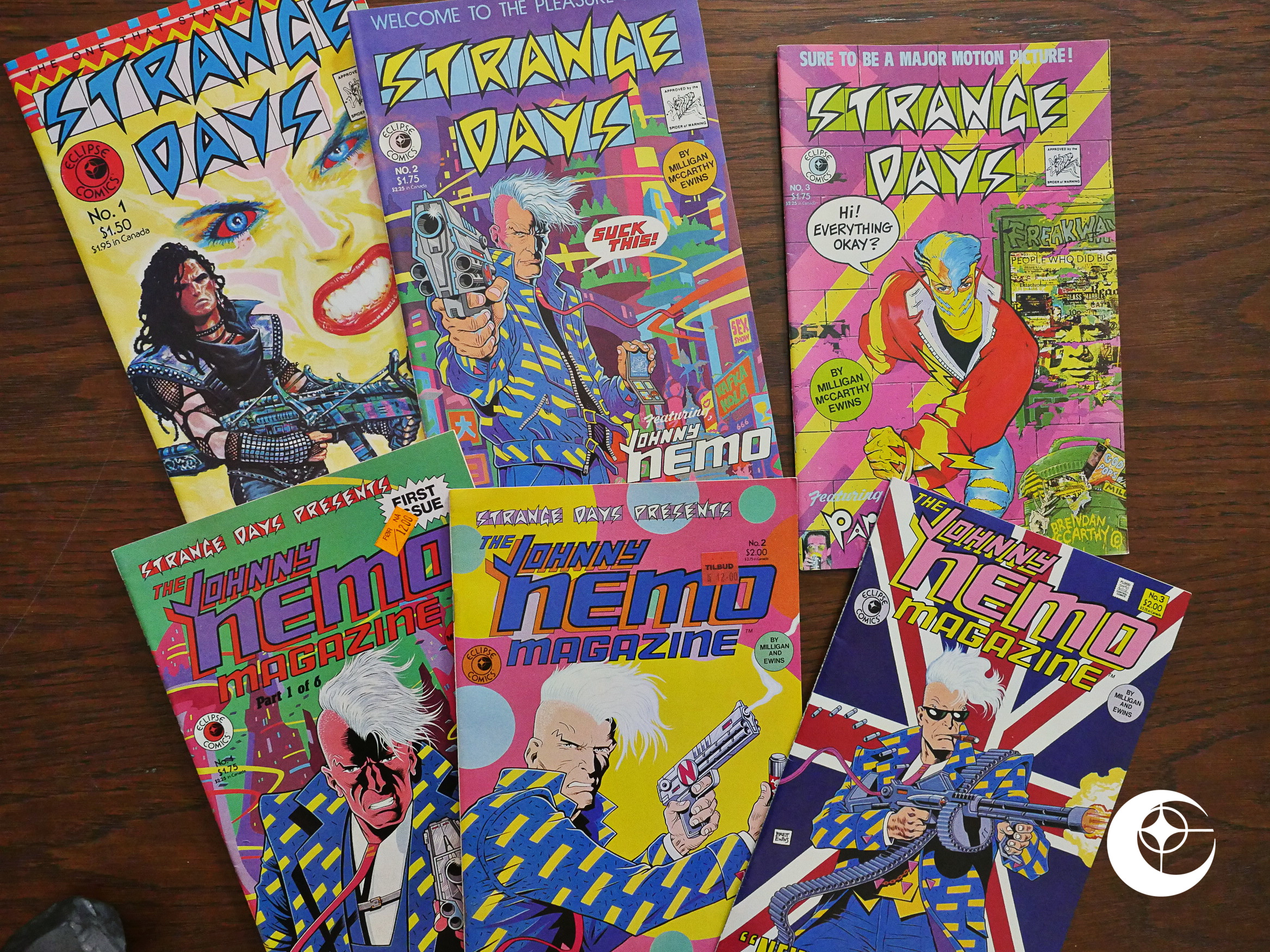
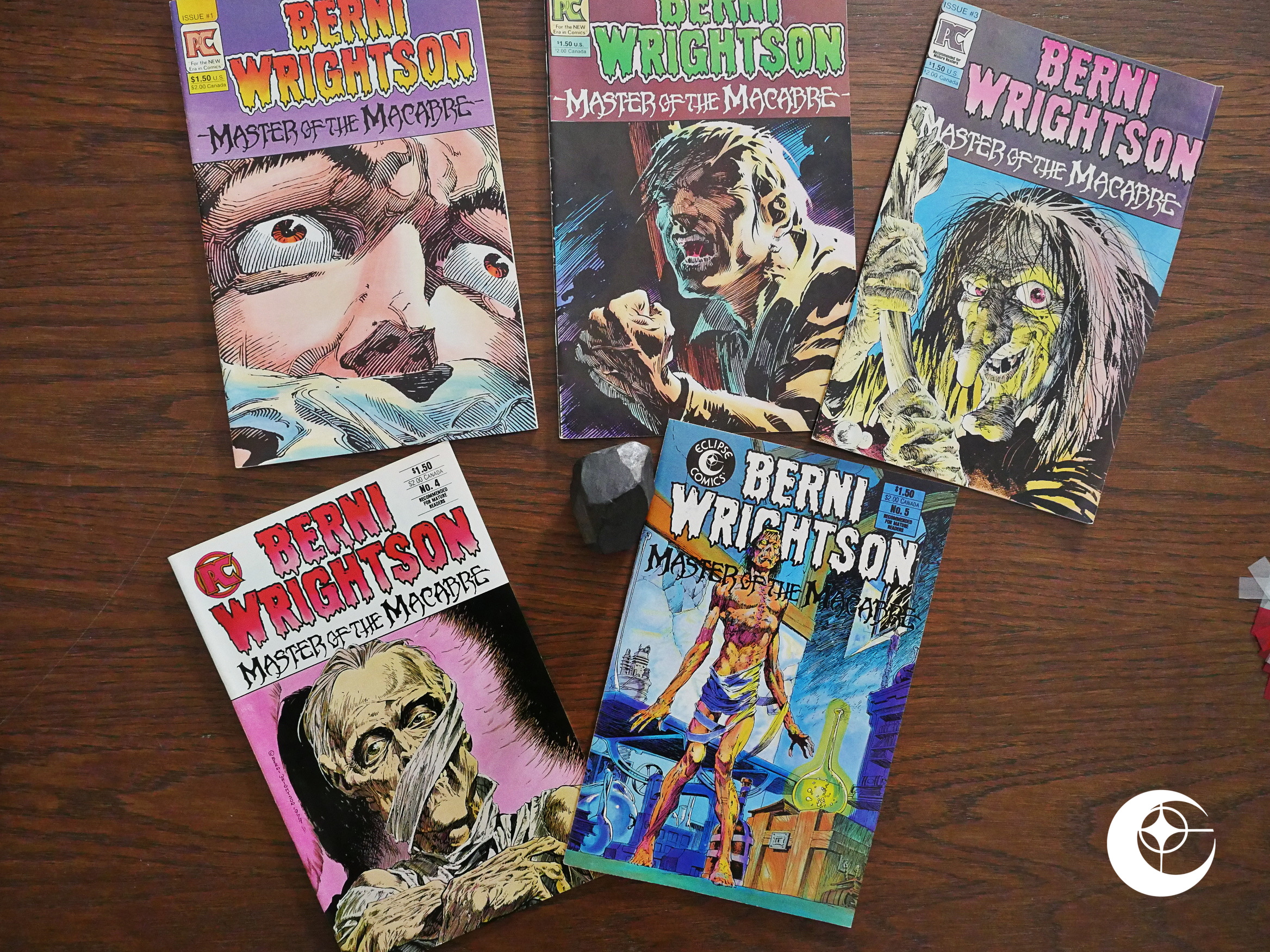
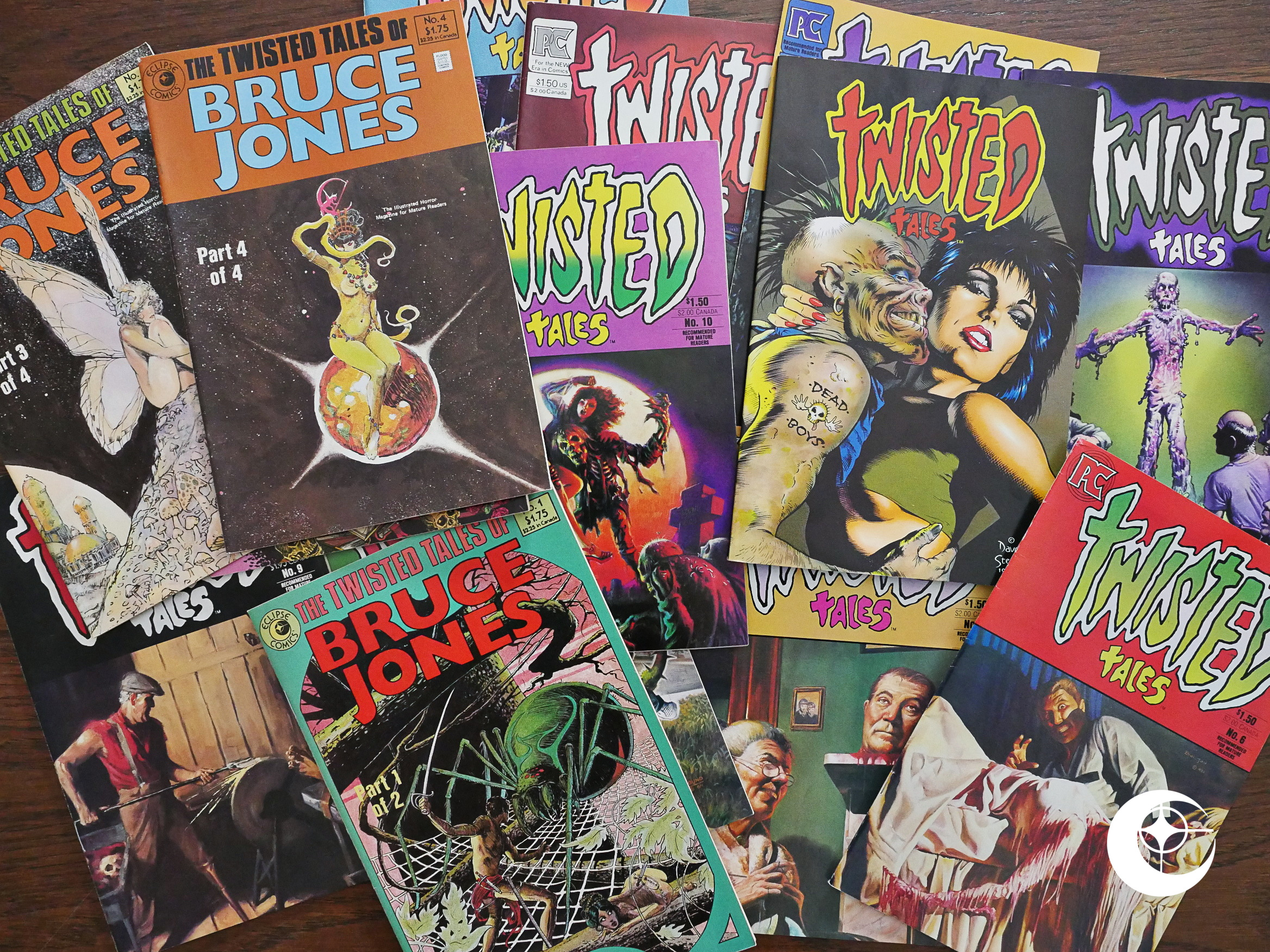
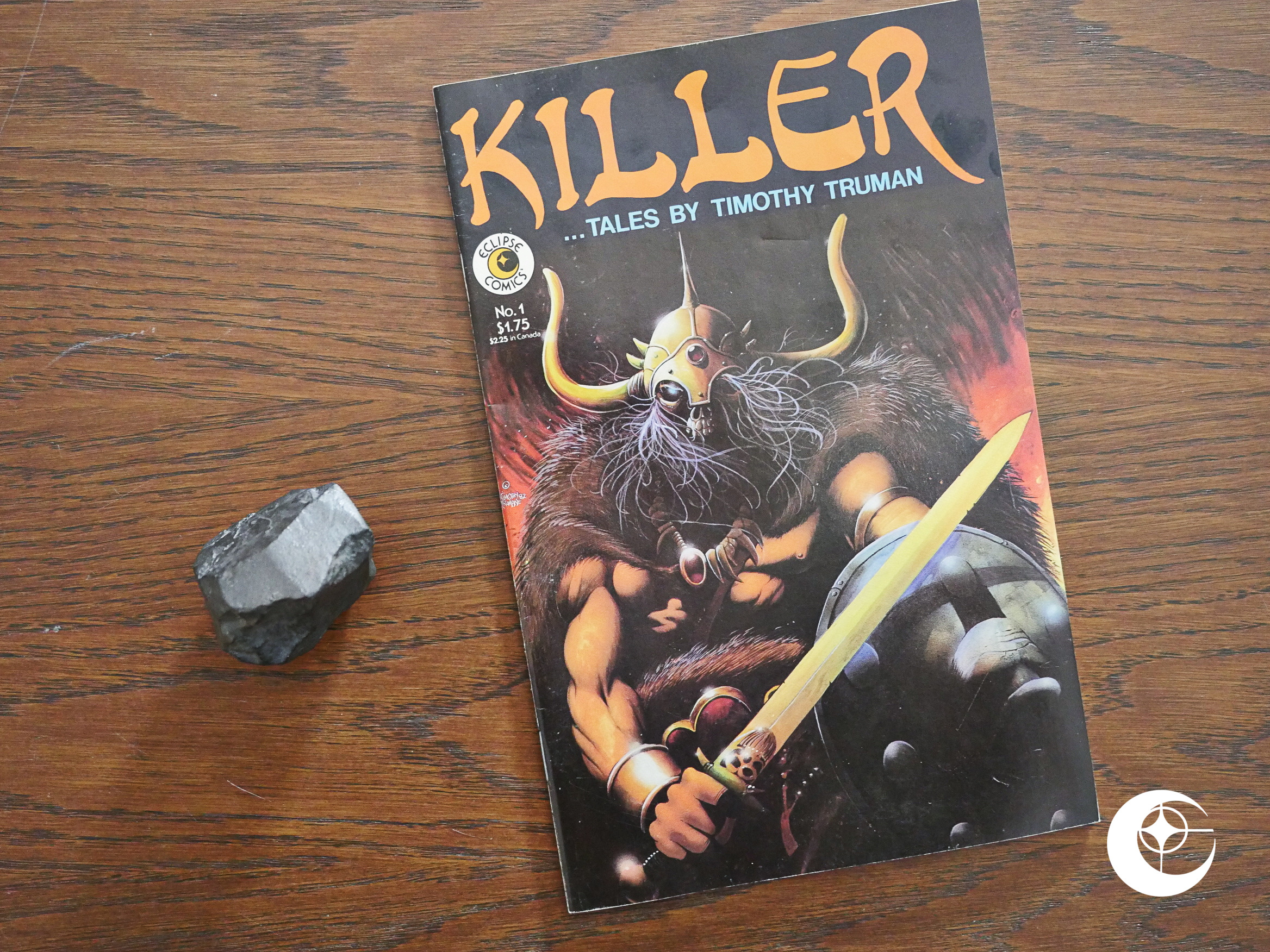
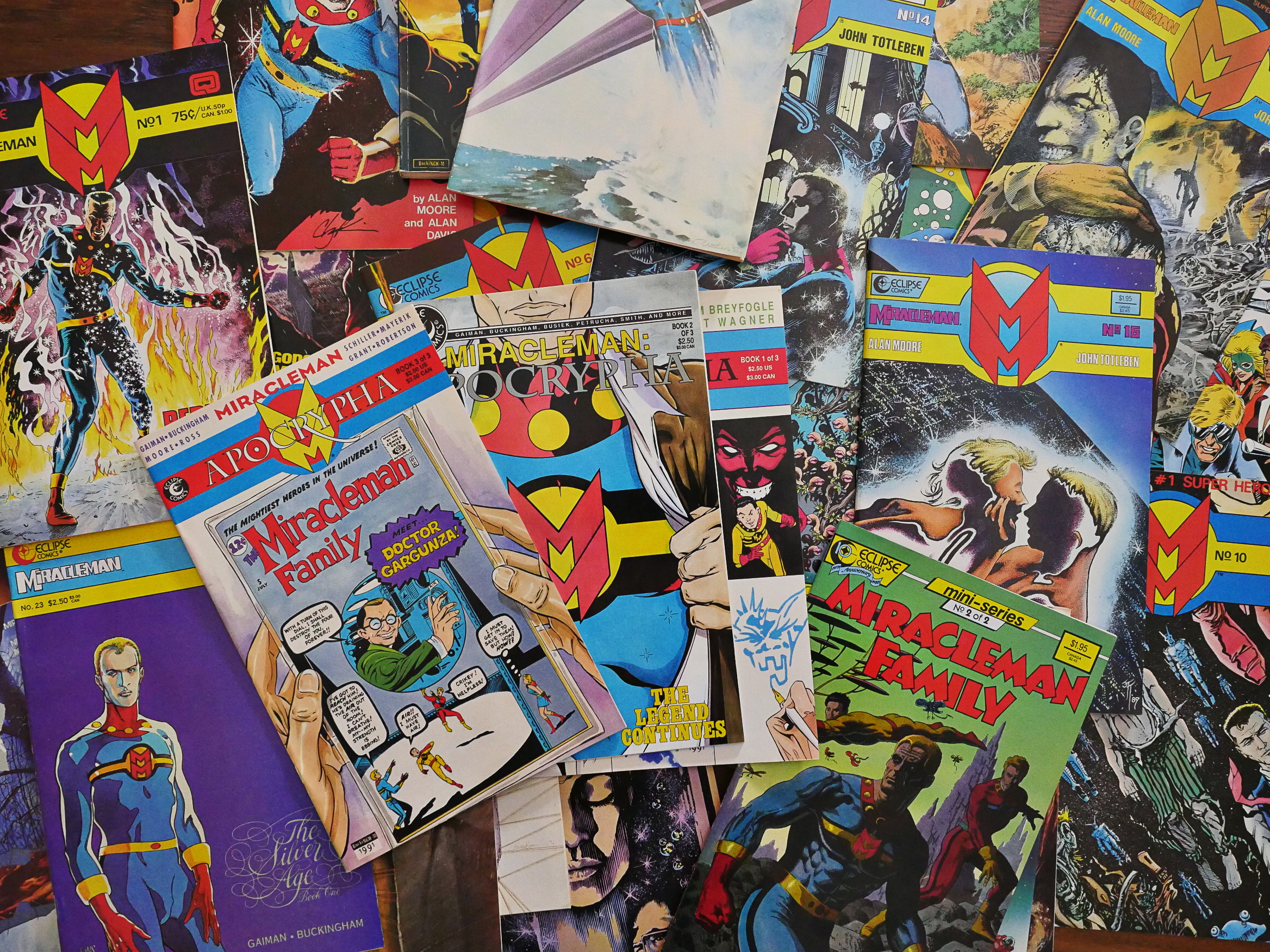
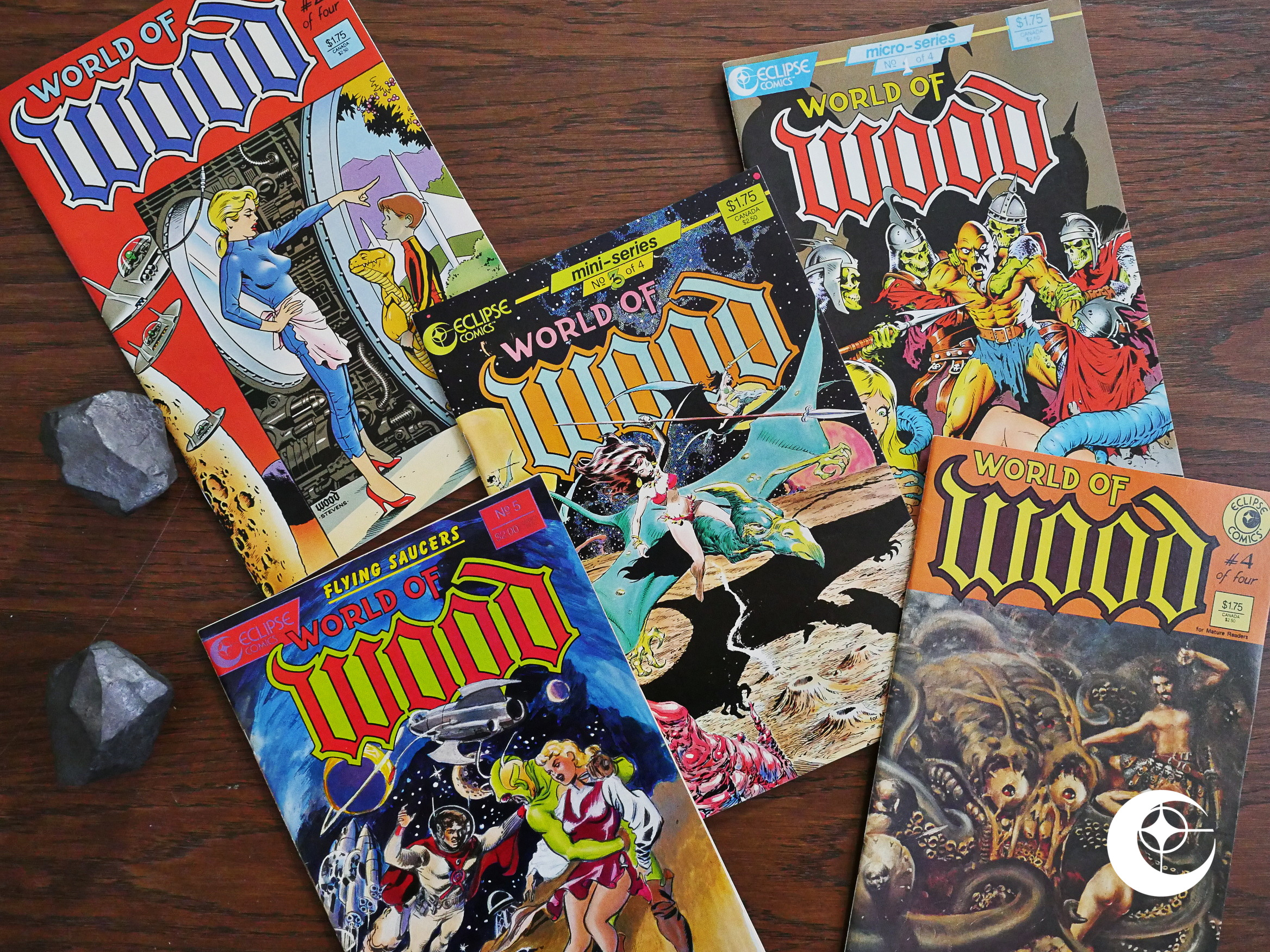
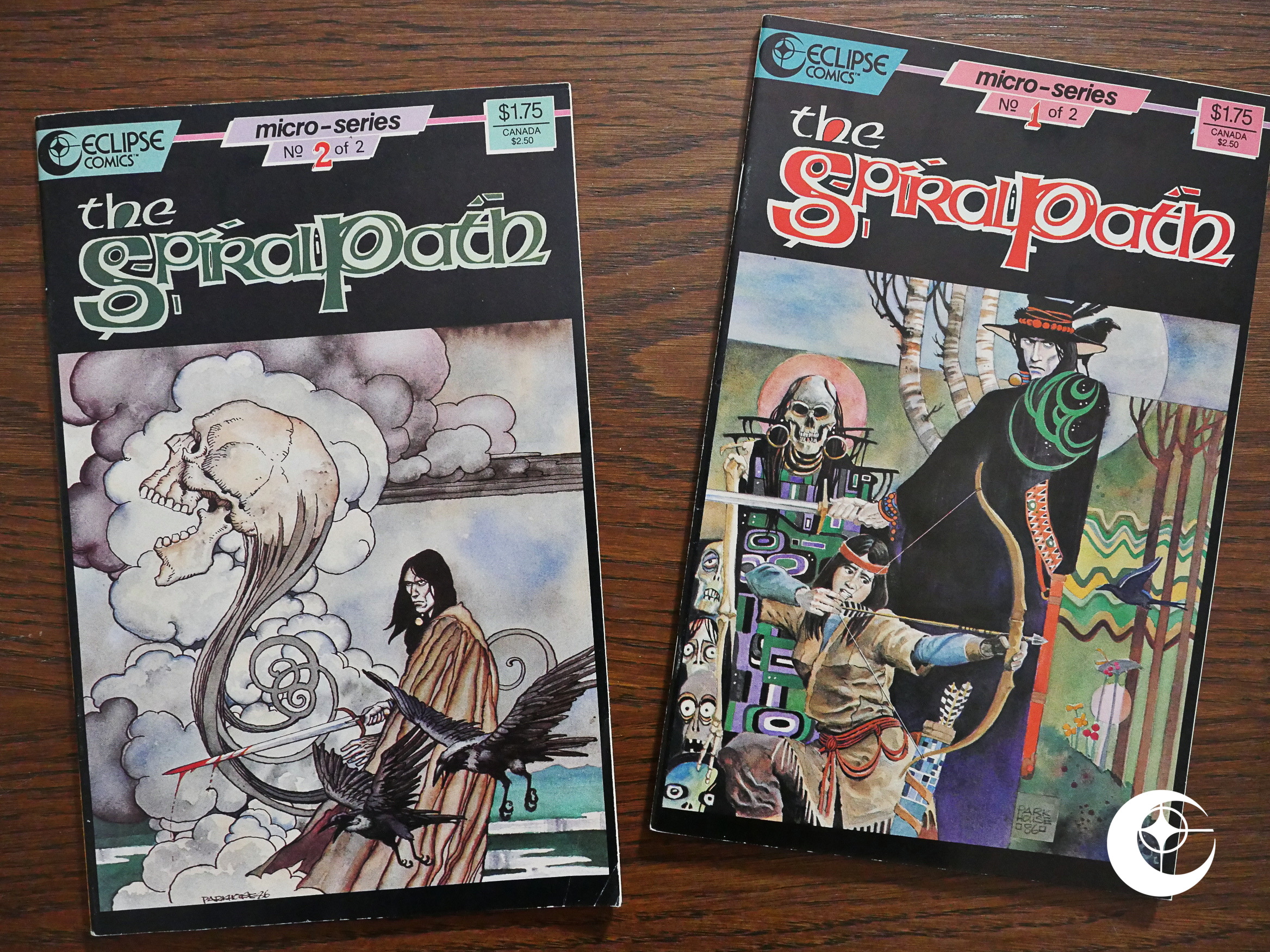
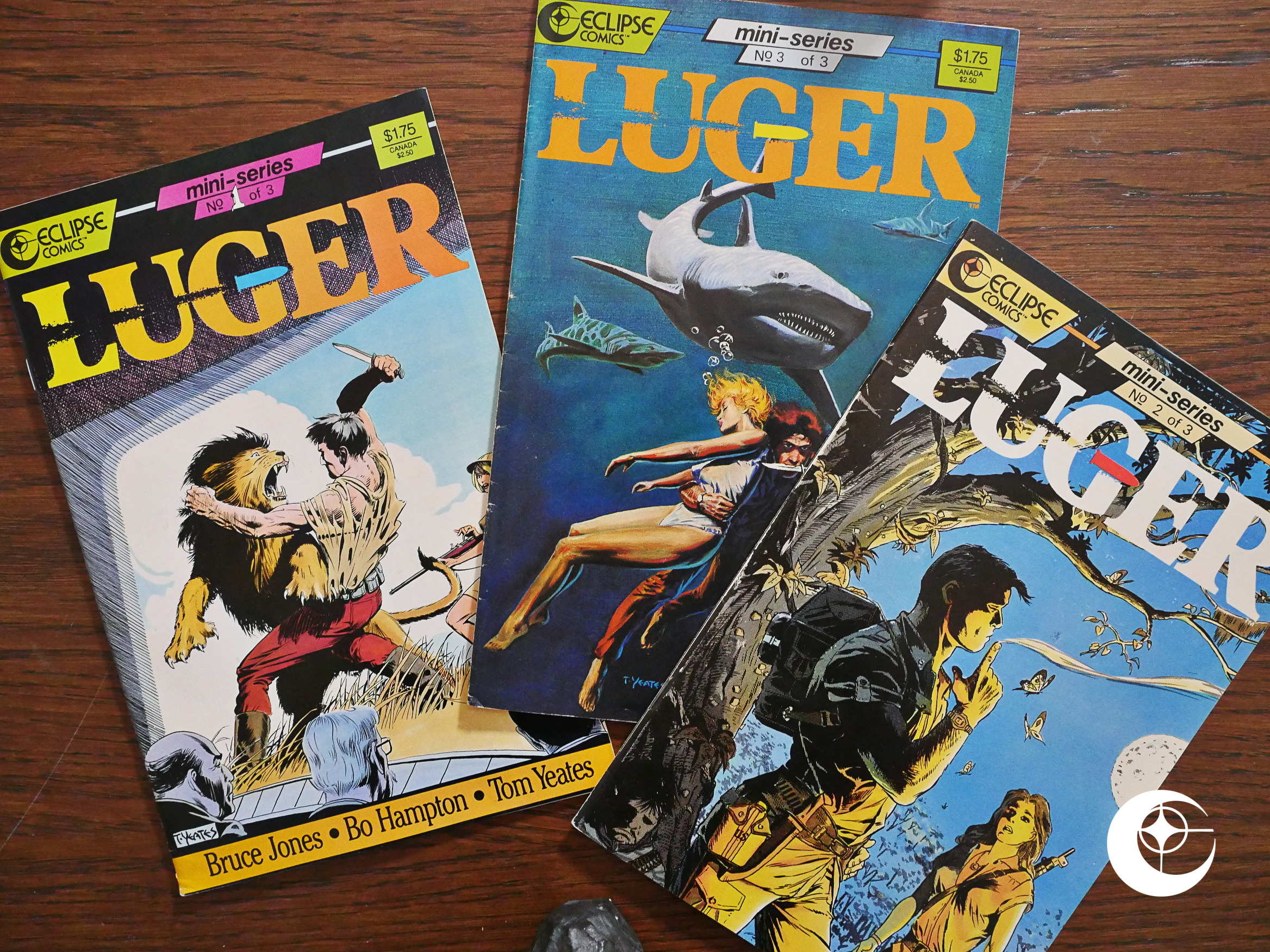
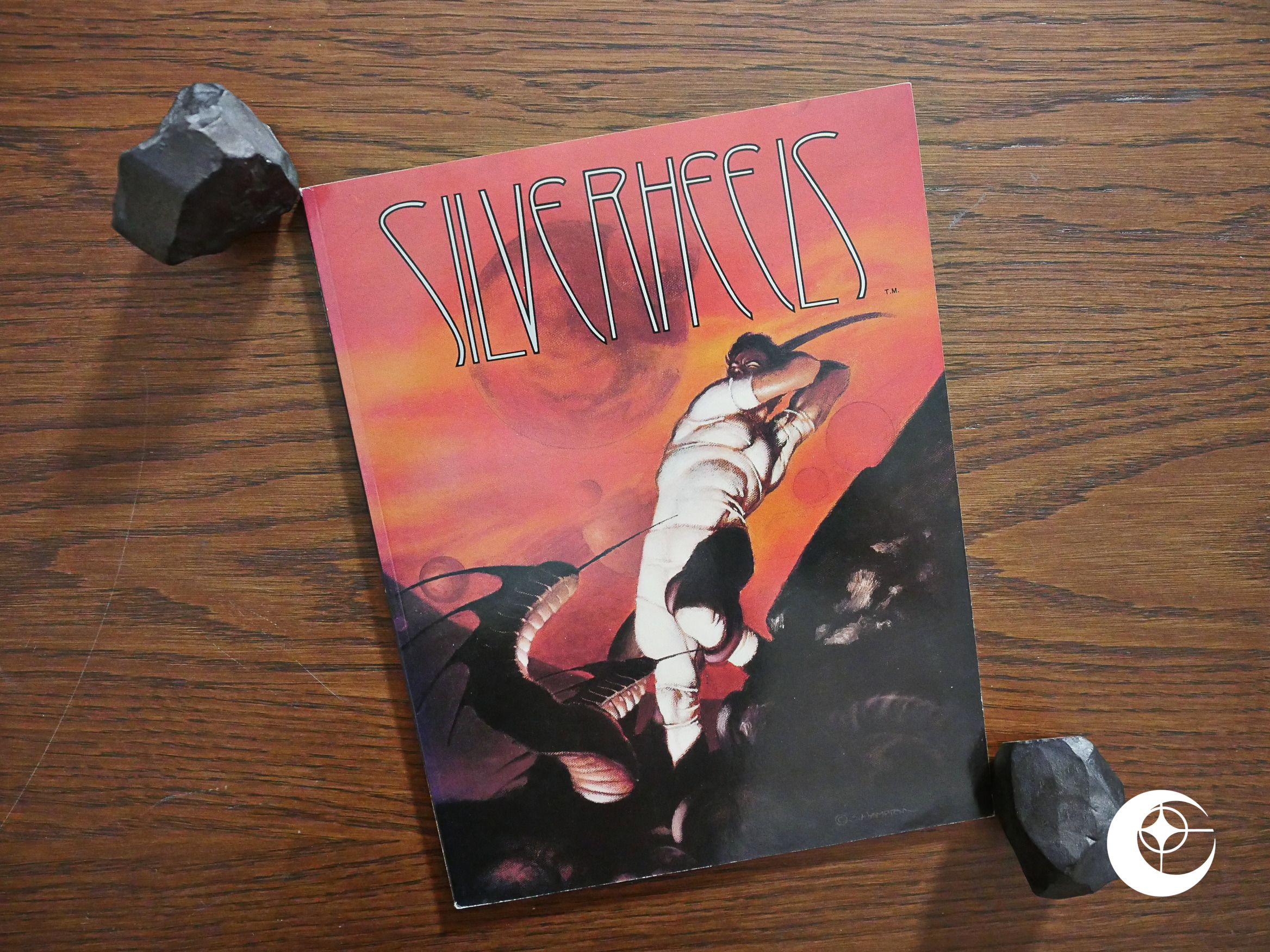

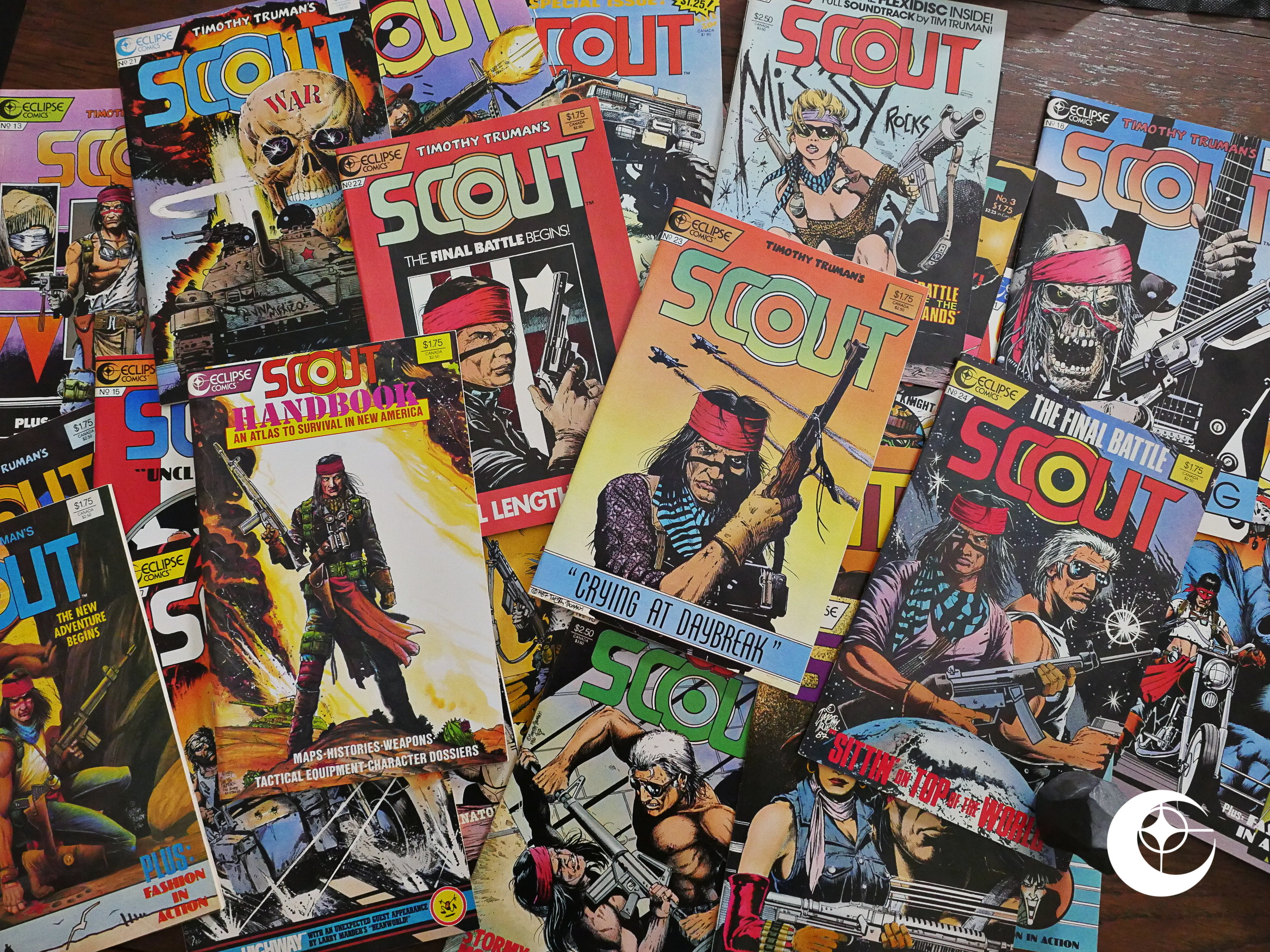
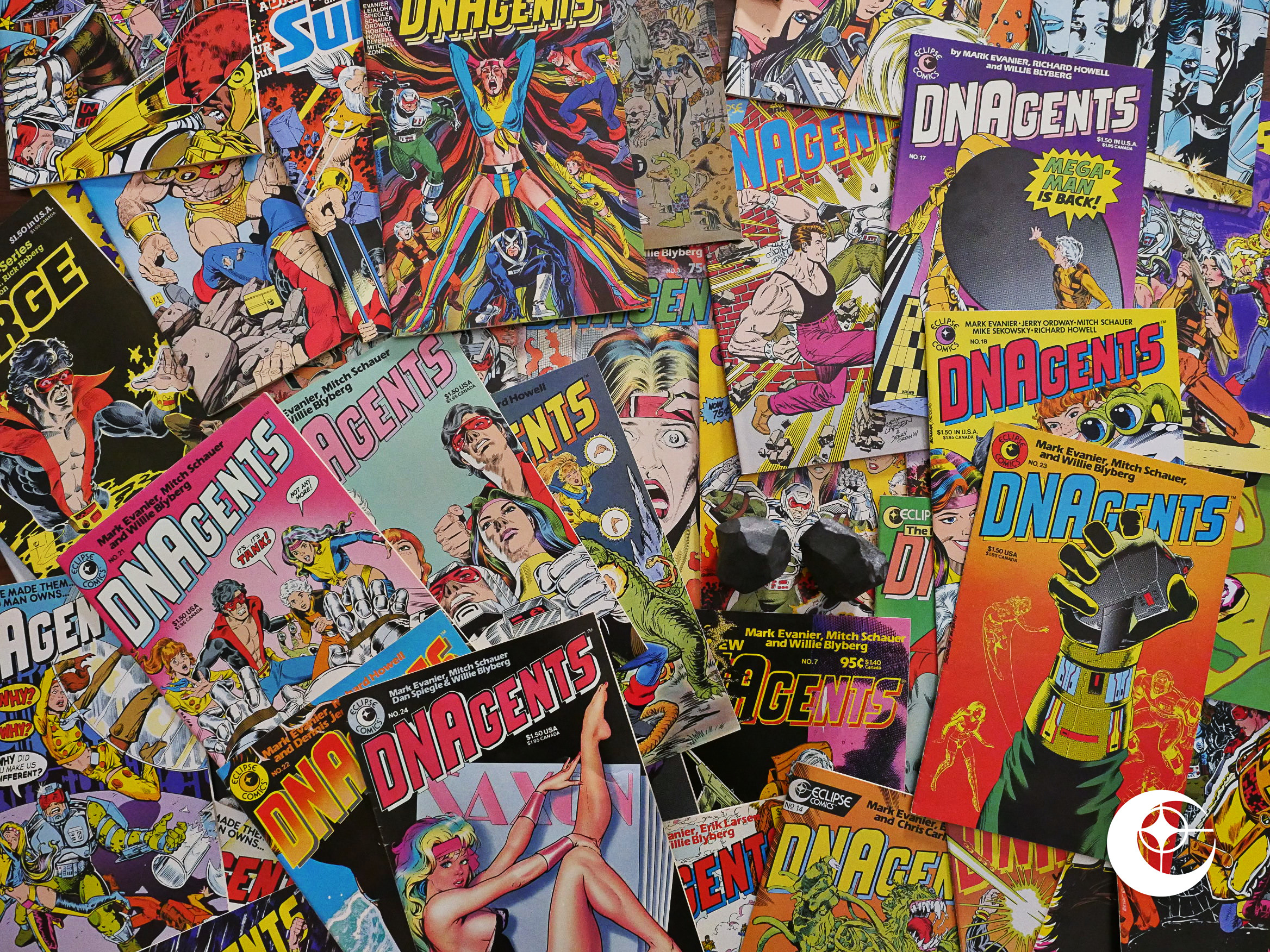
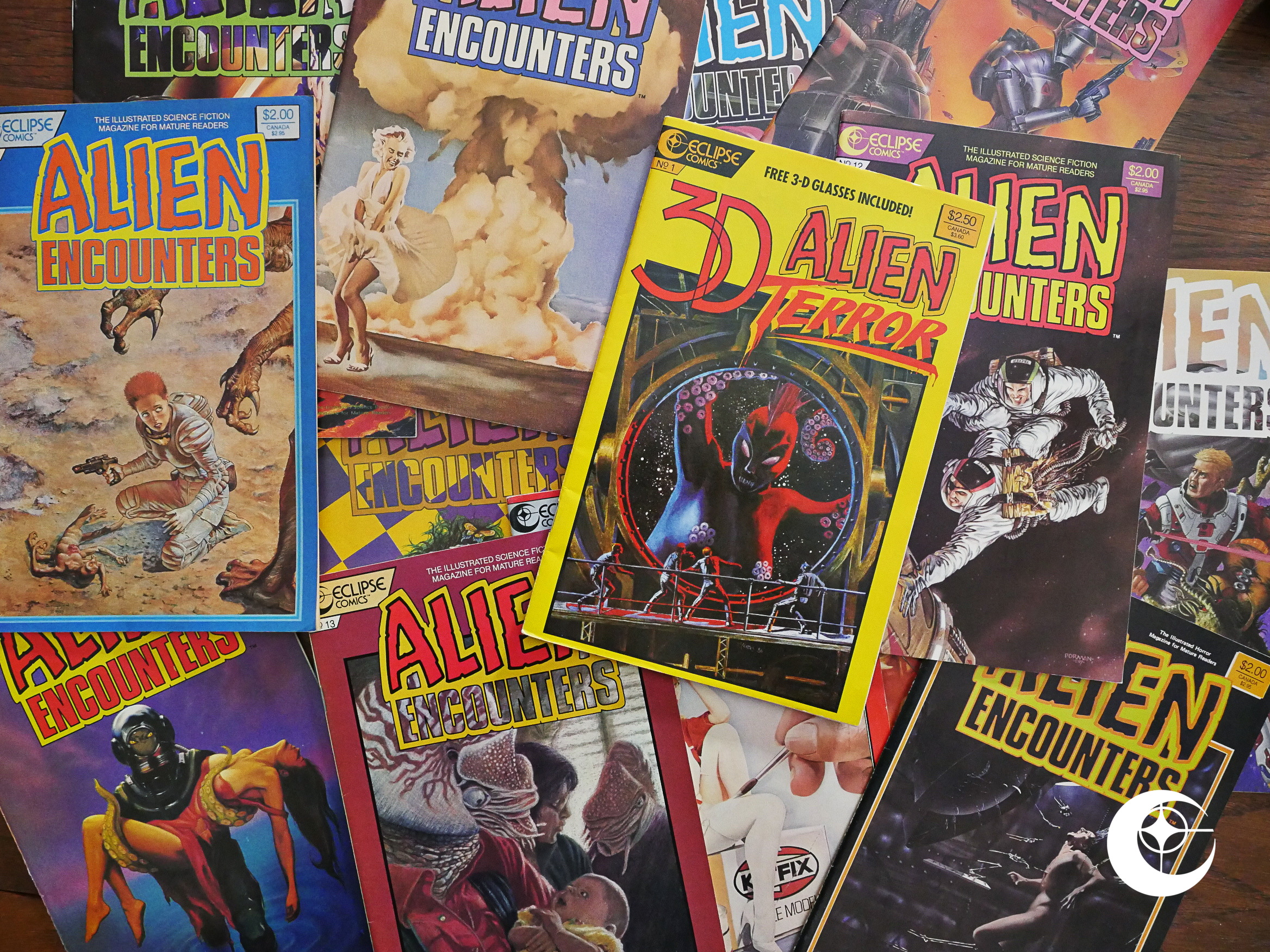
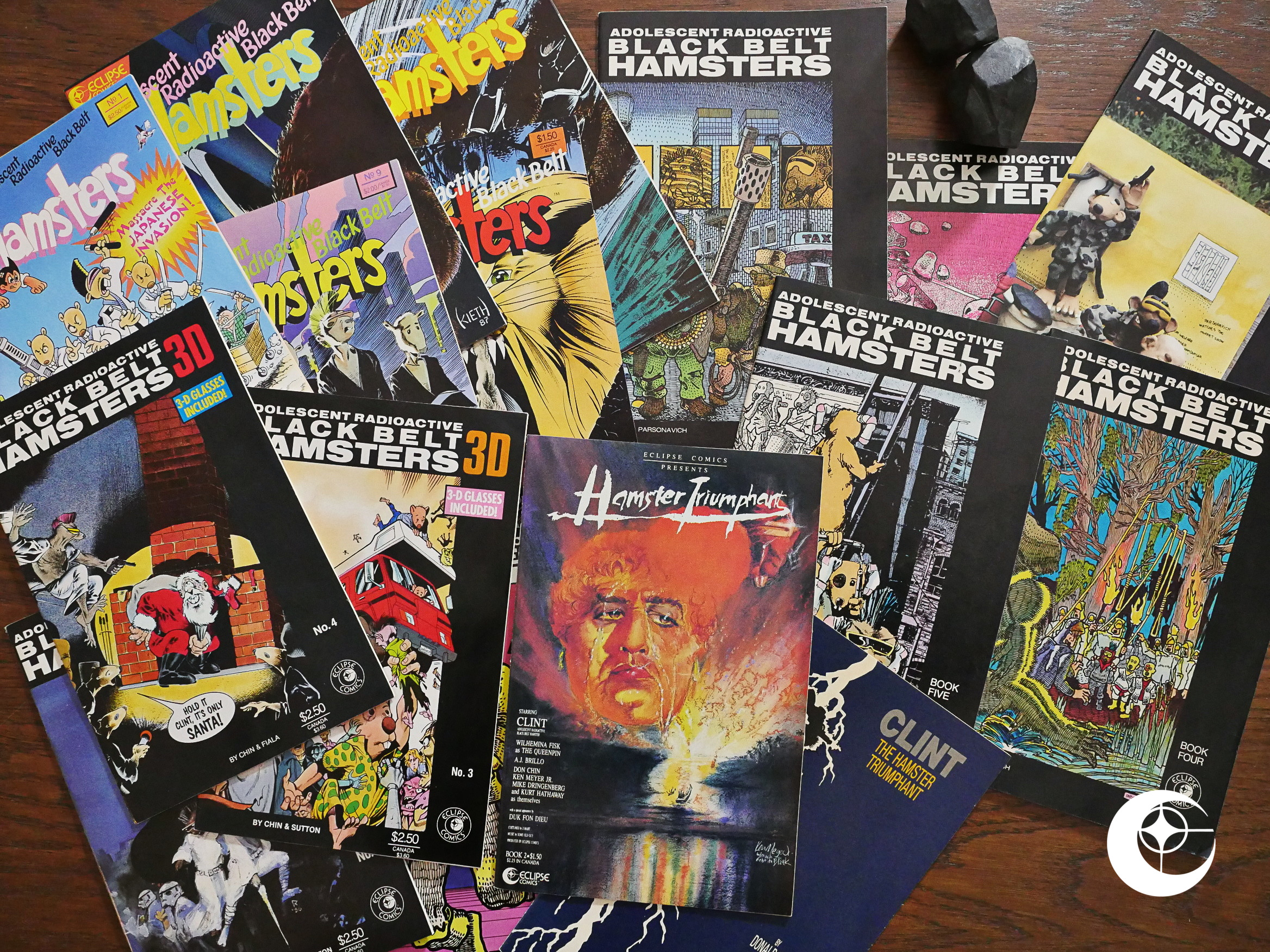
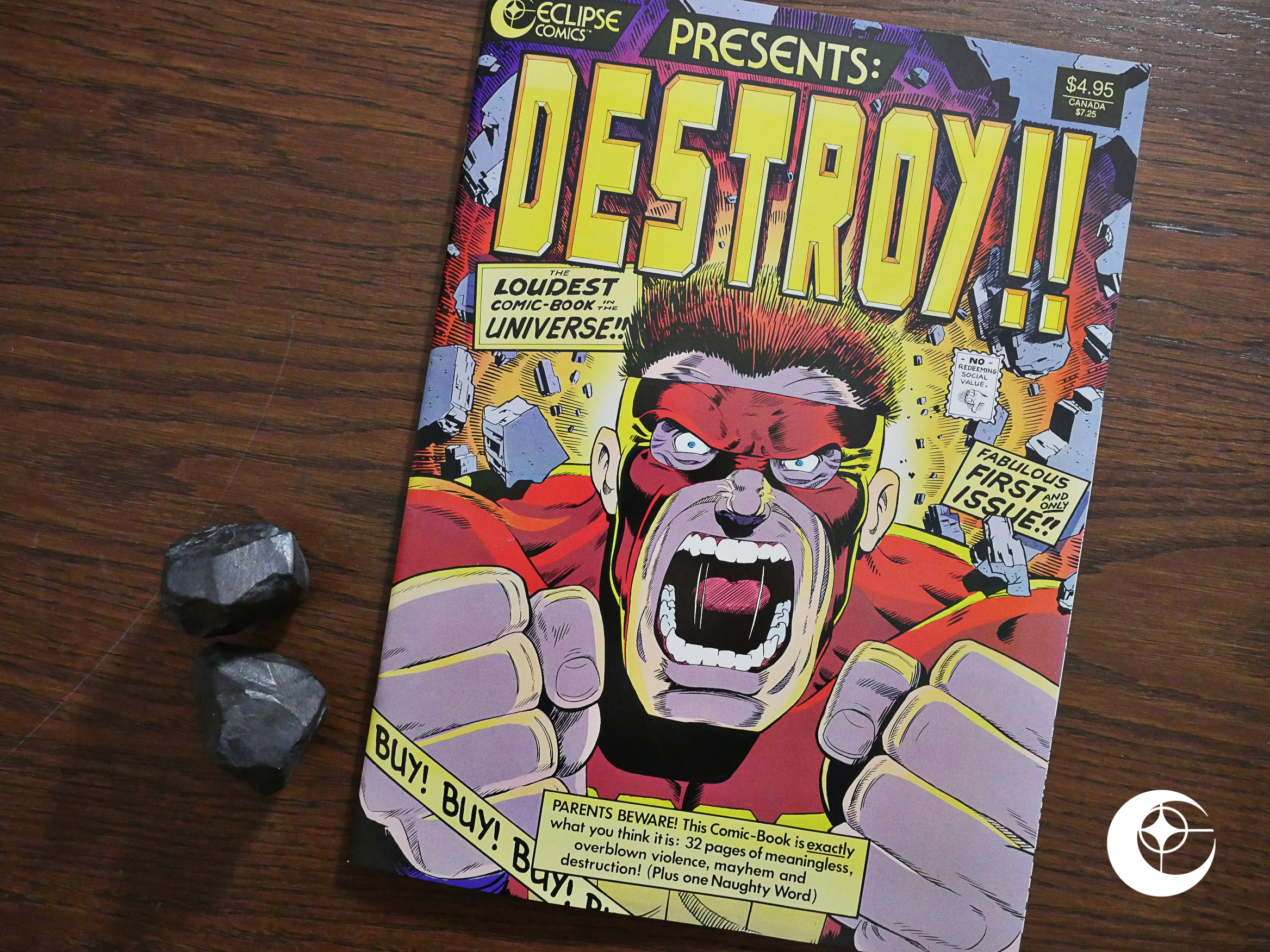
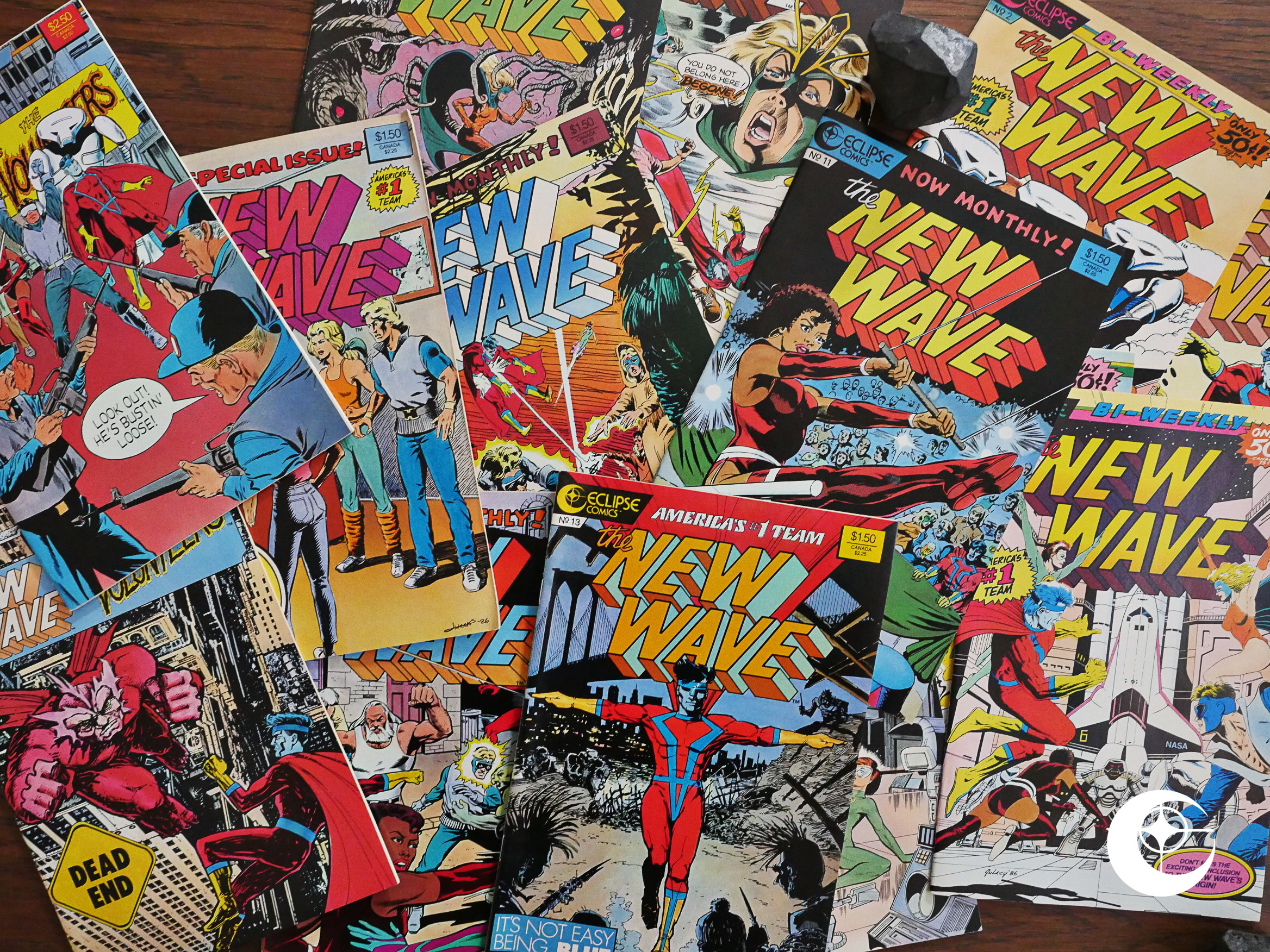
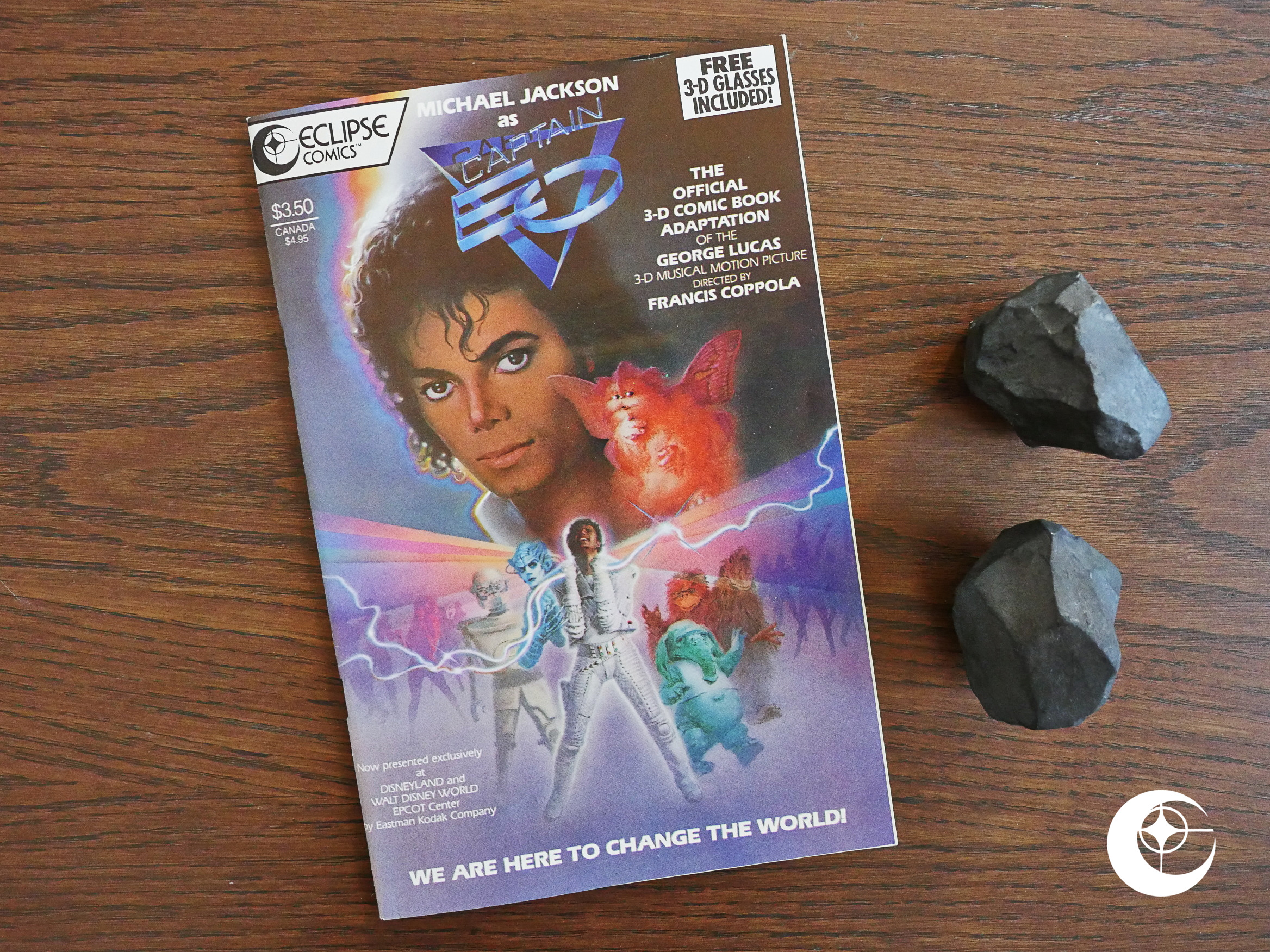

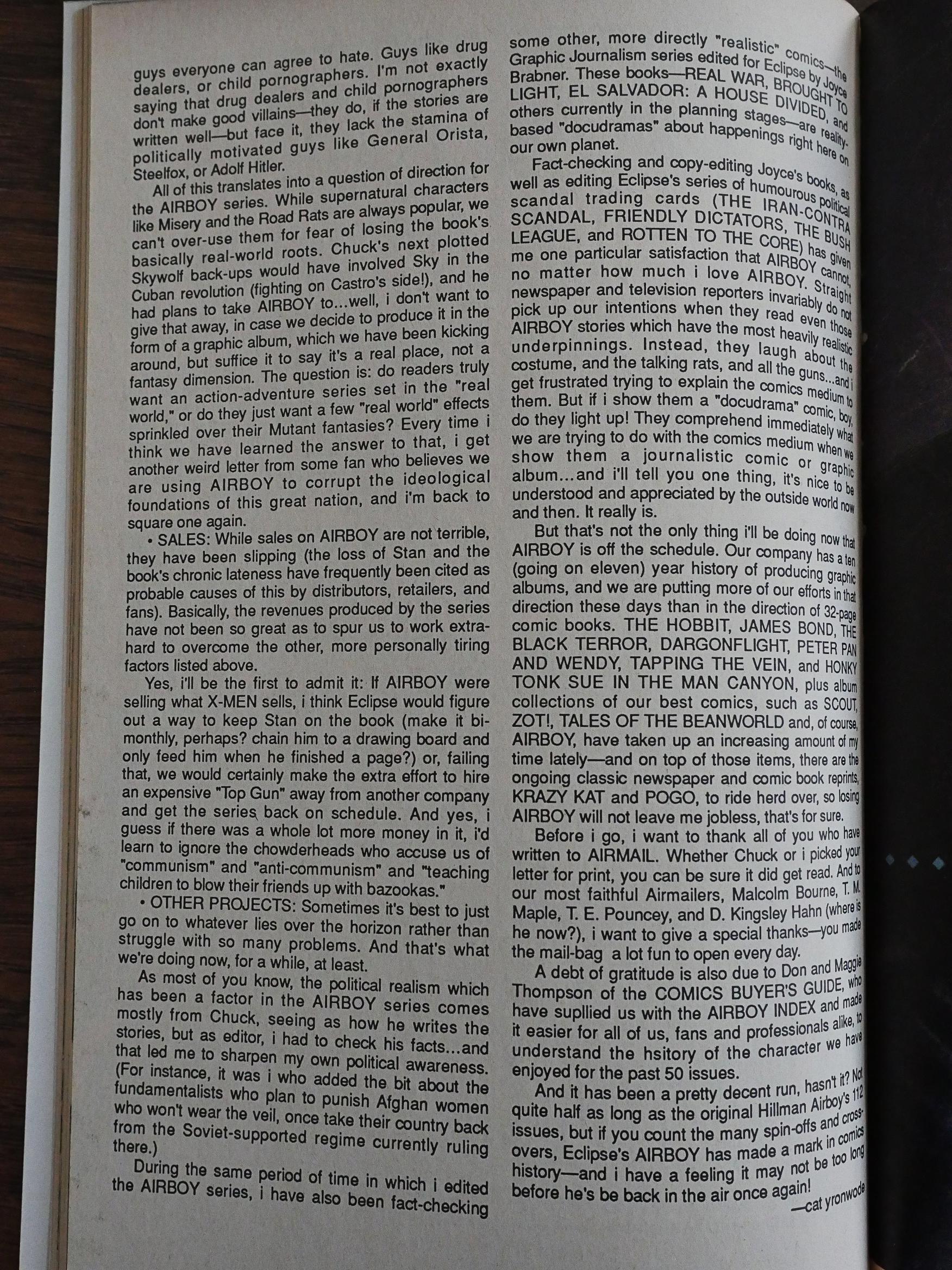

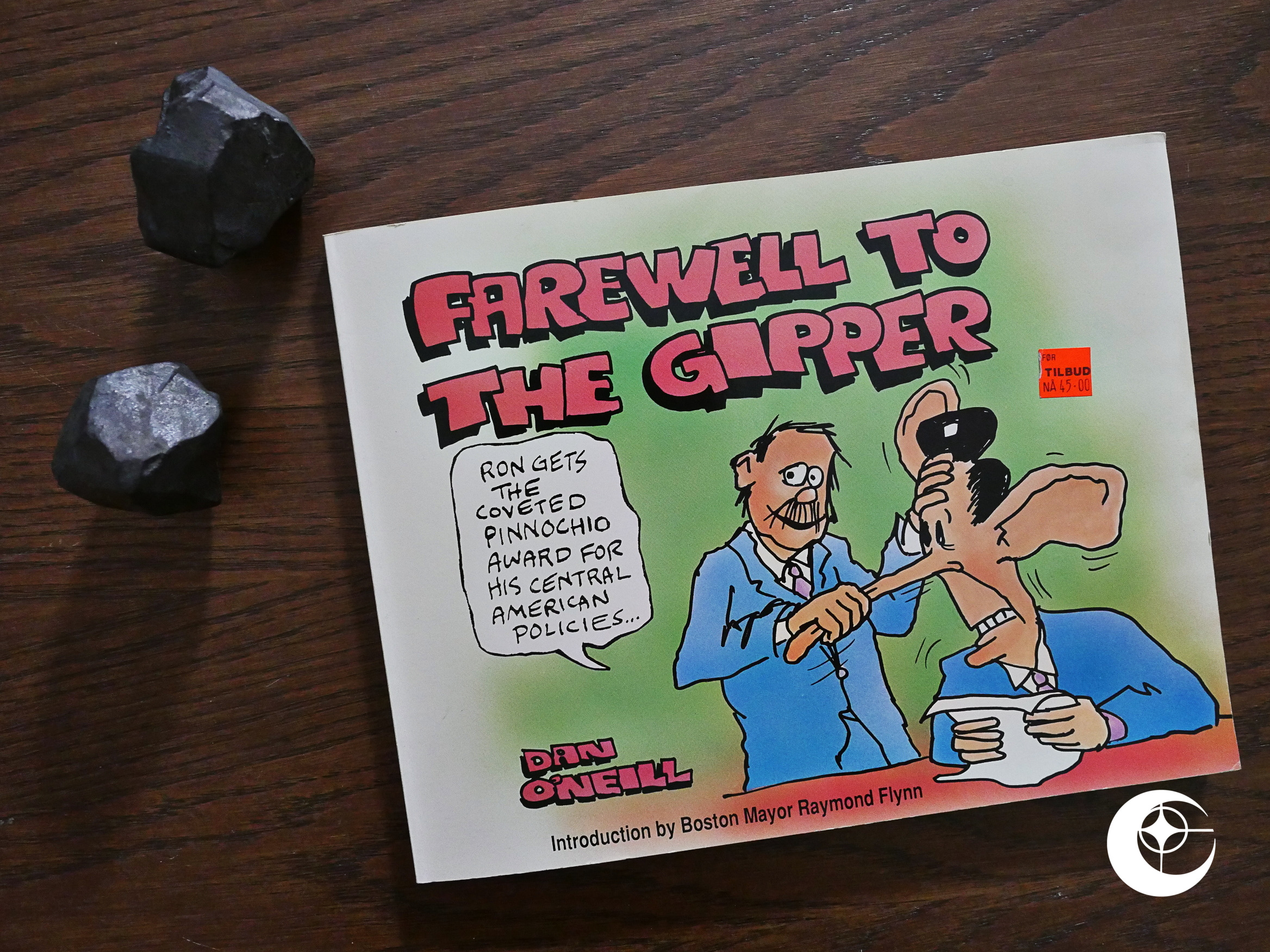

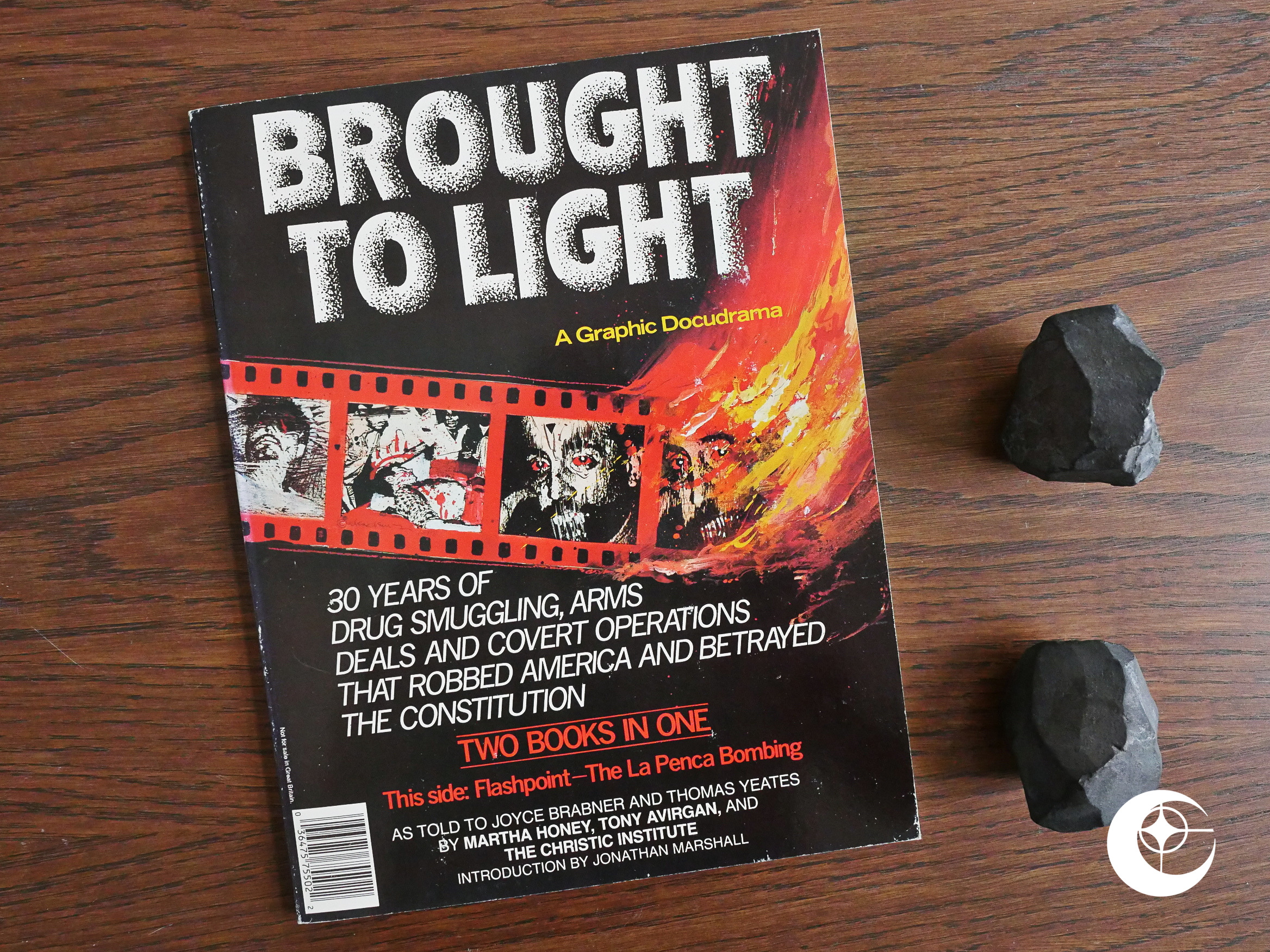



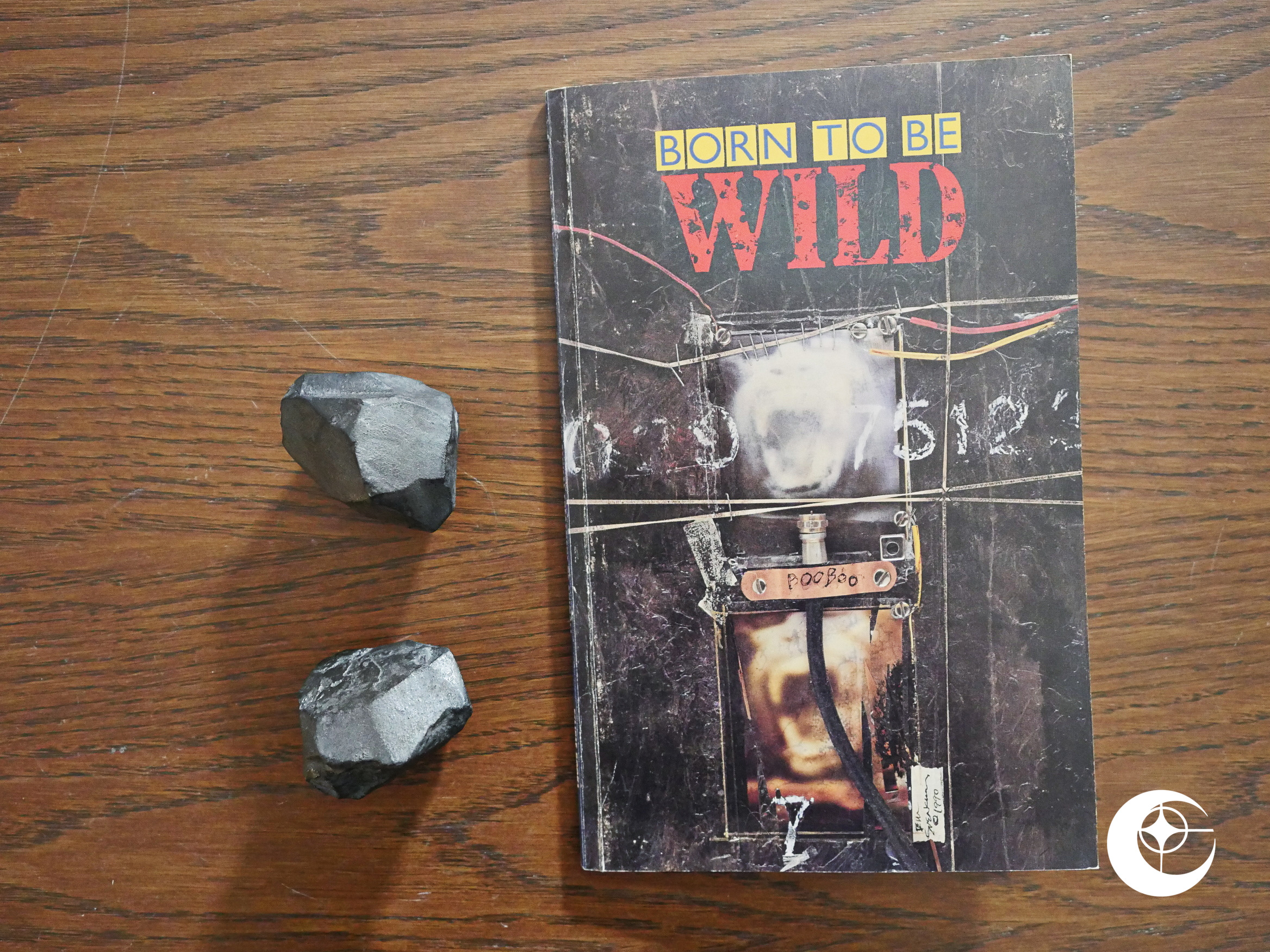
 Drug Wars (1991)
Drug Wars (1991)
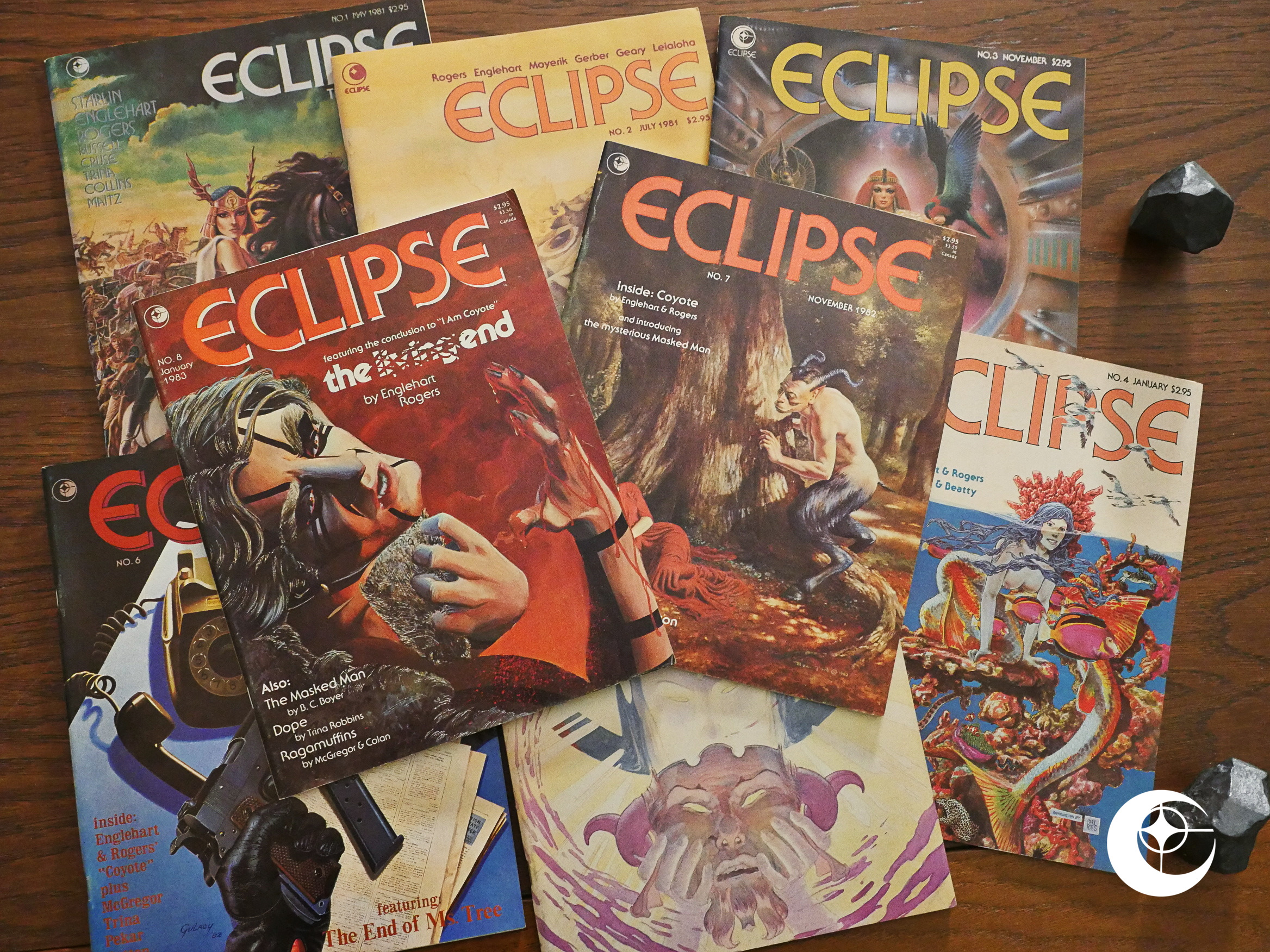
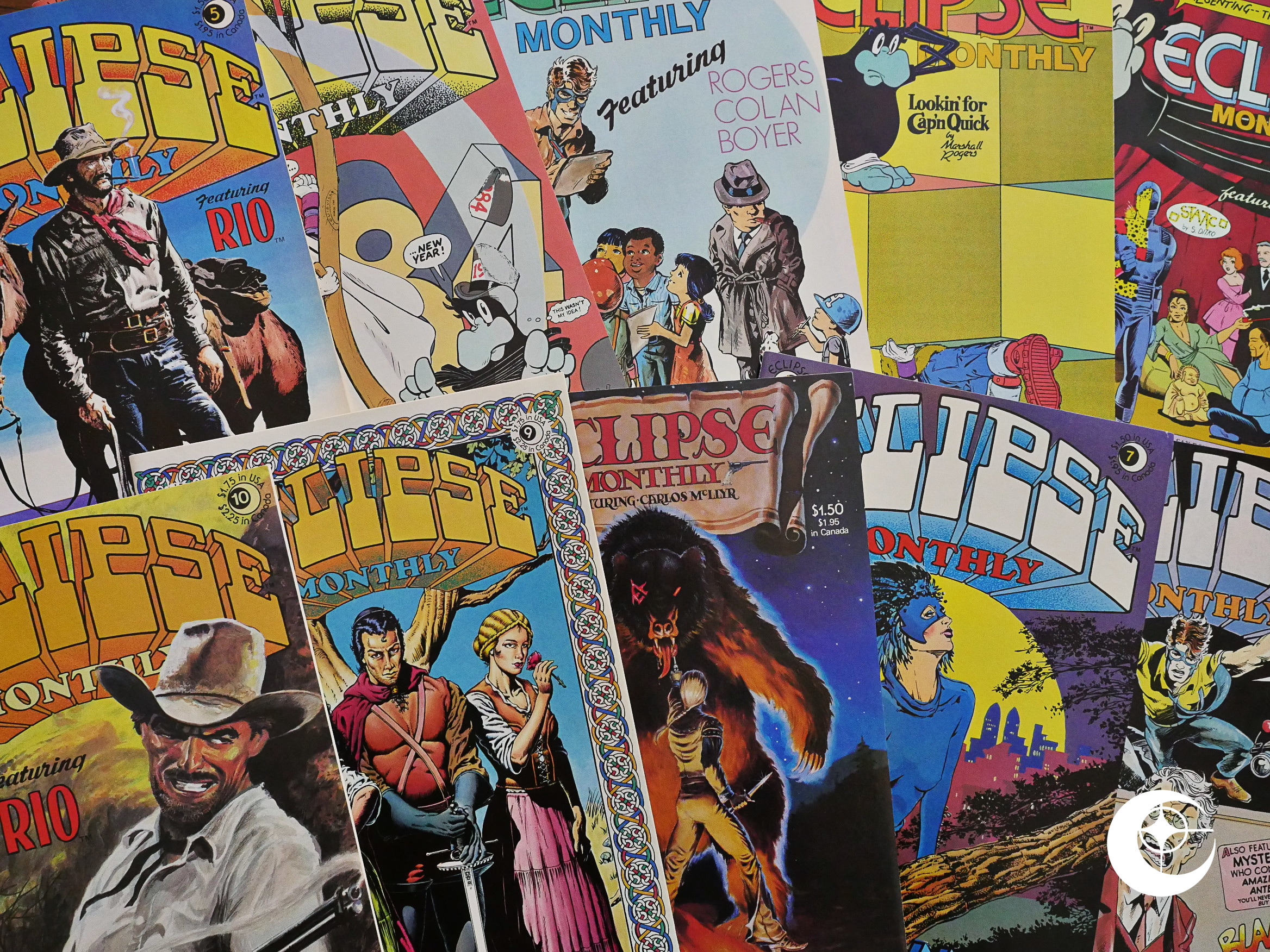
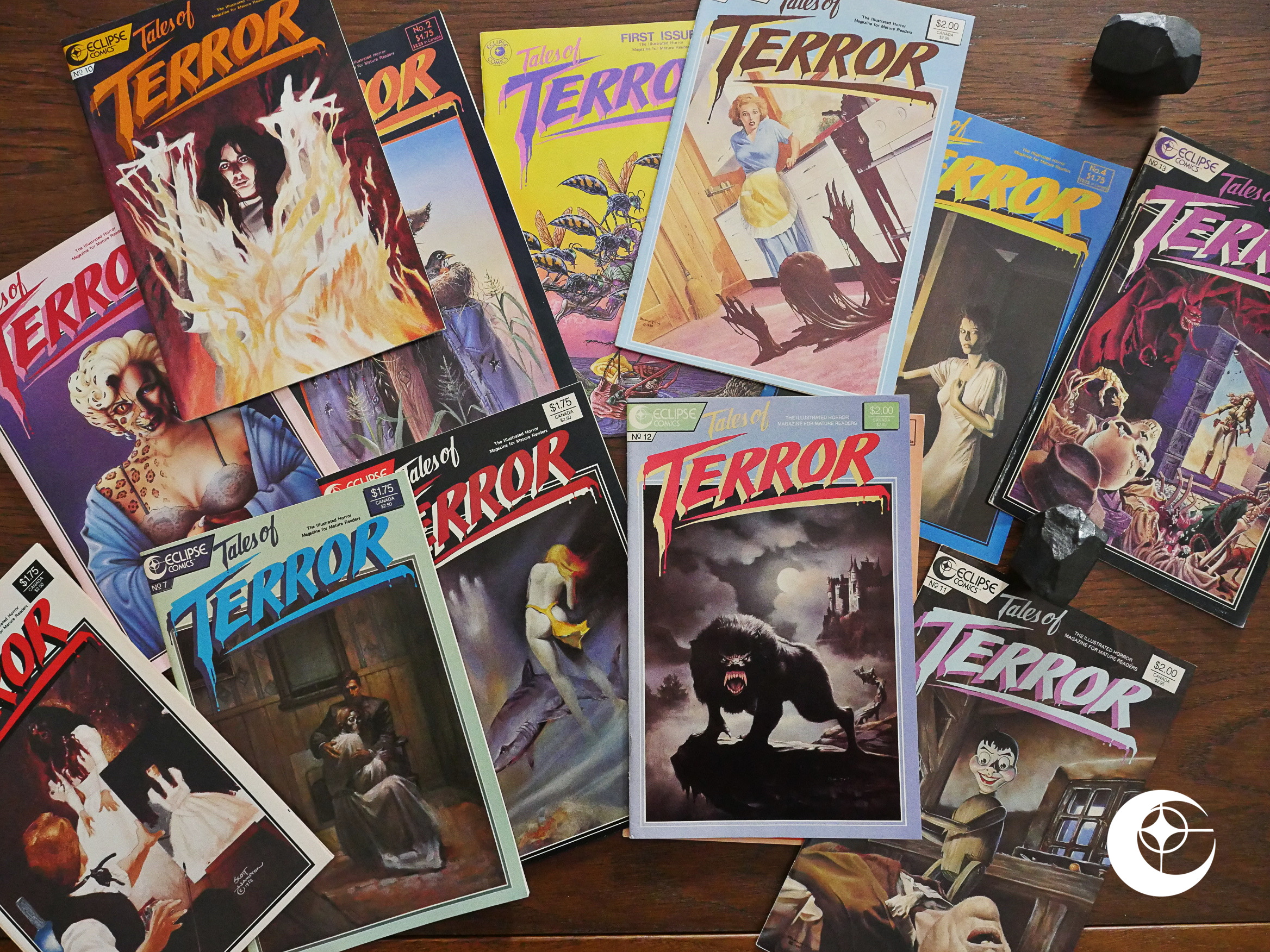
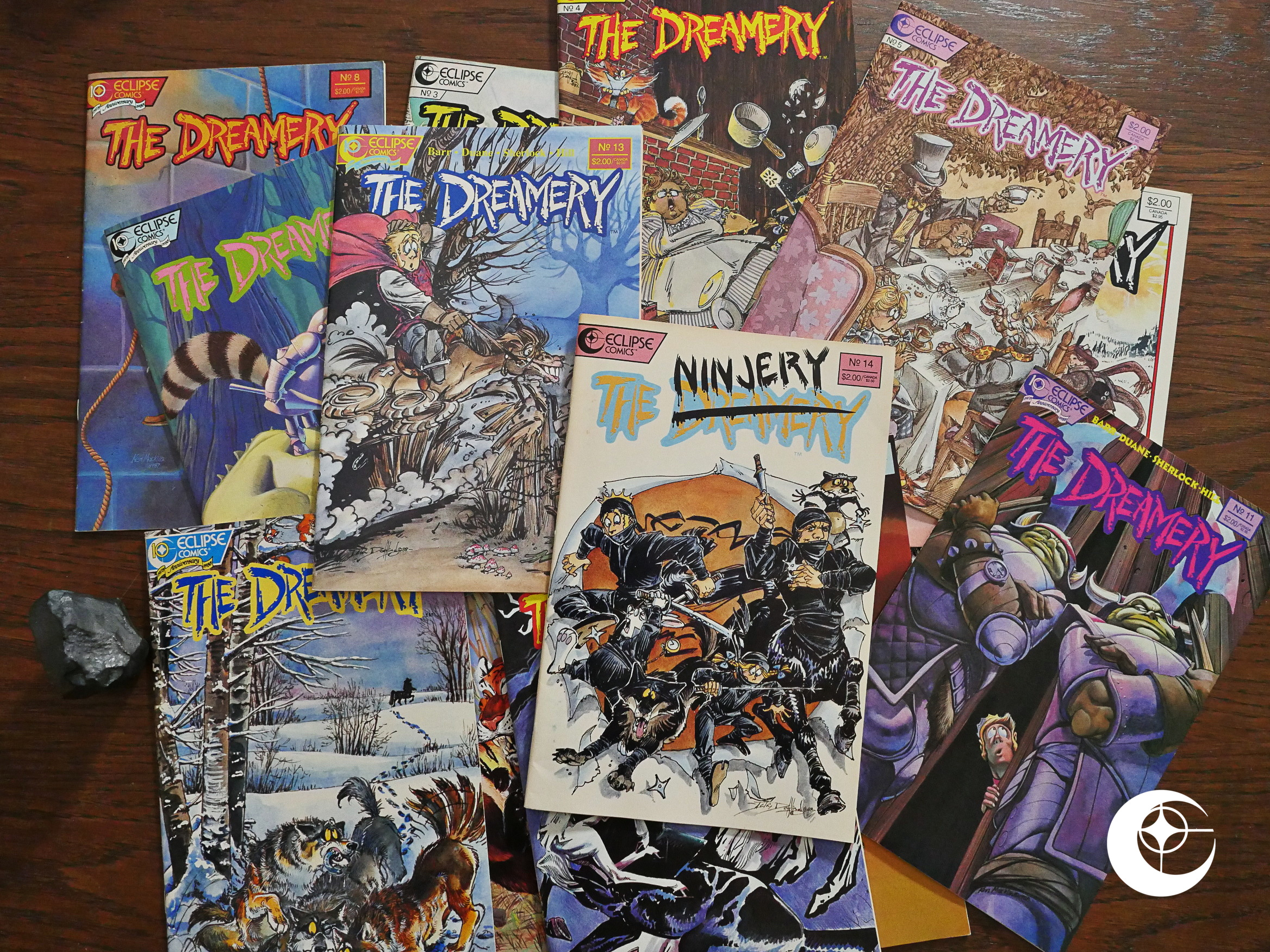
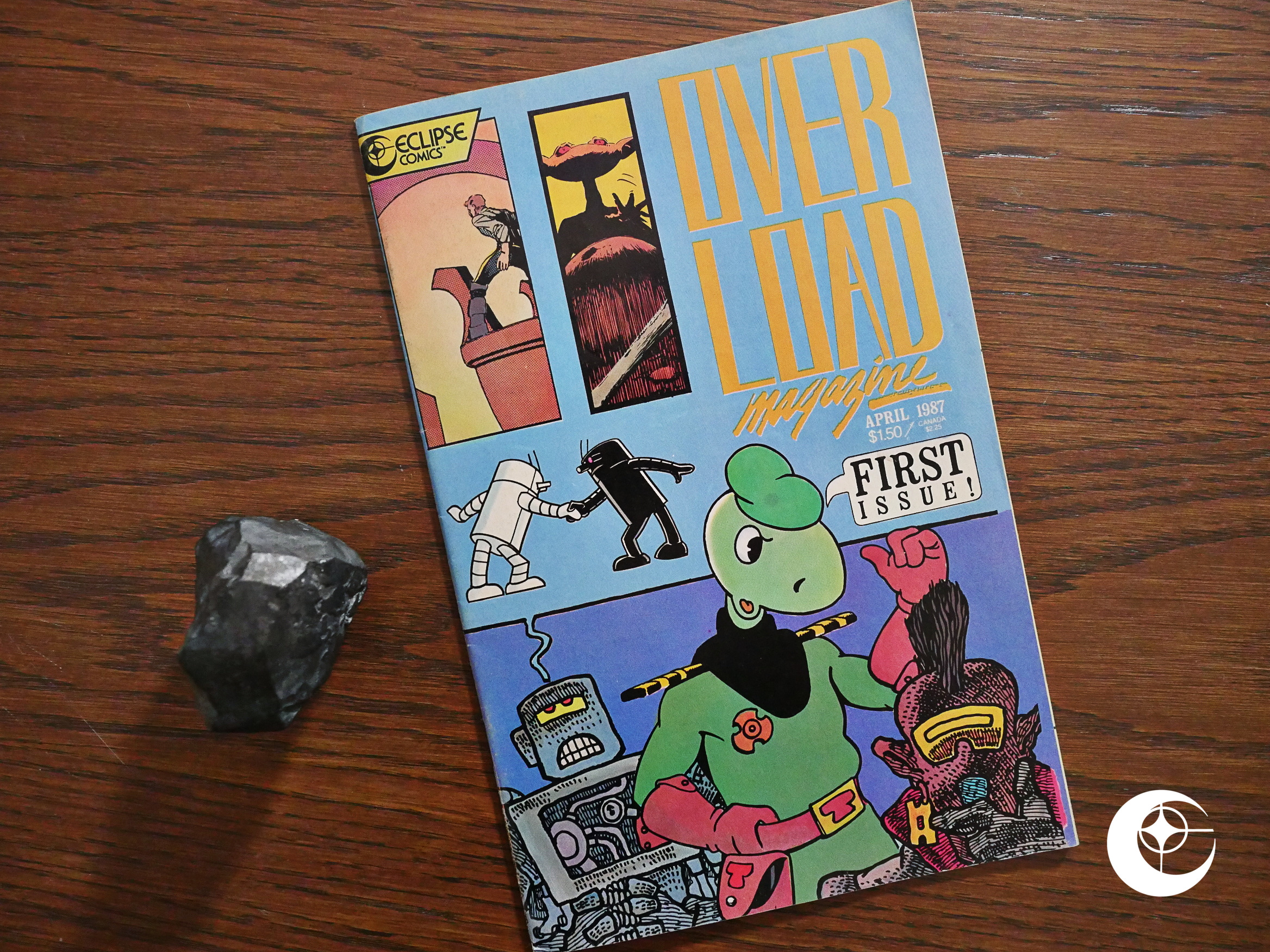
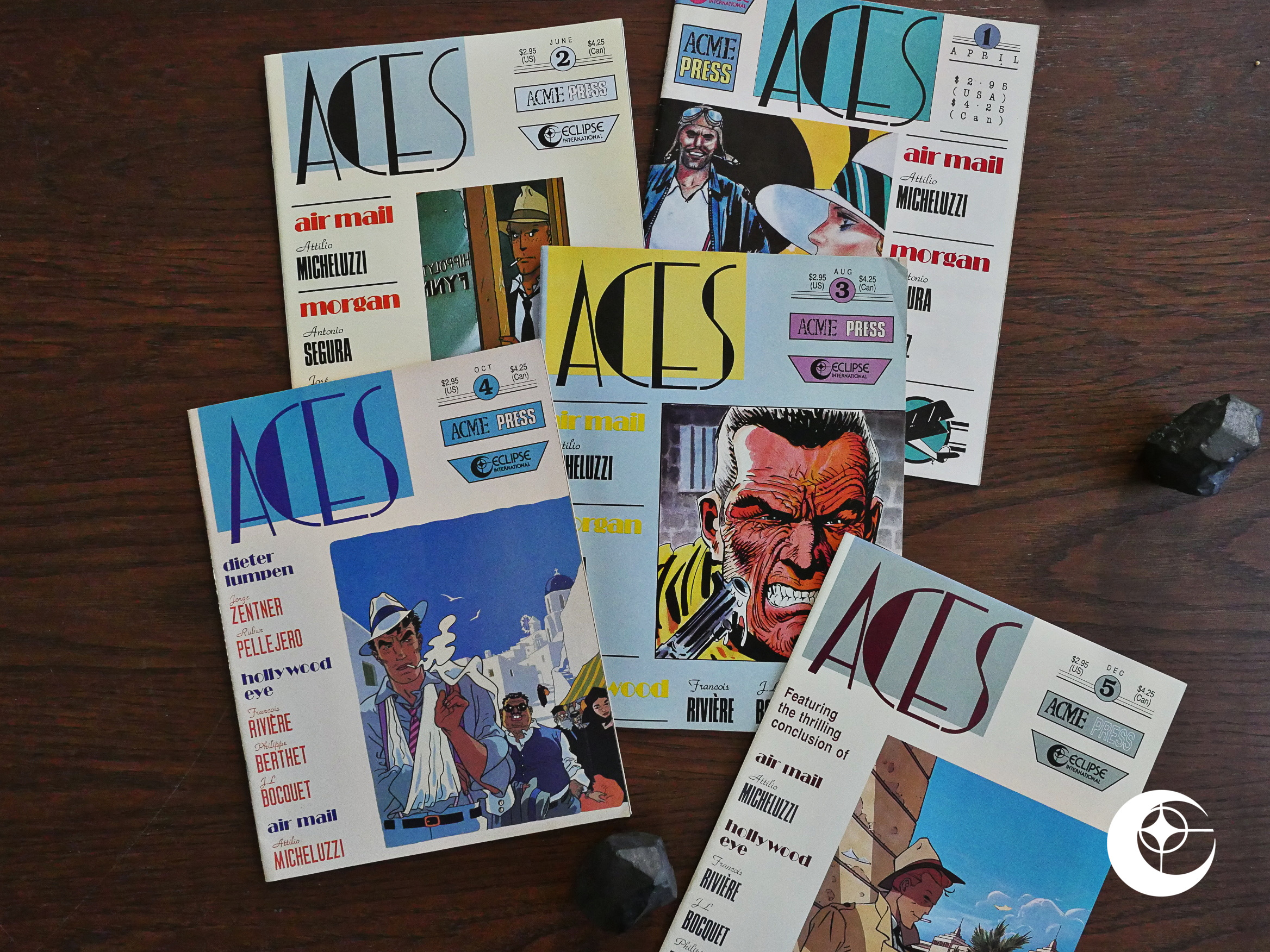
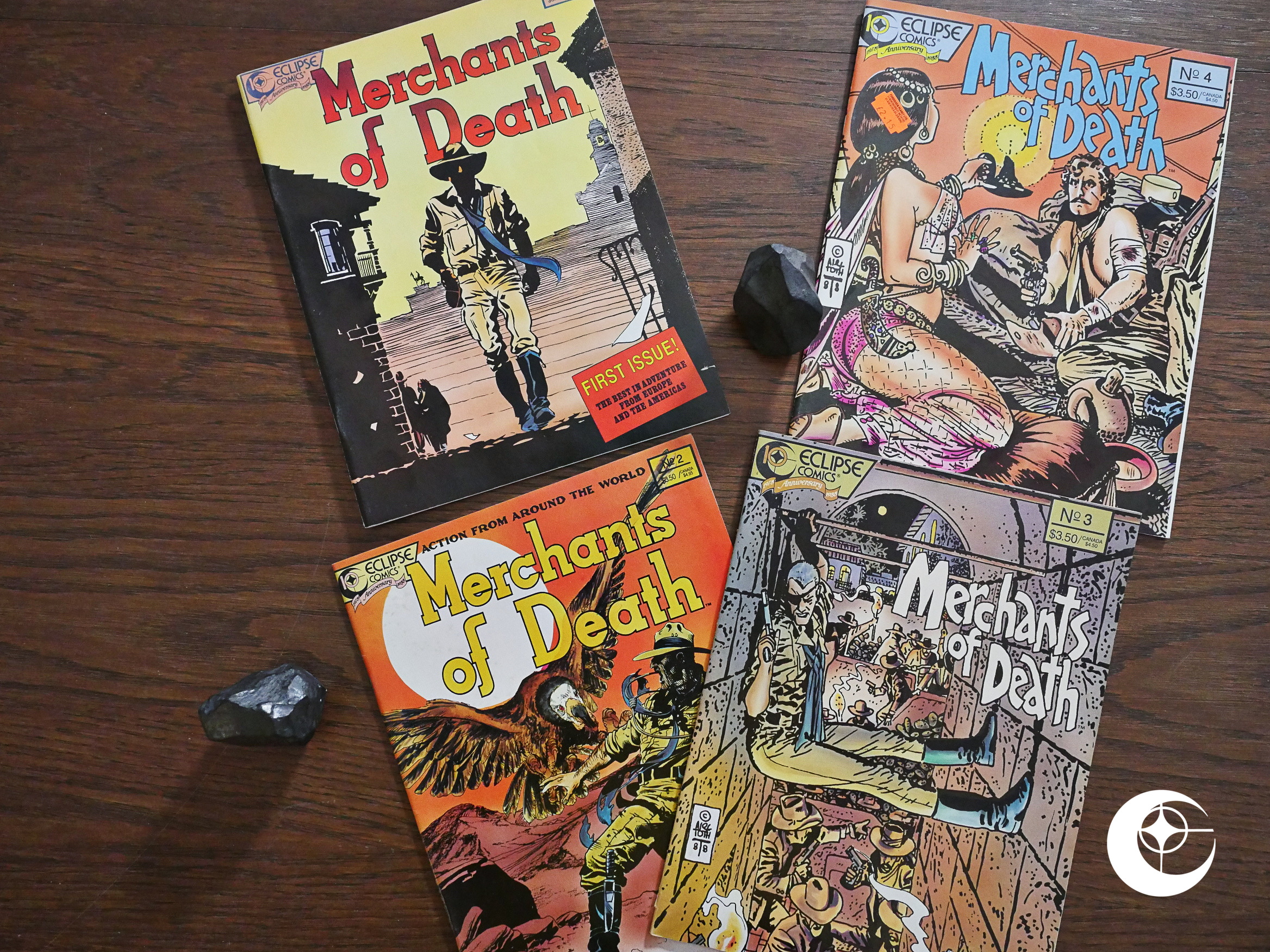
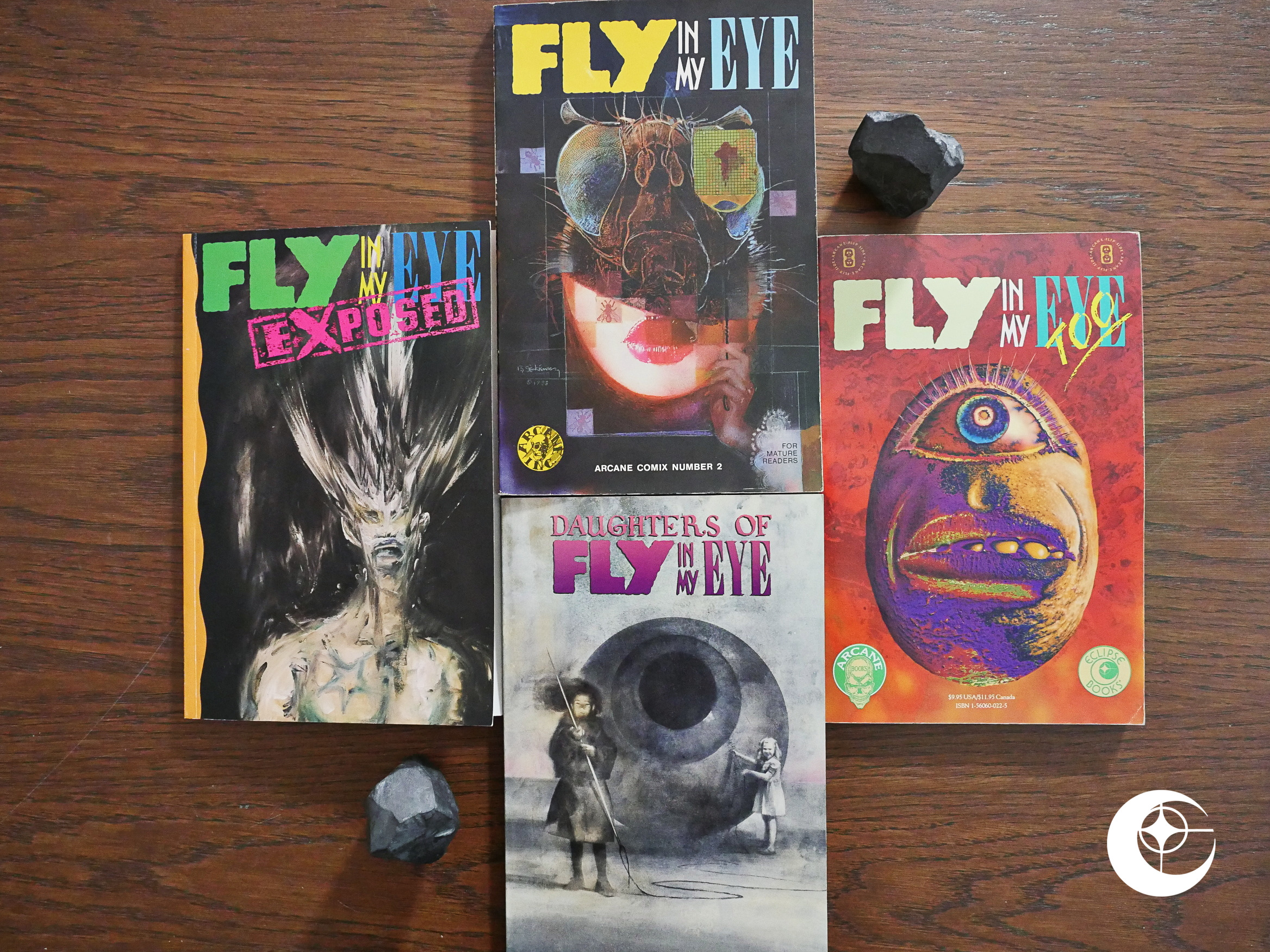
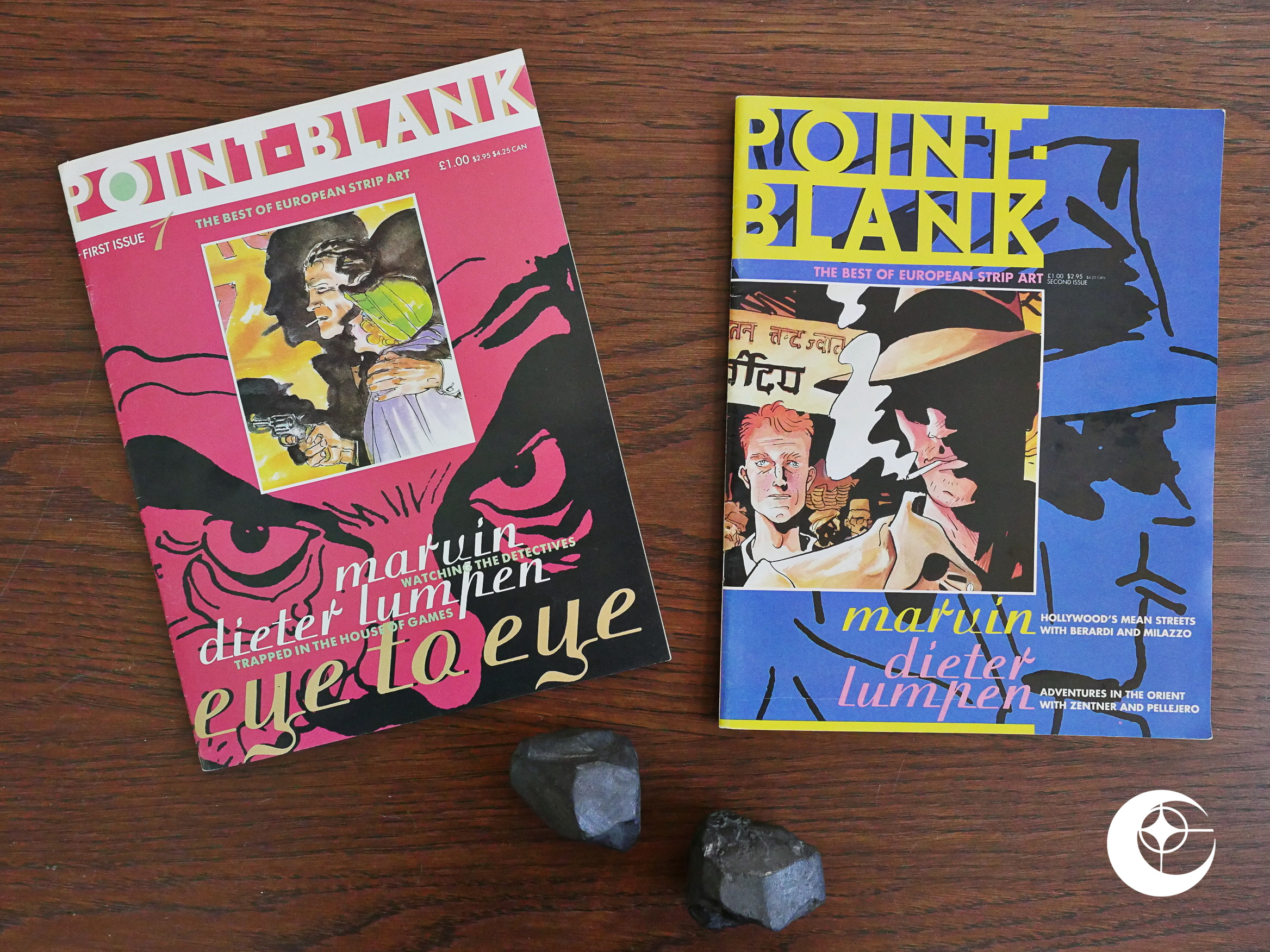
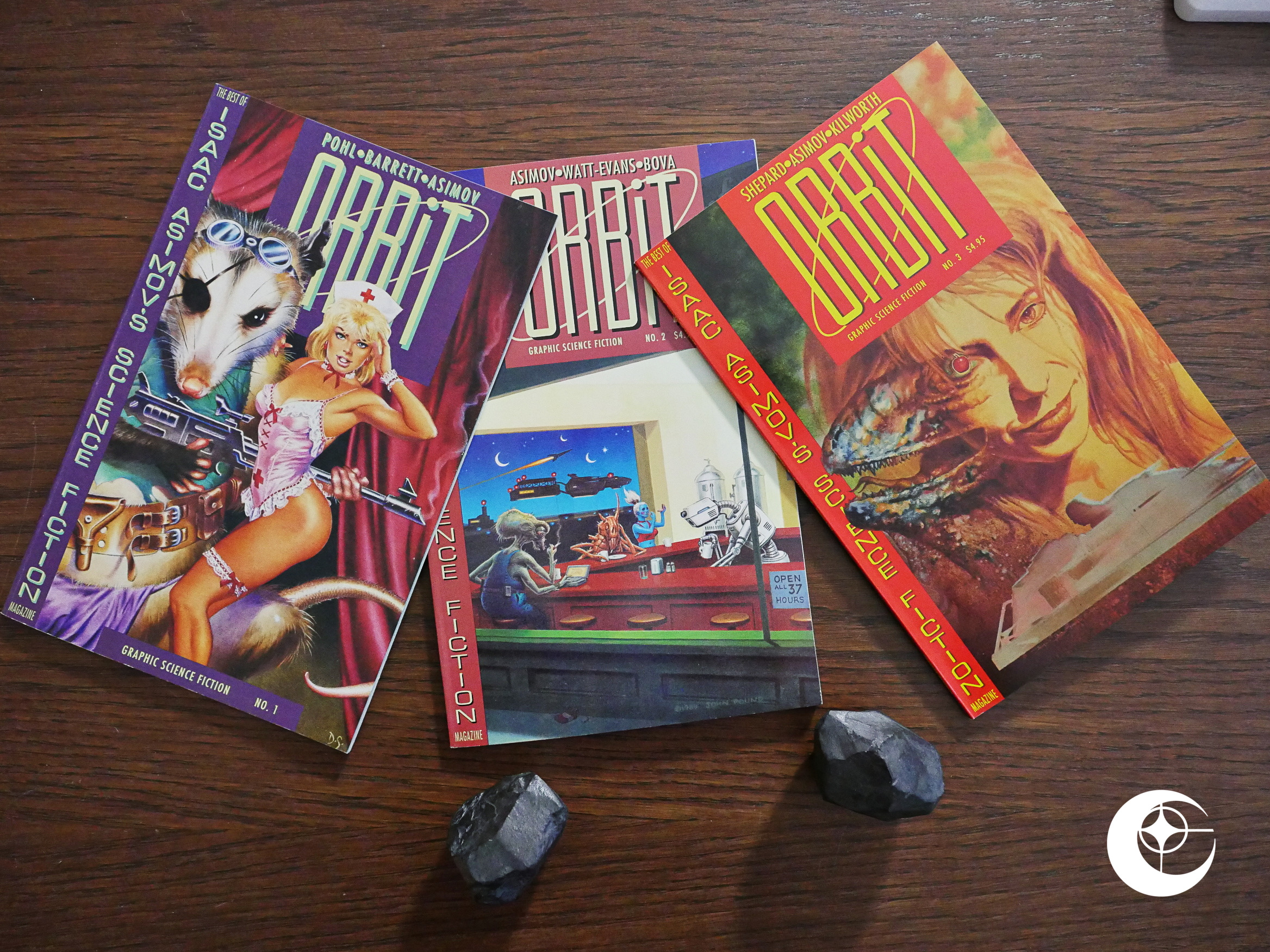

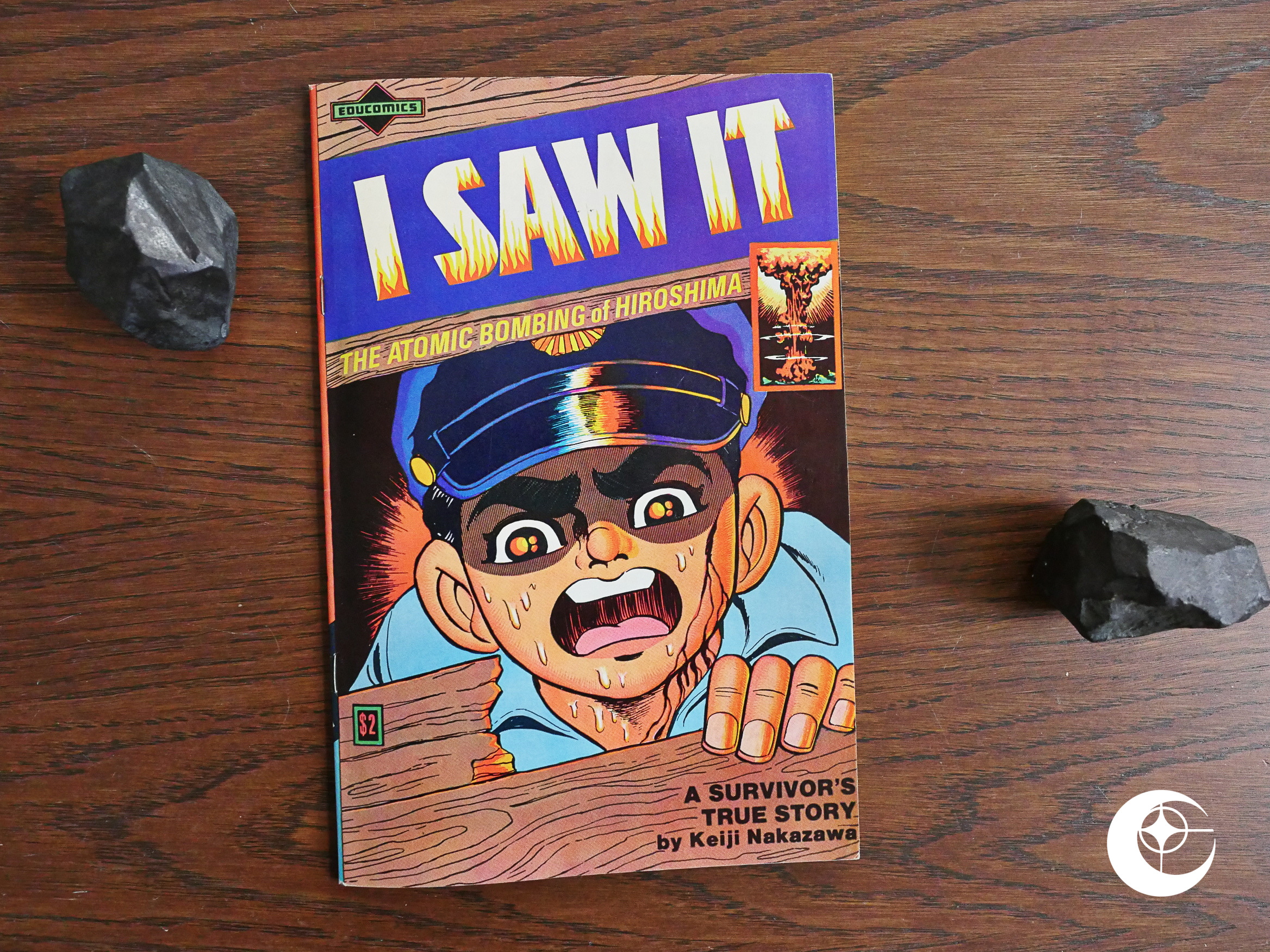 I Saw It (1982)
I Saw It (1982)
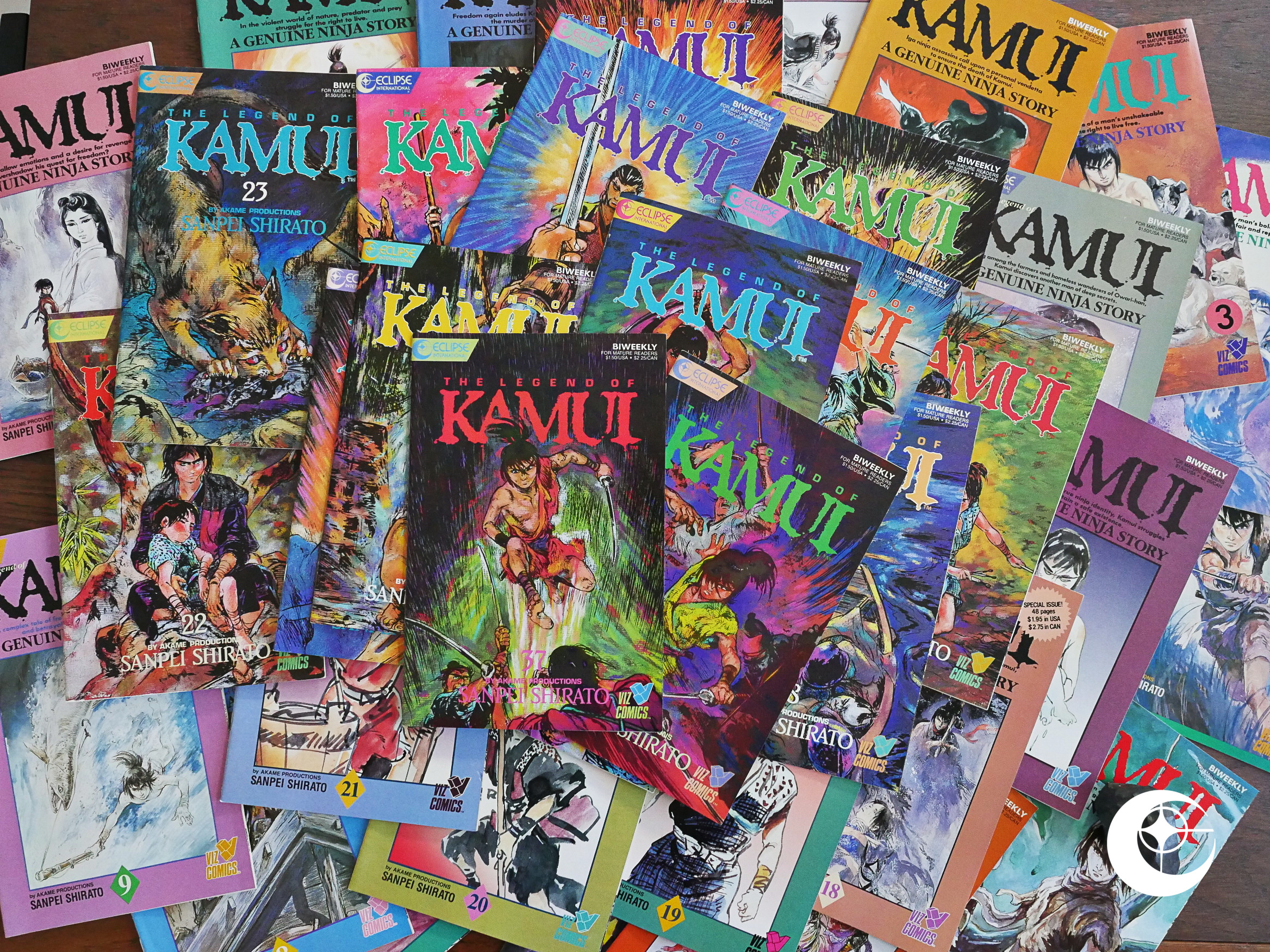
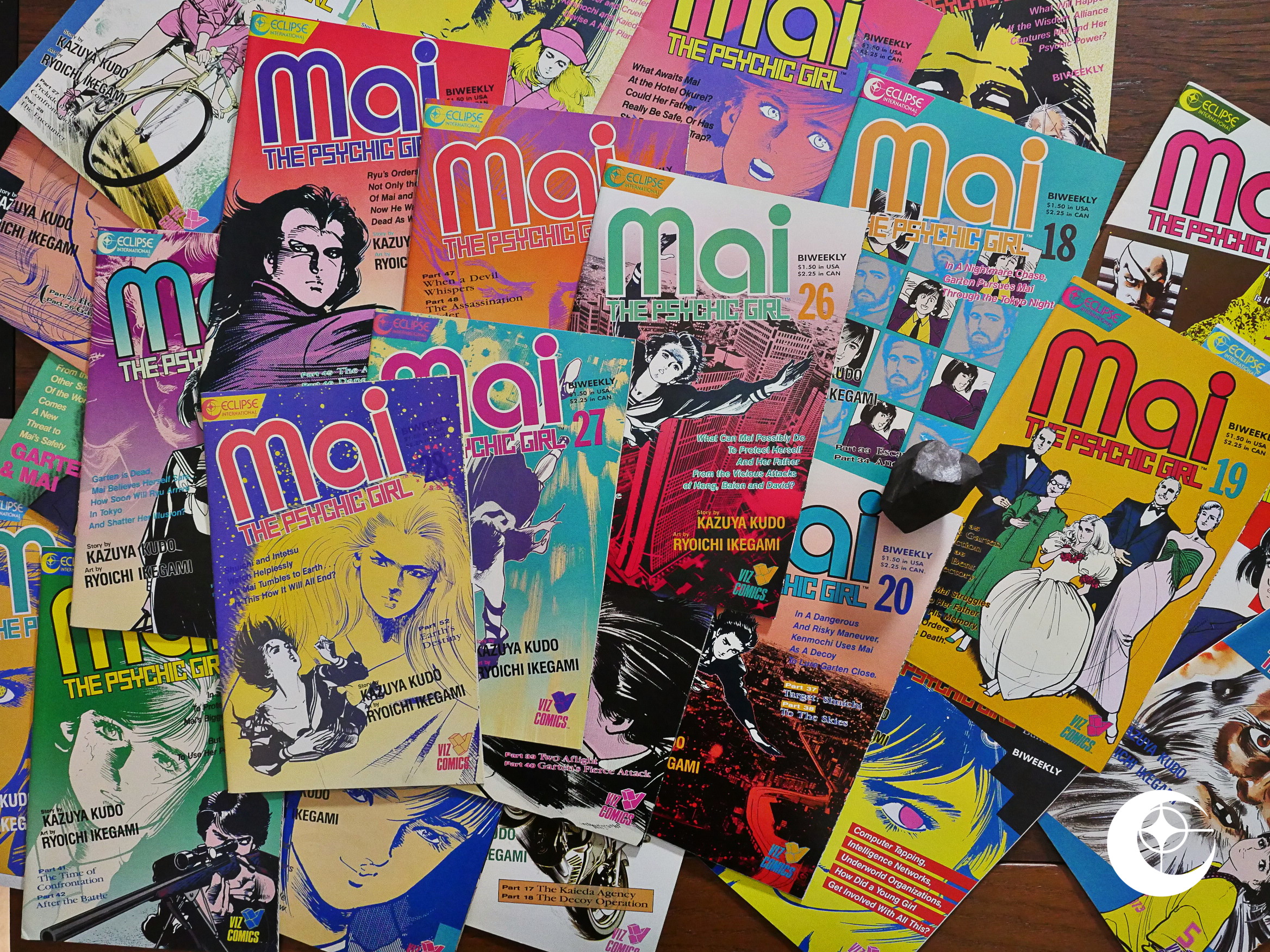
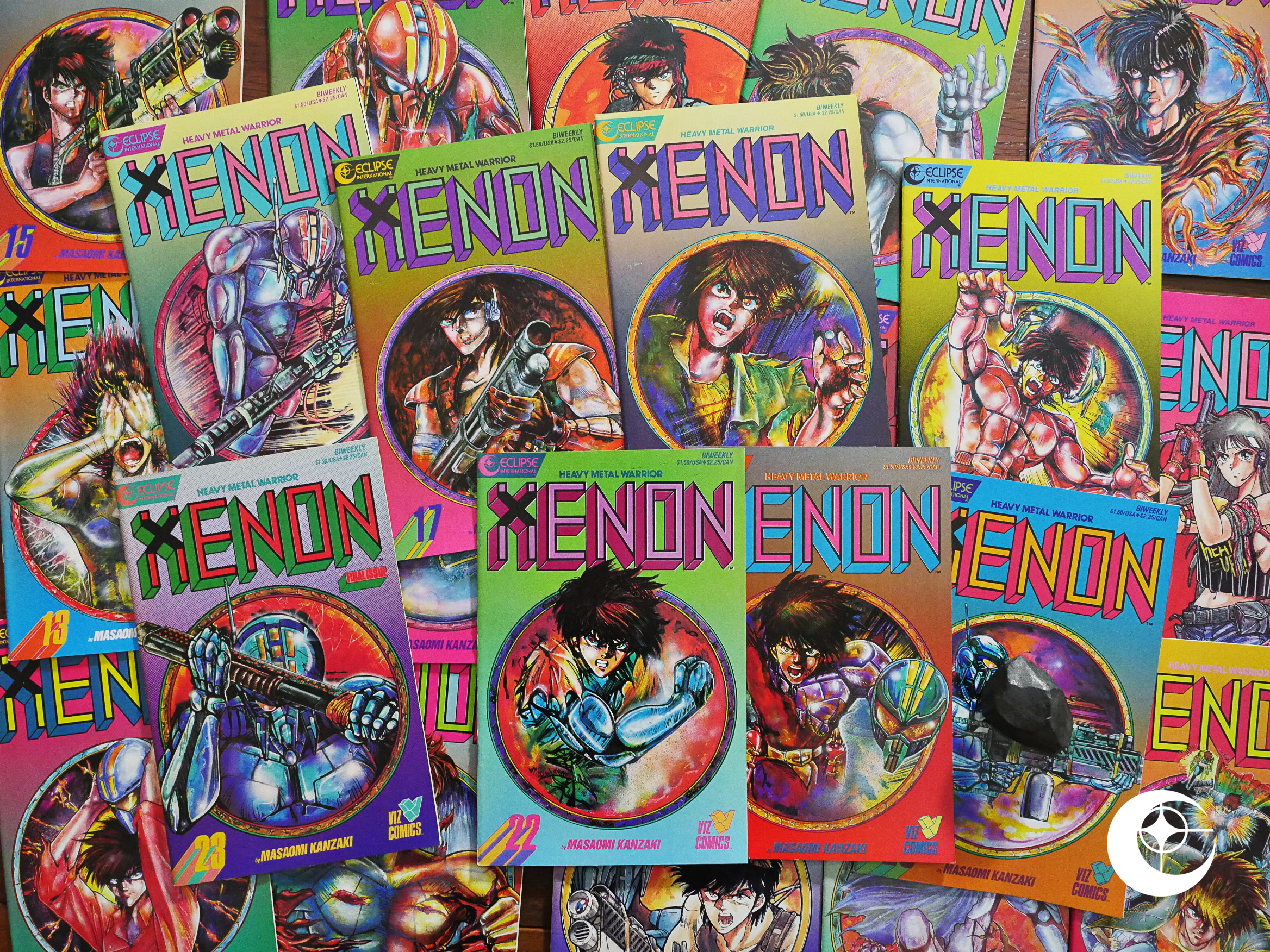
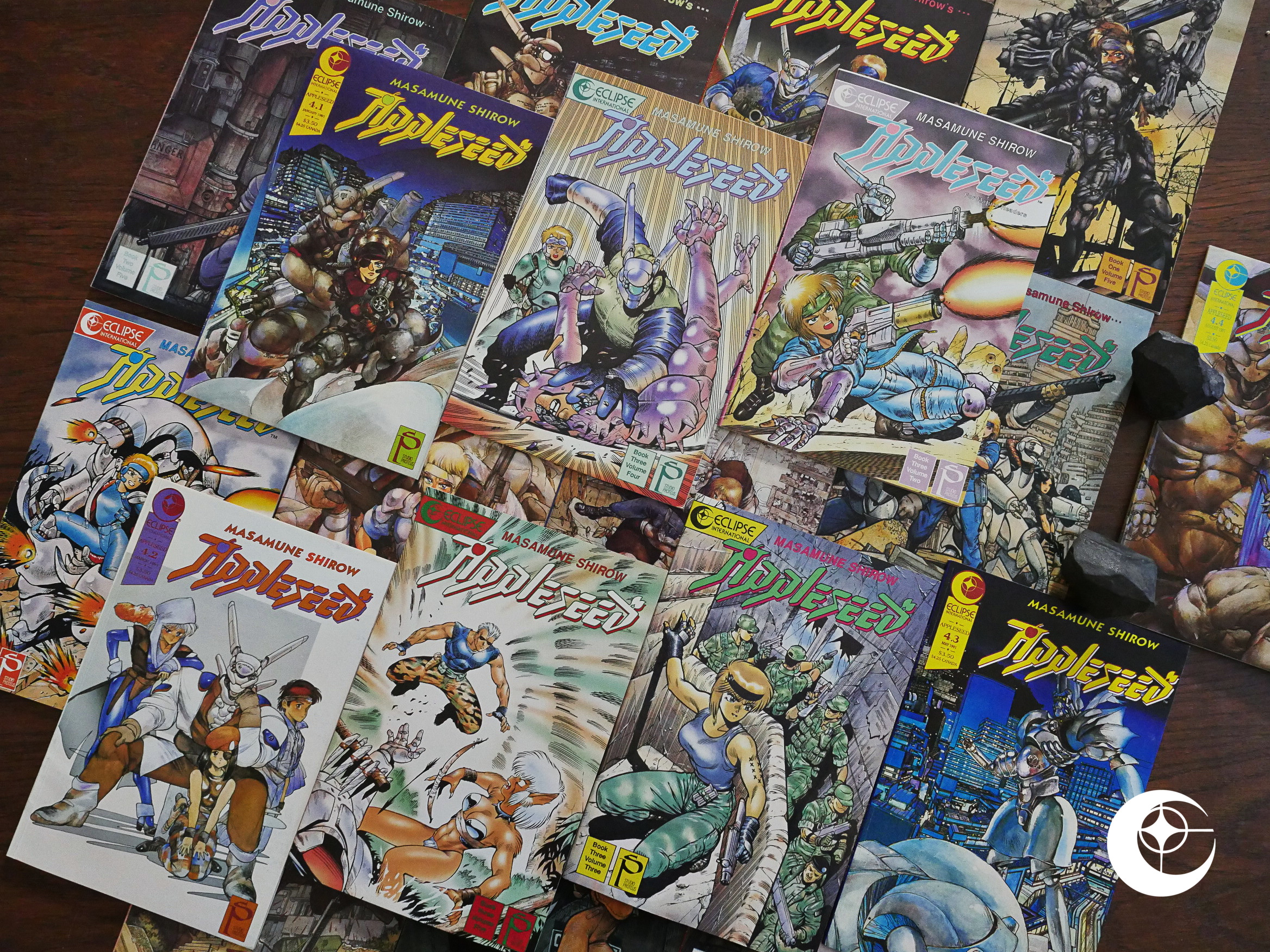
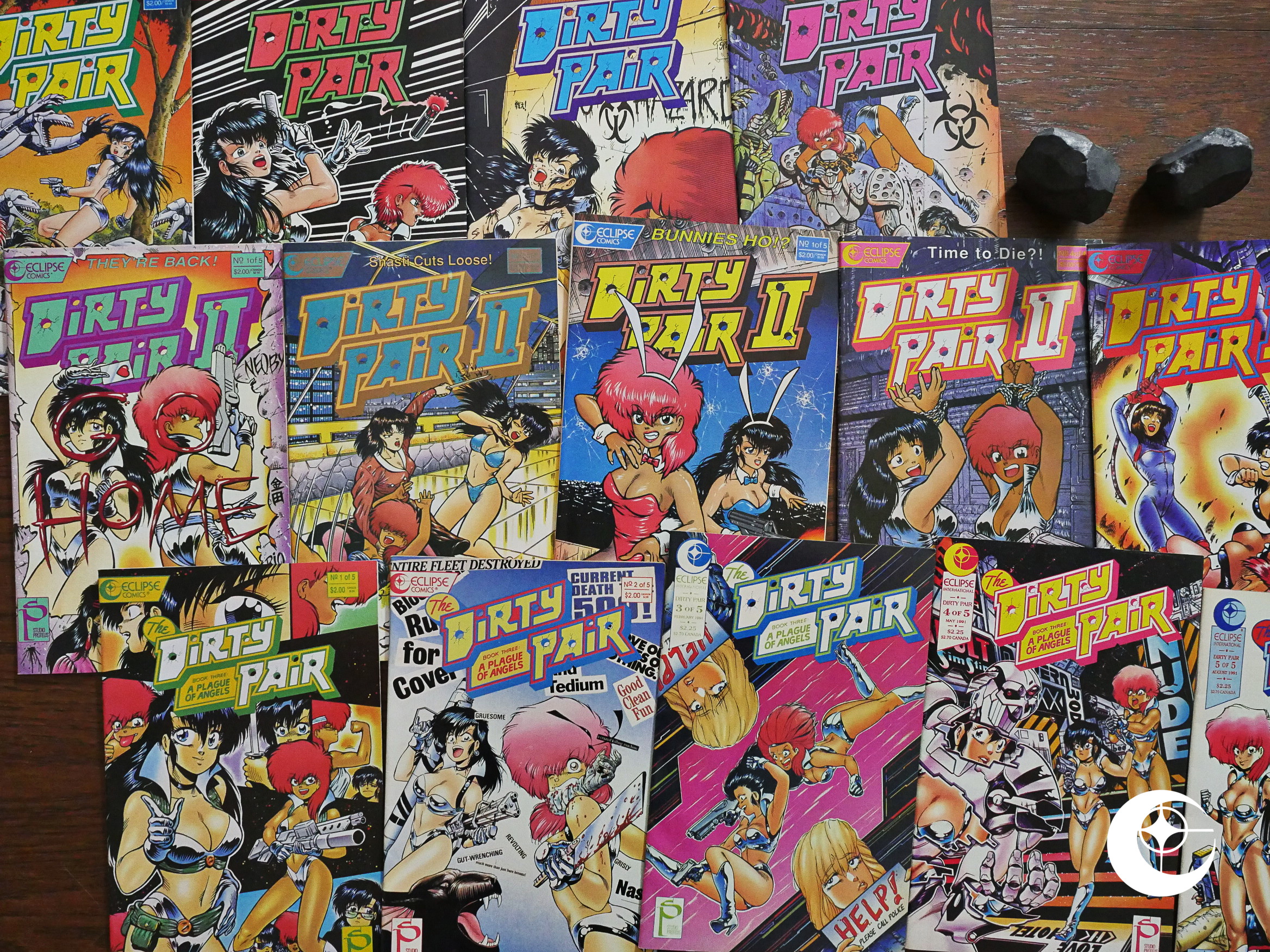
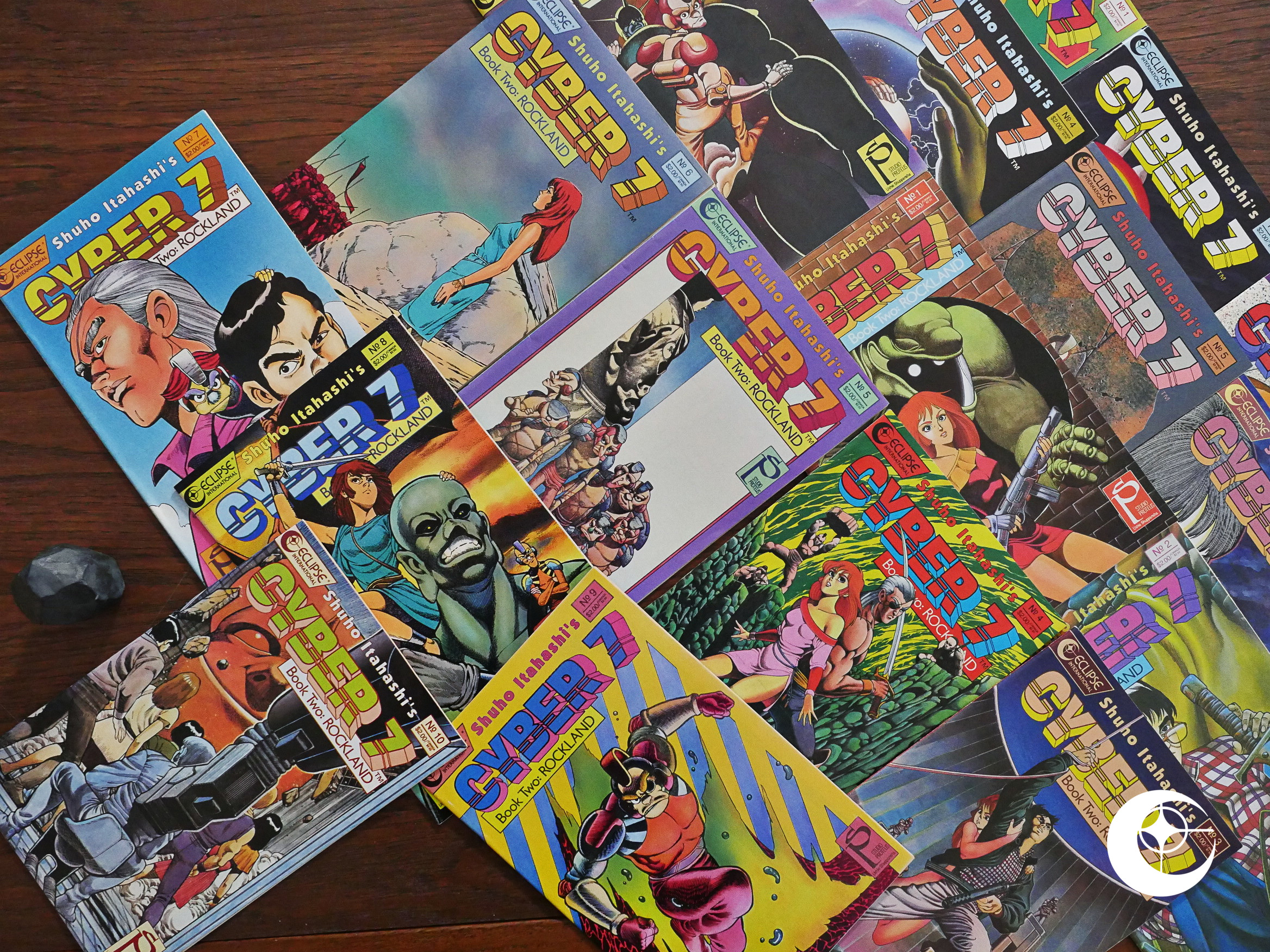
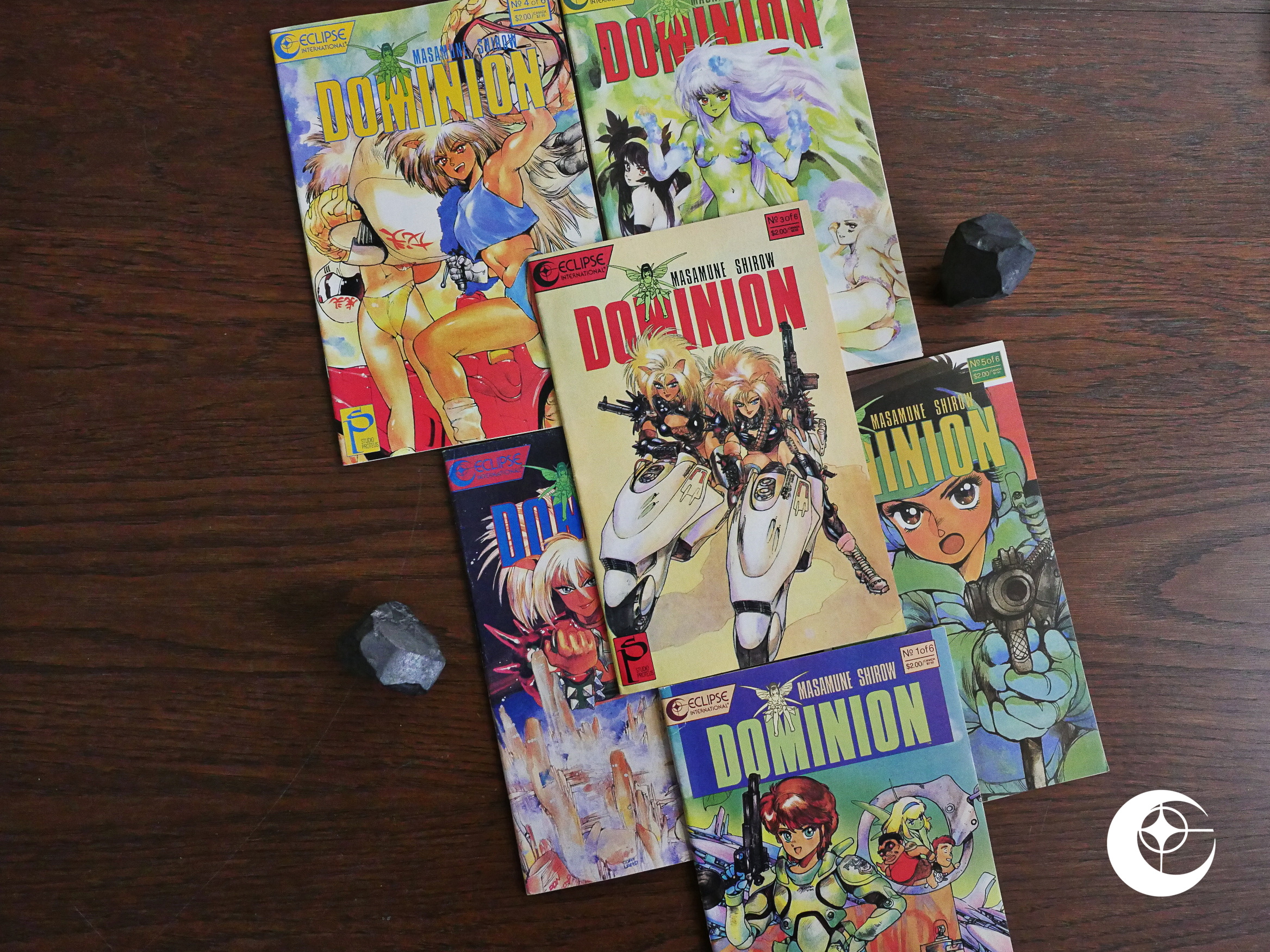

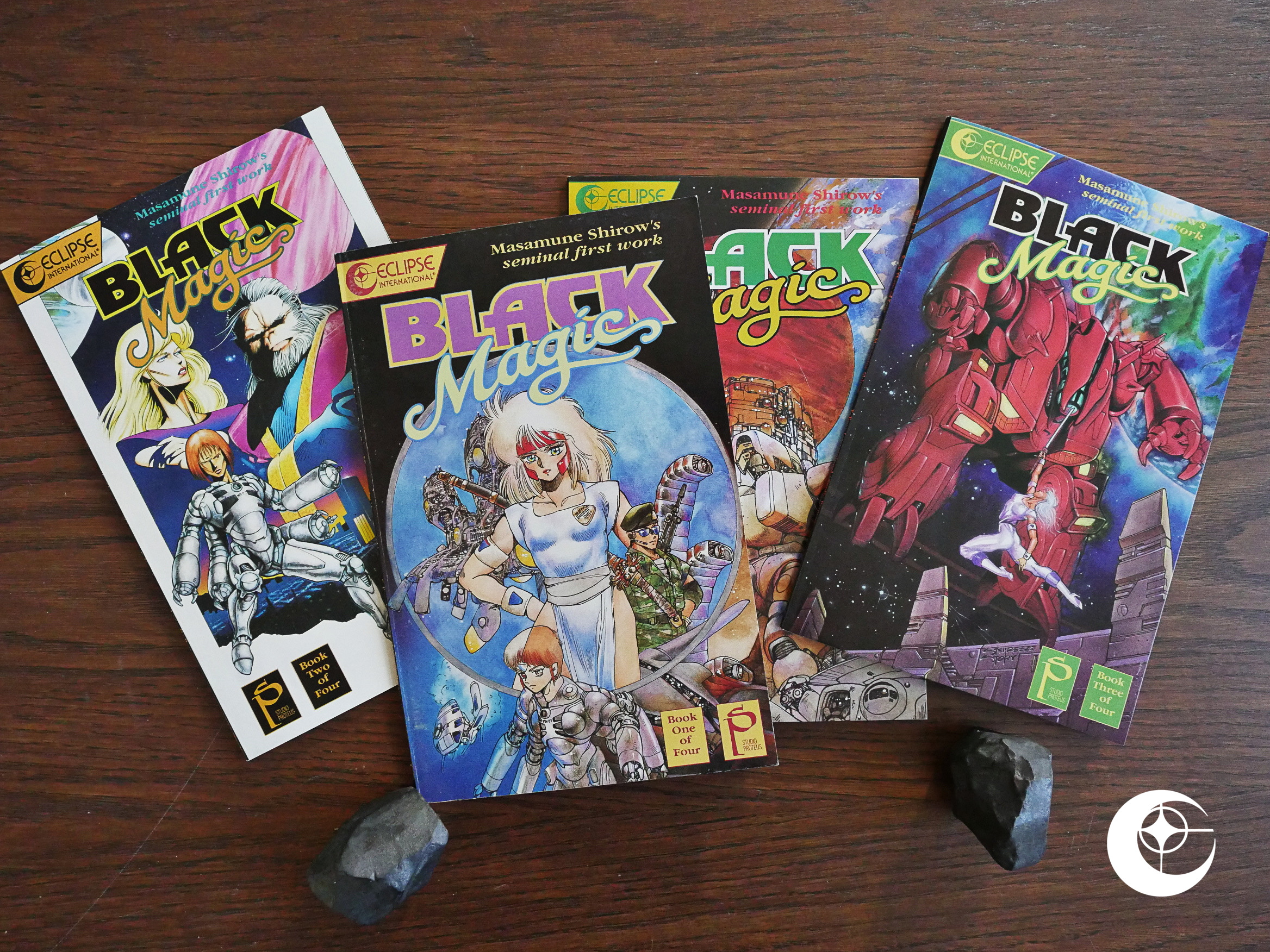


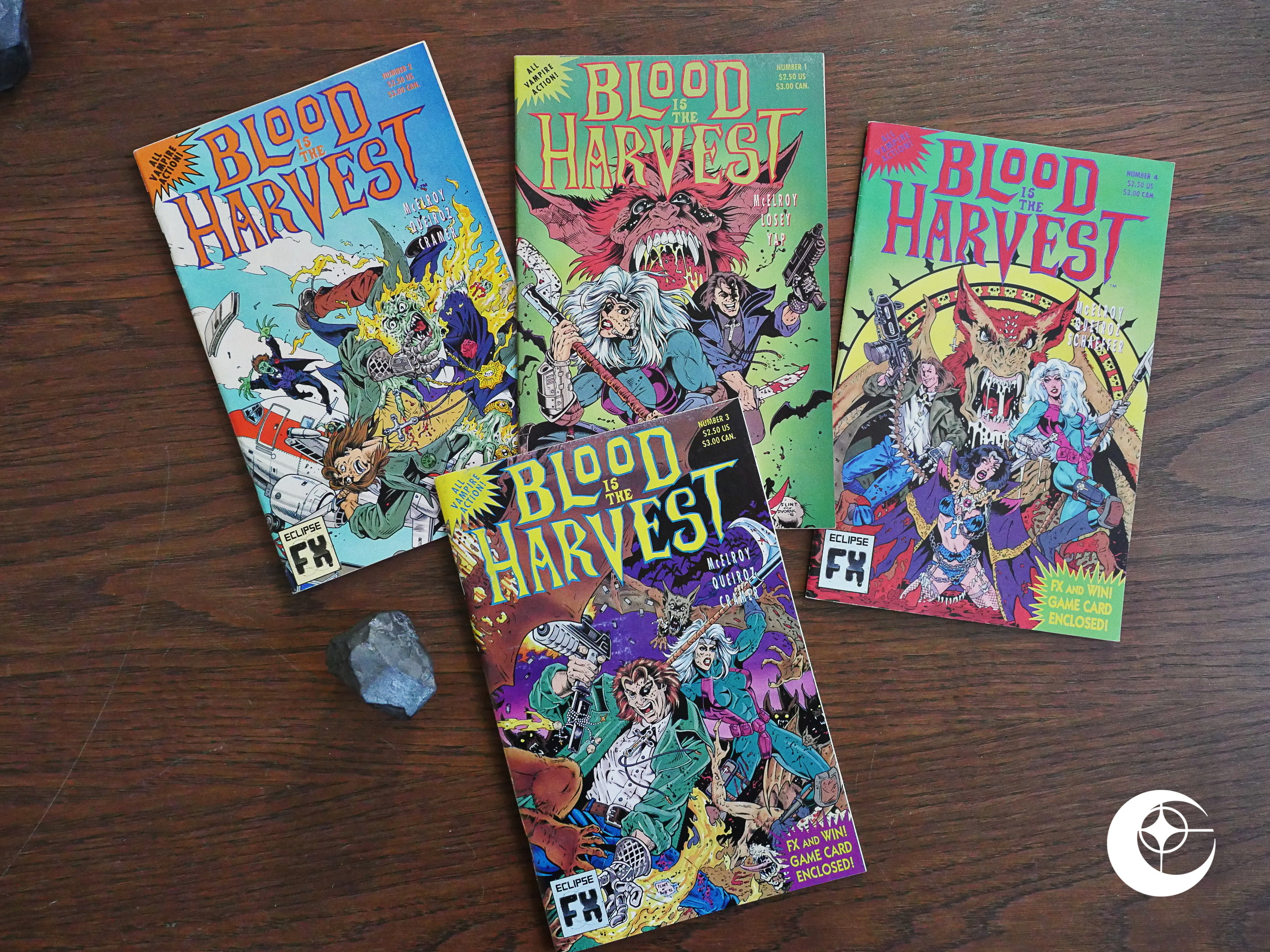
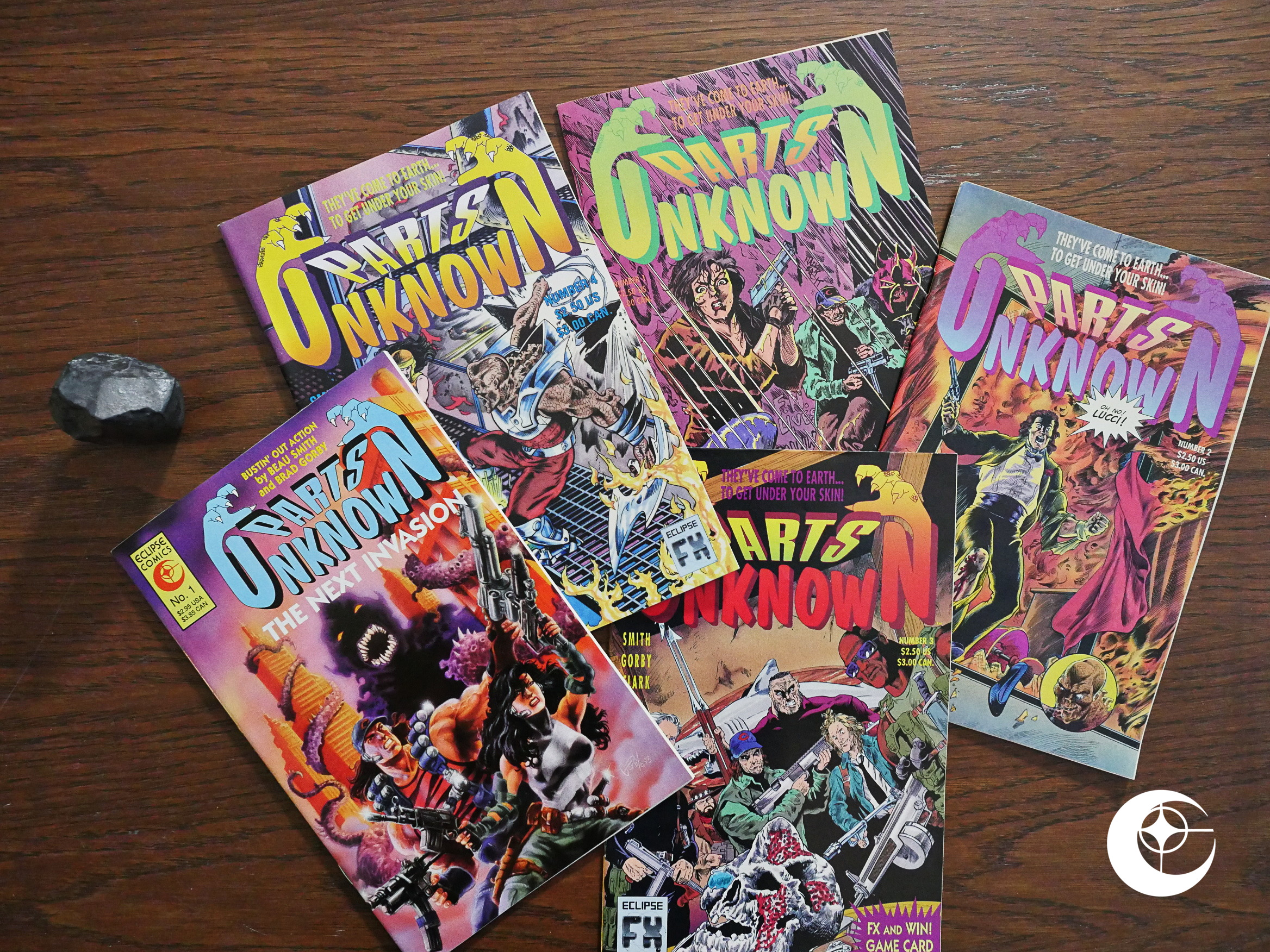
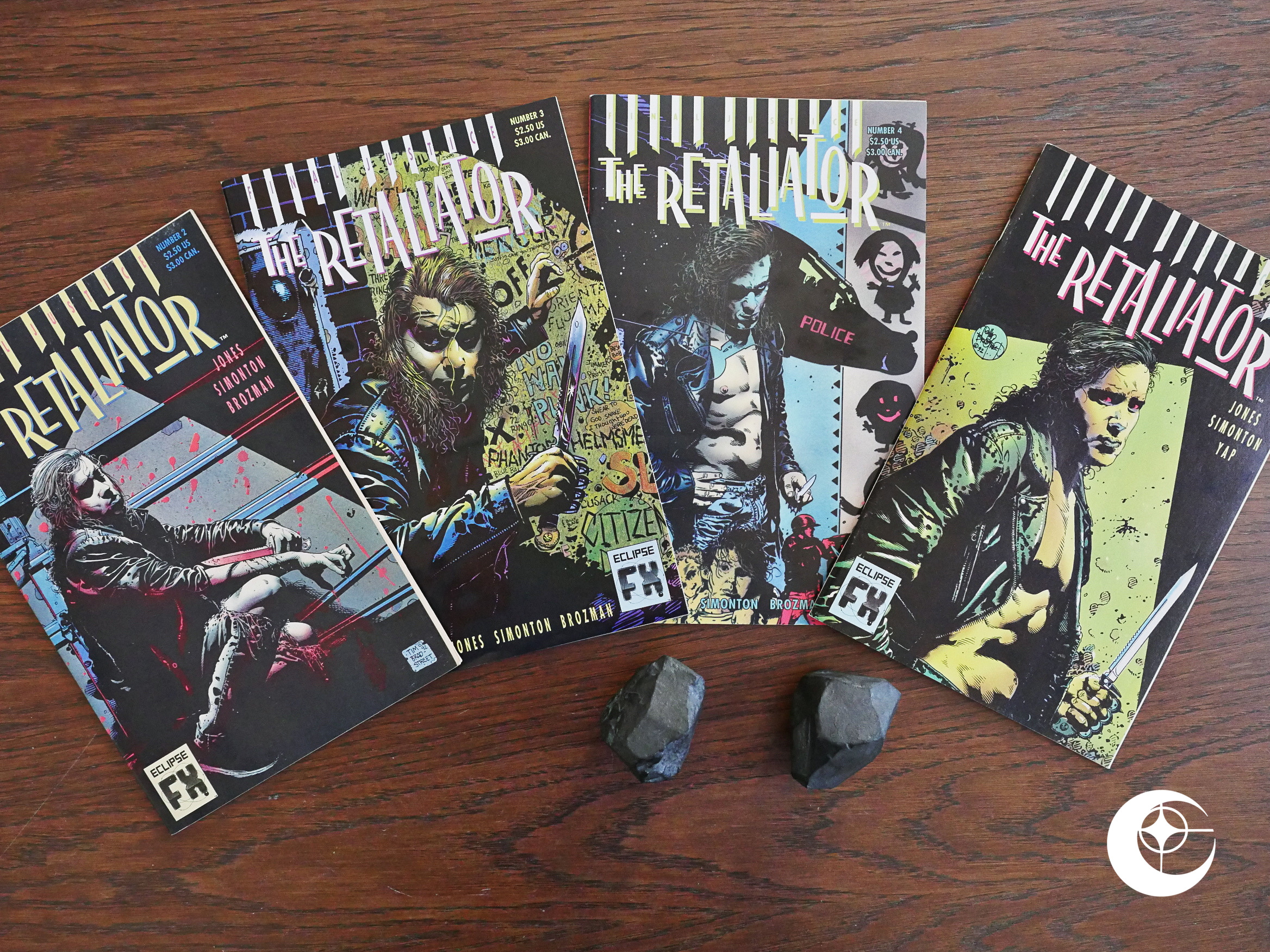
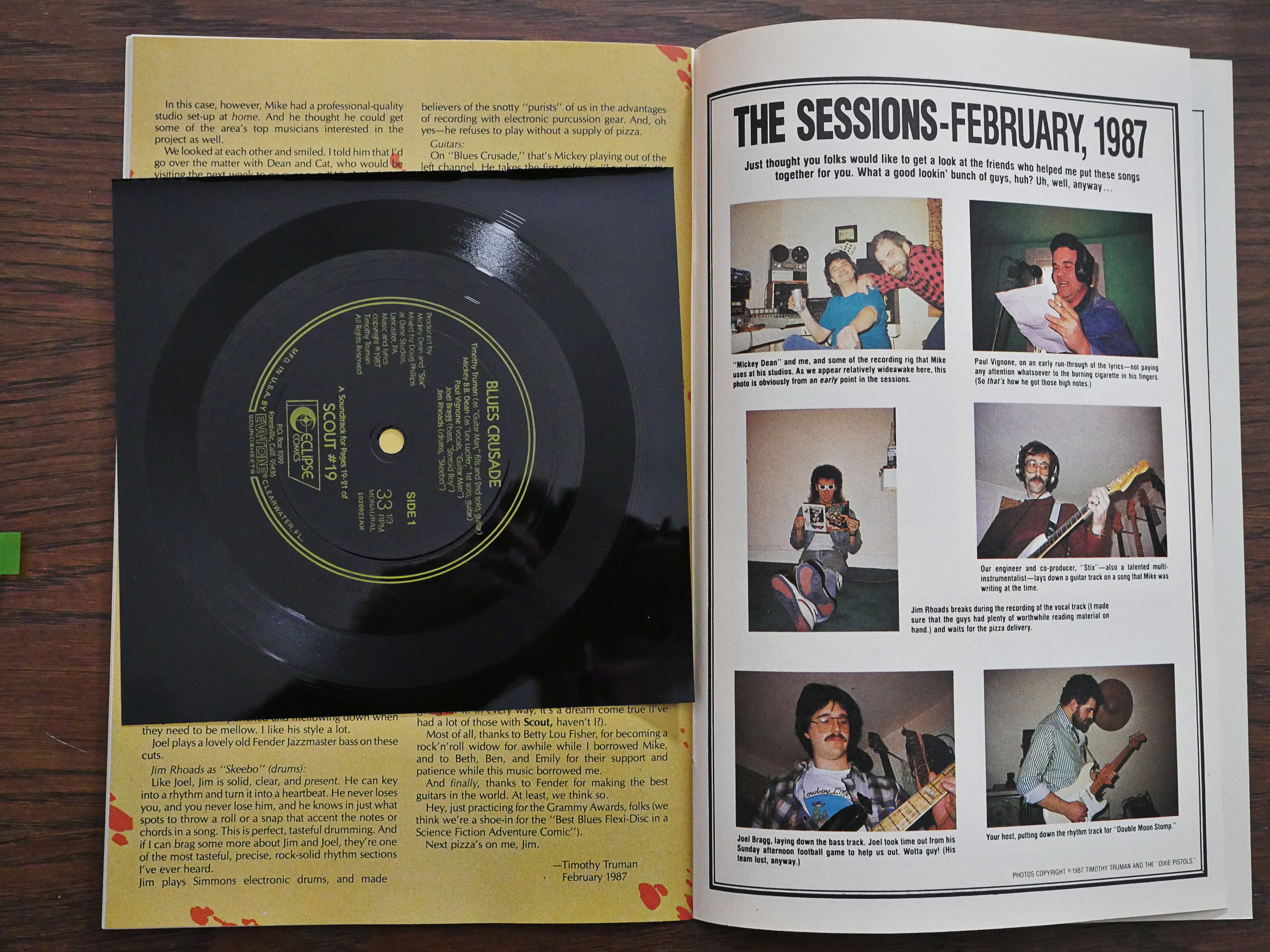
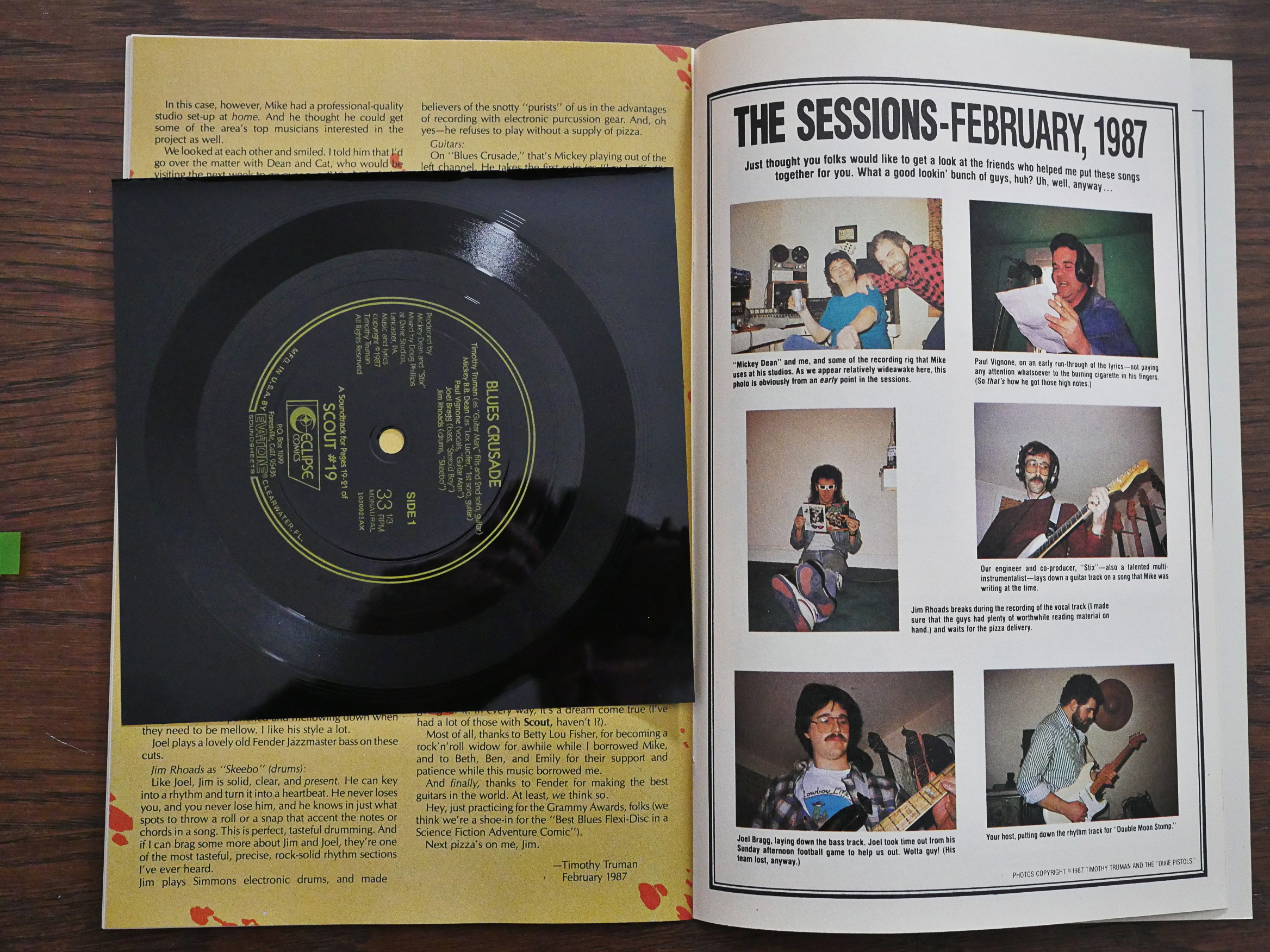

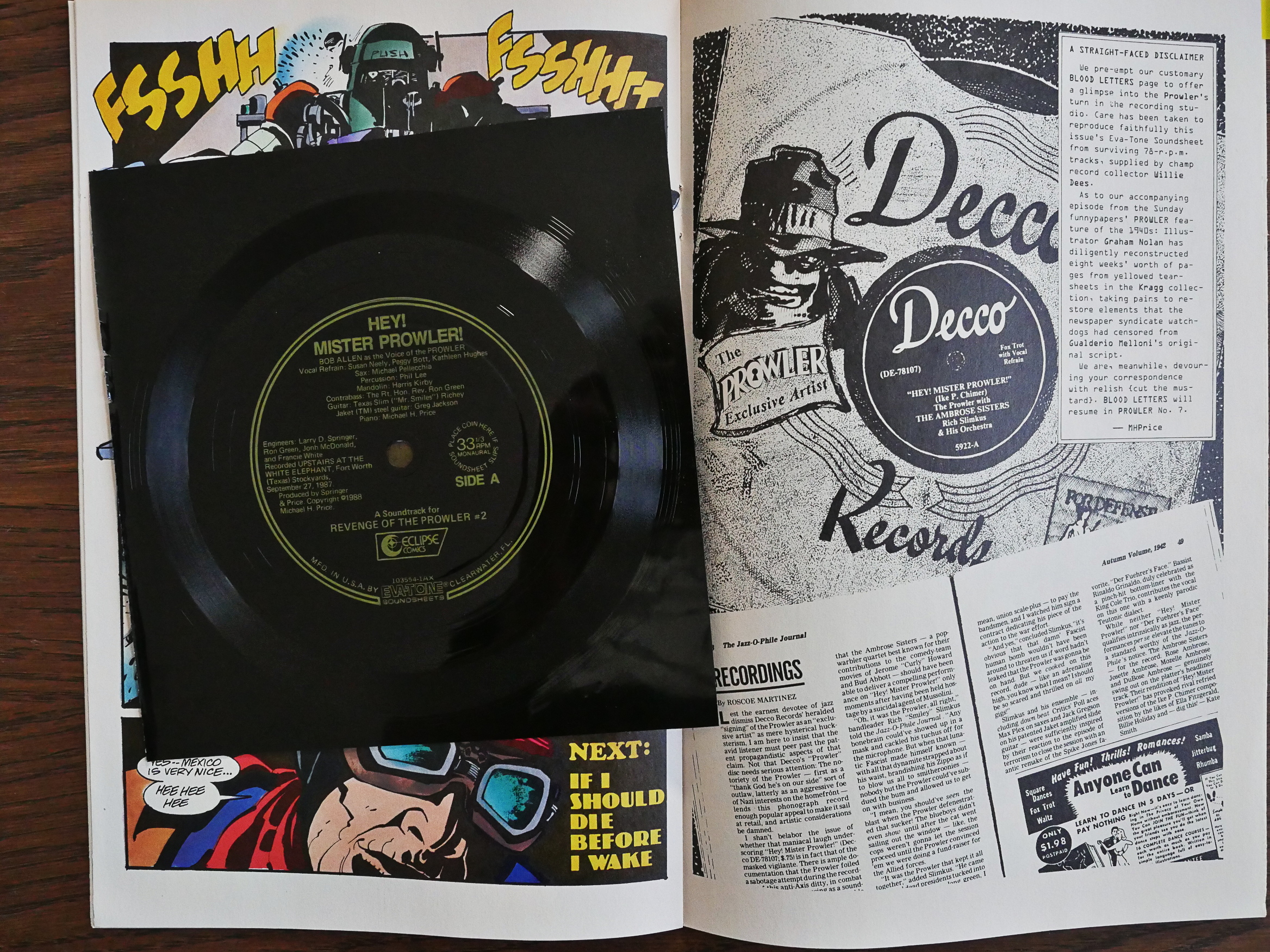
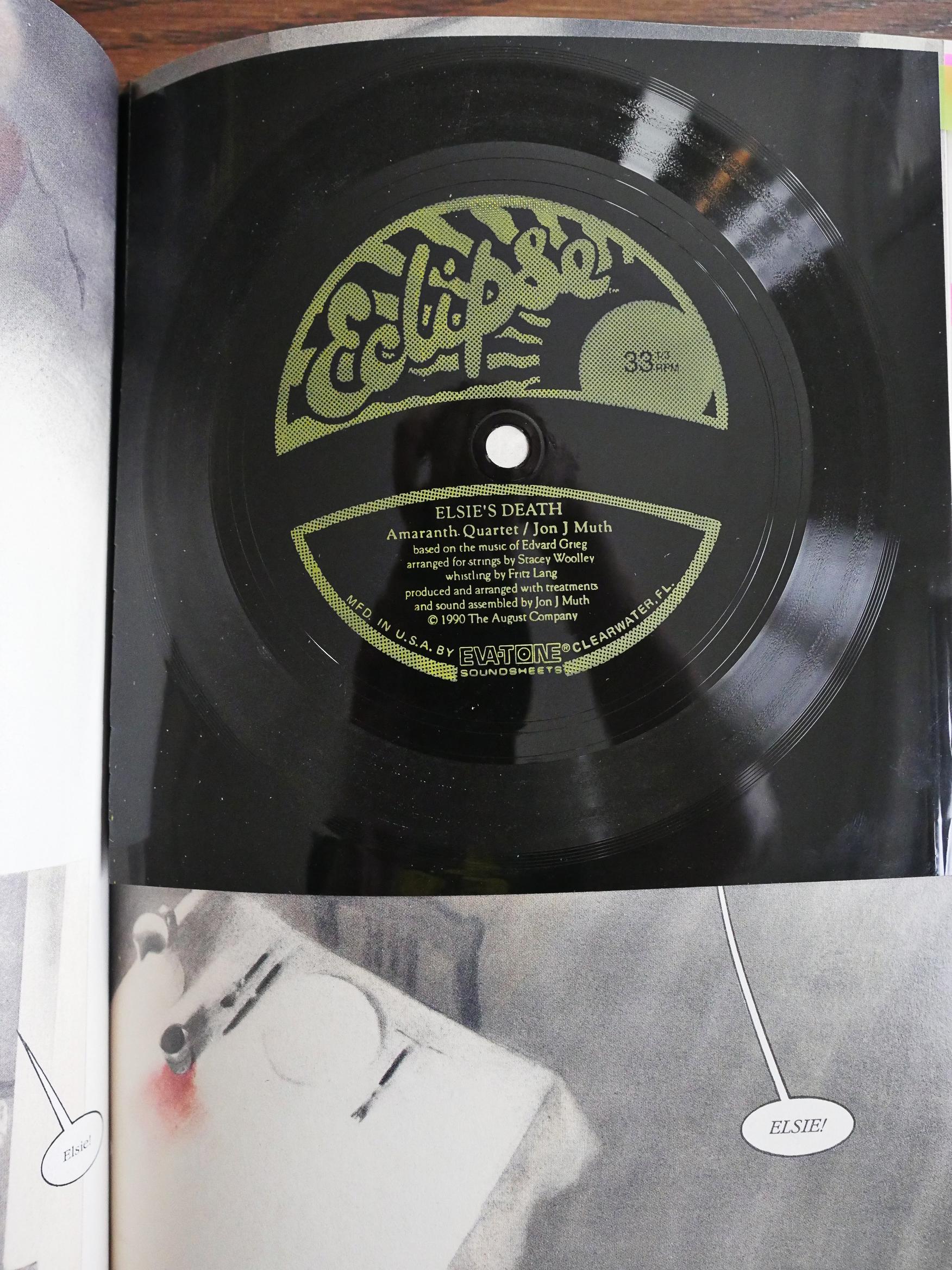
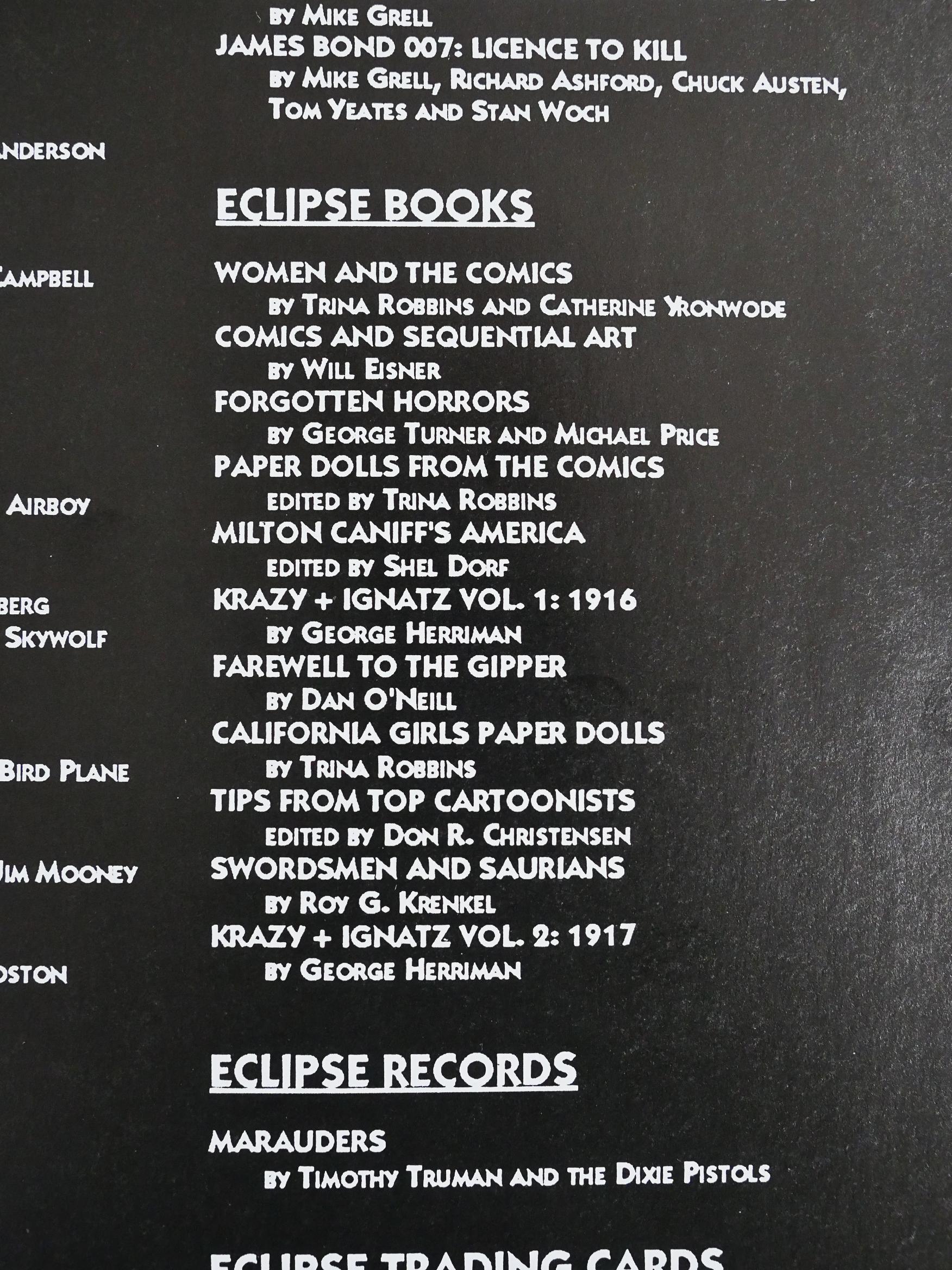
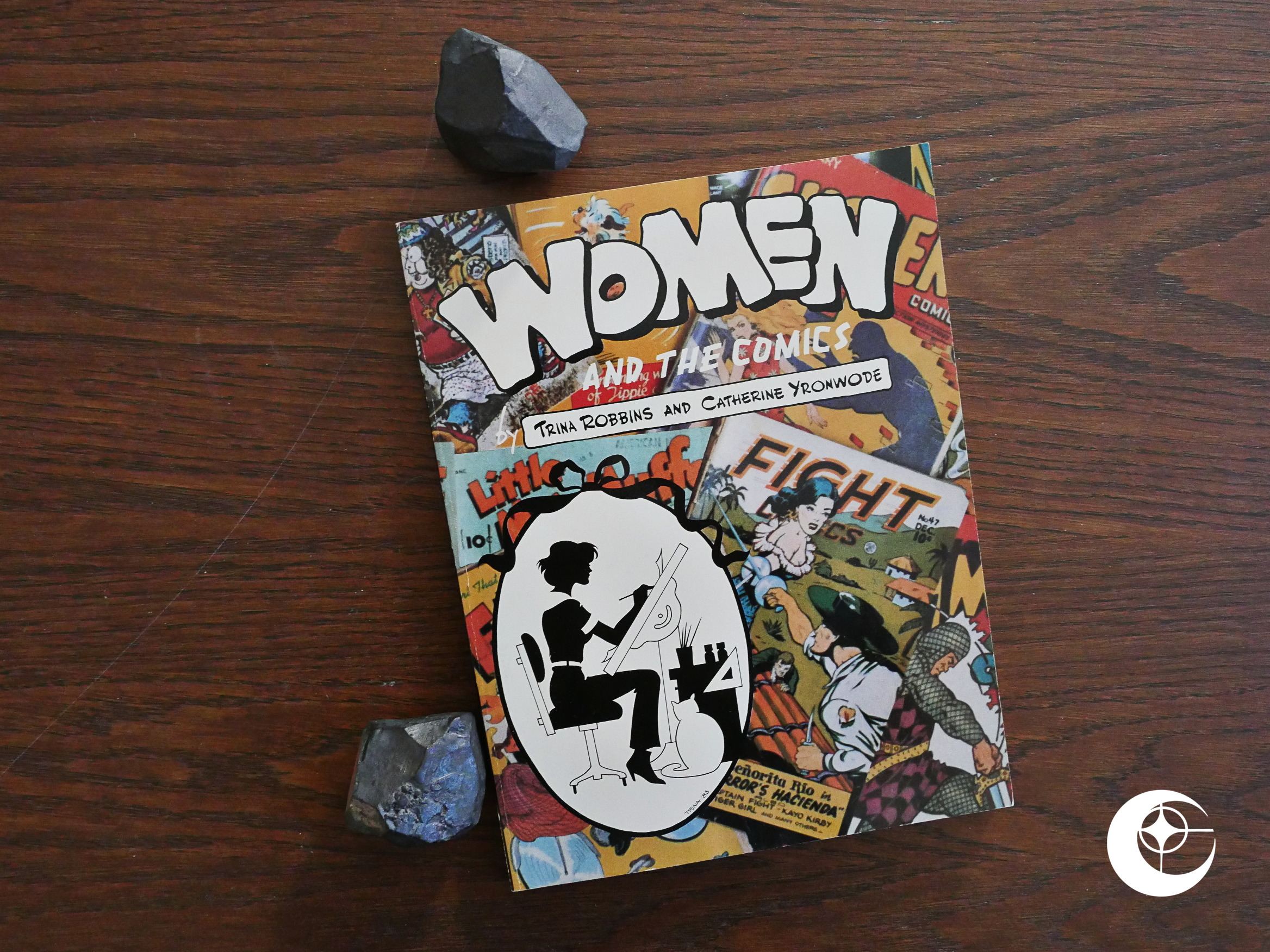 Women and the Comics (1985) #1
Women and the Comics (1985) #1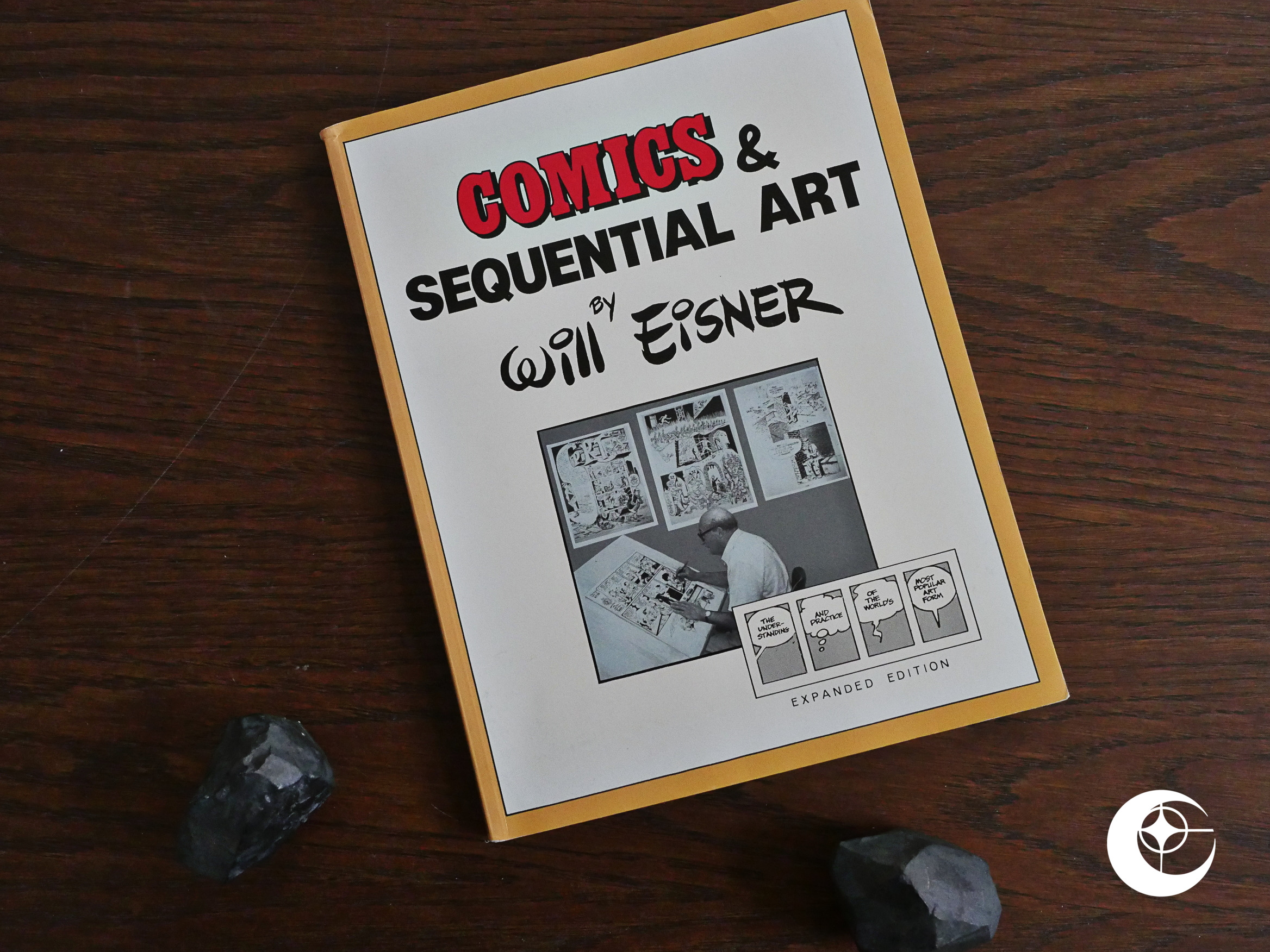

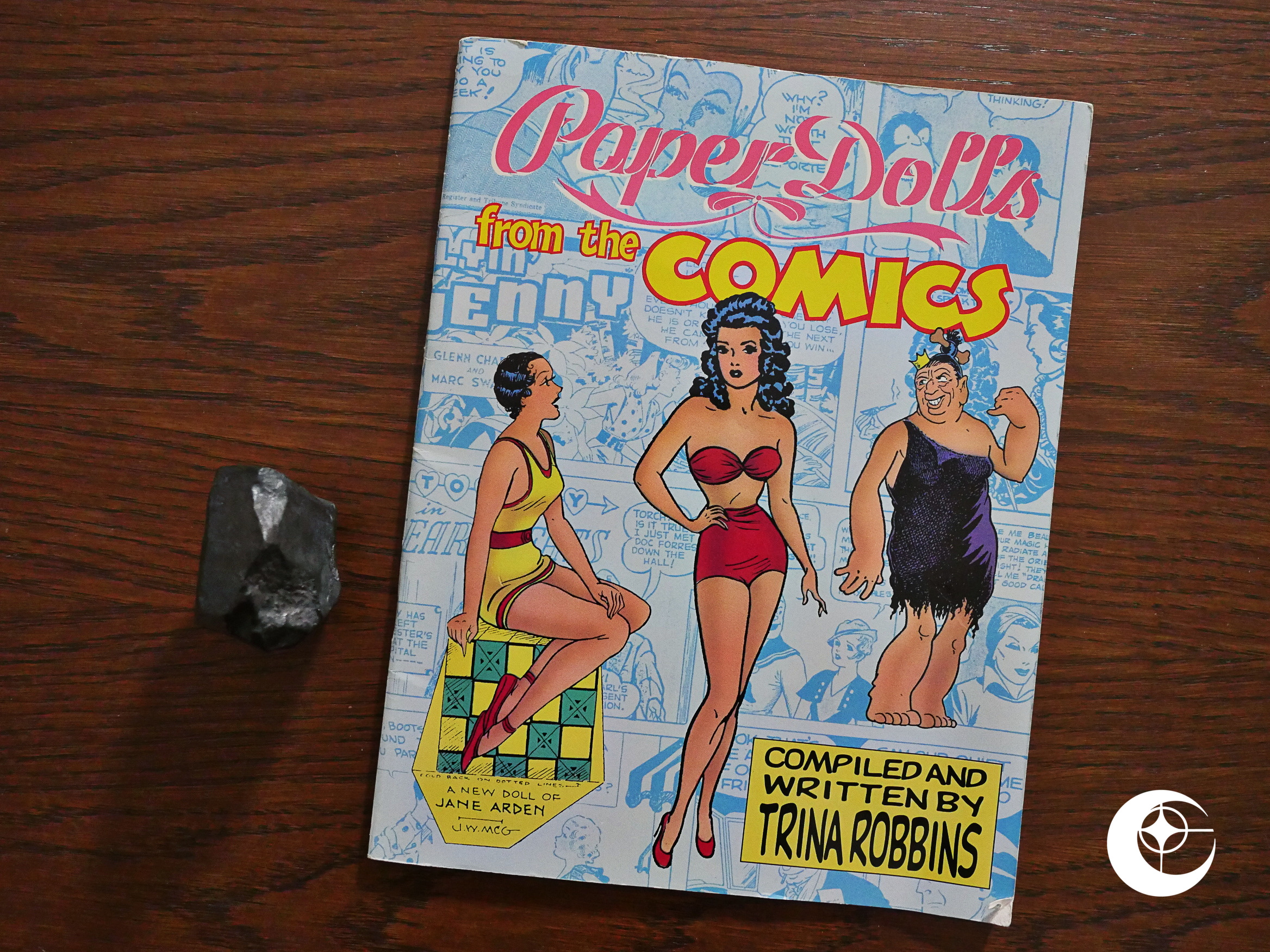
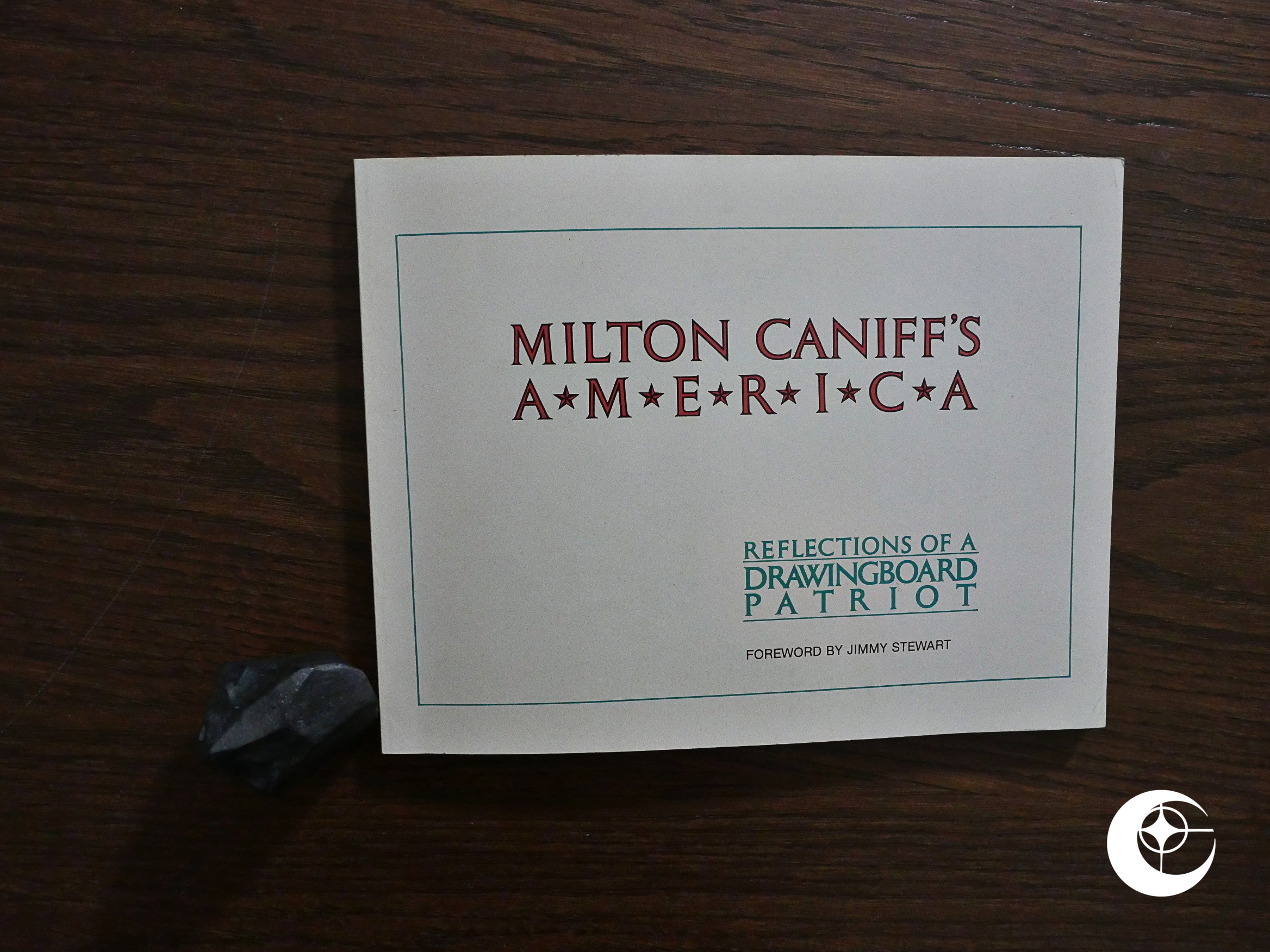
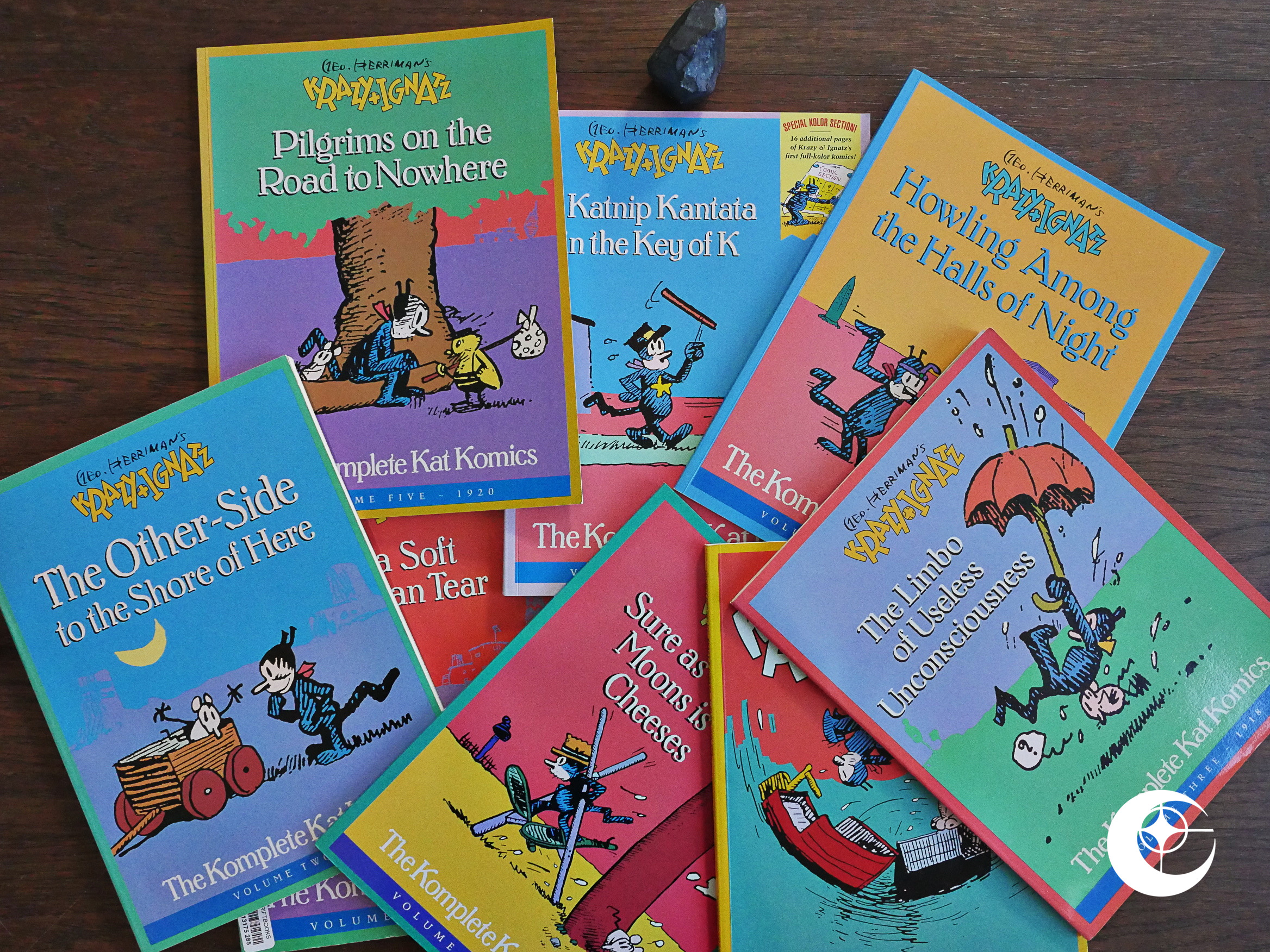
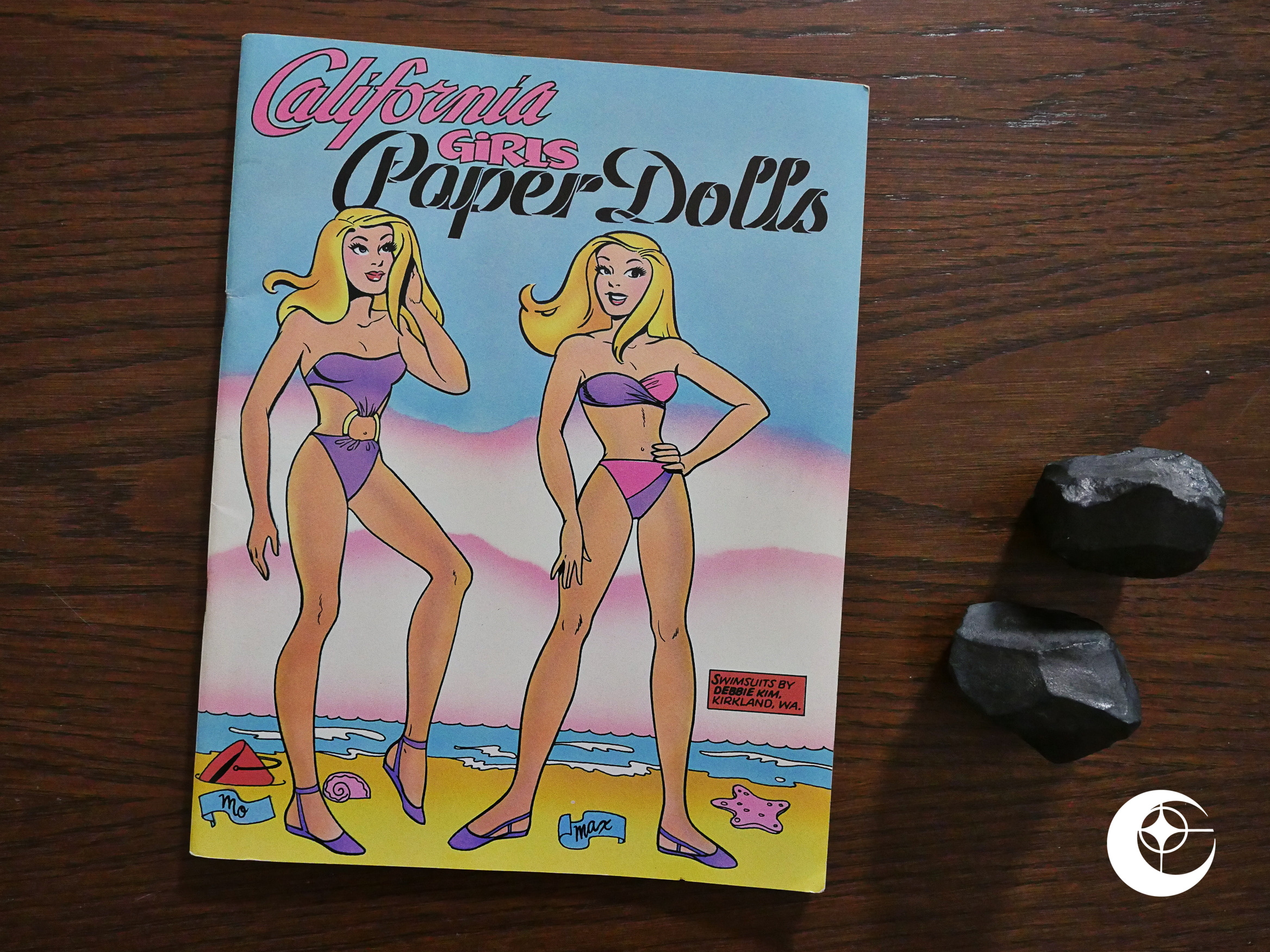
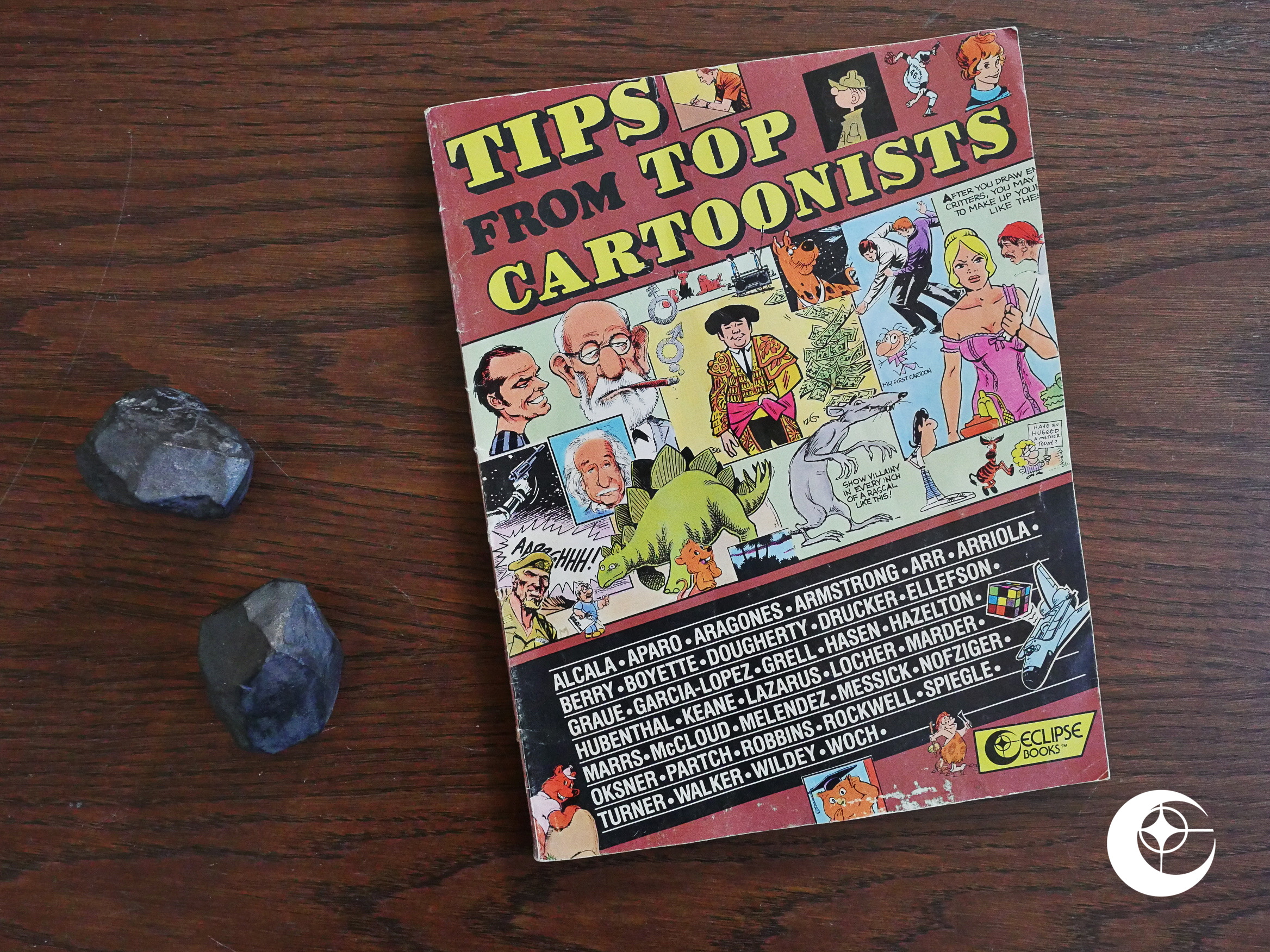
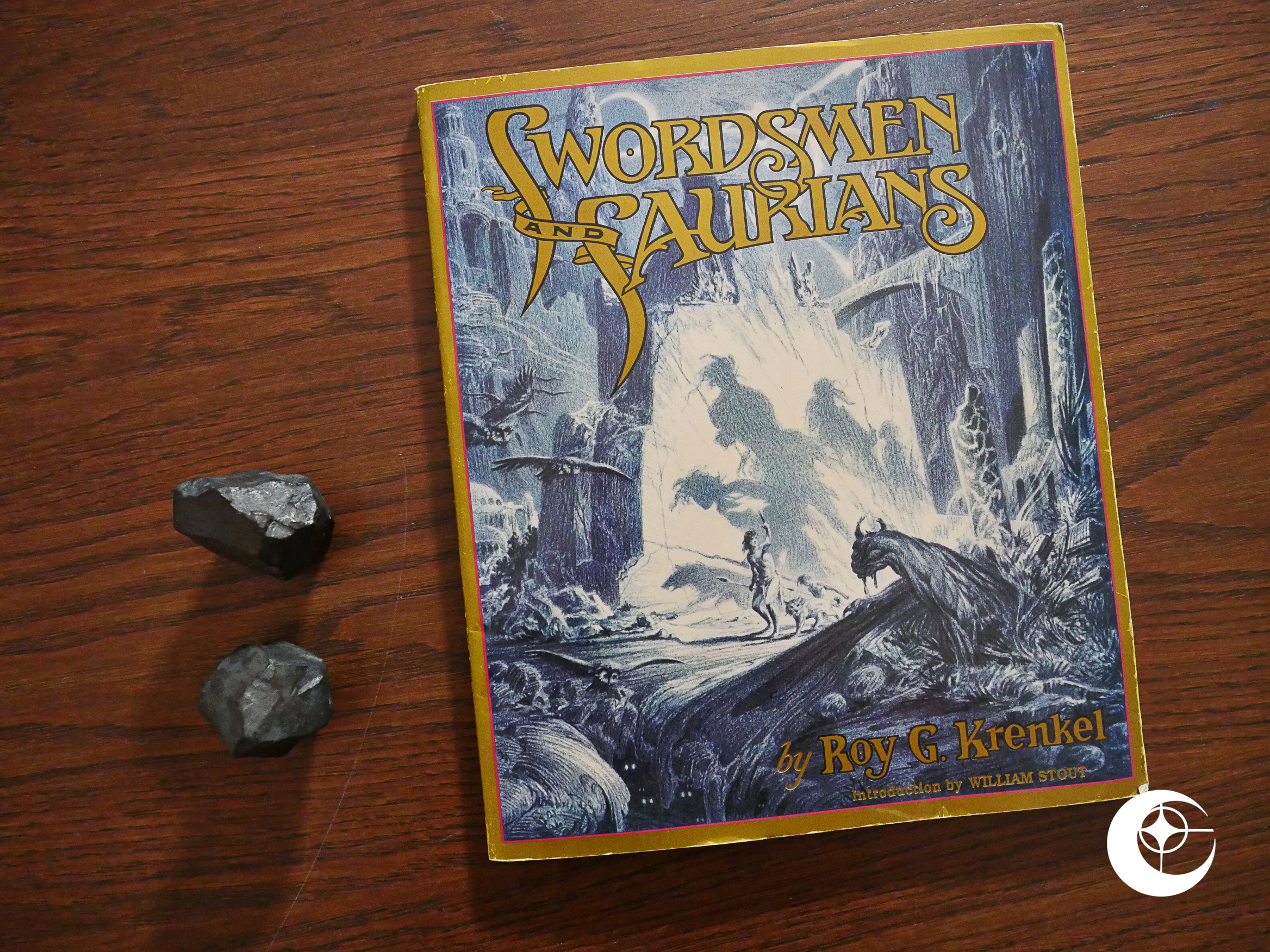
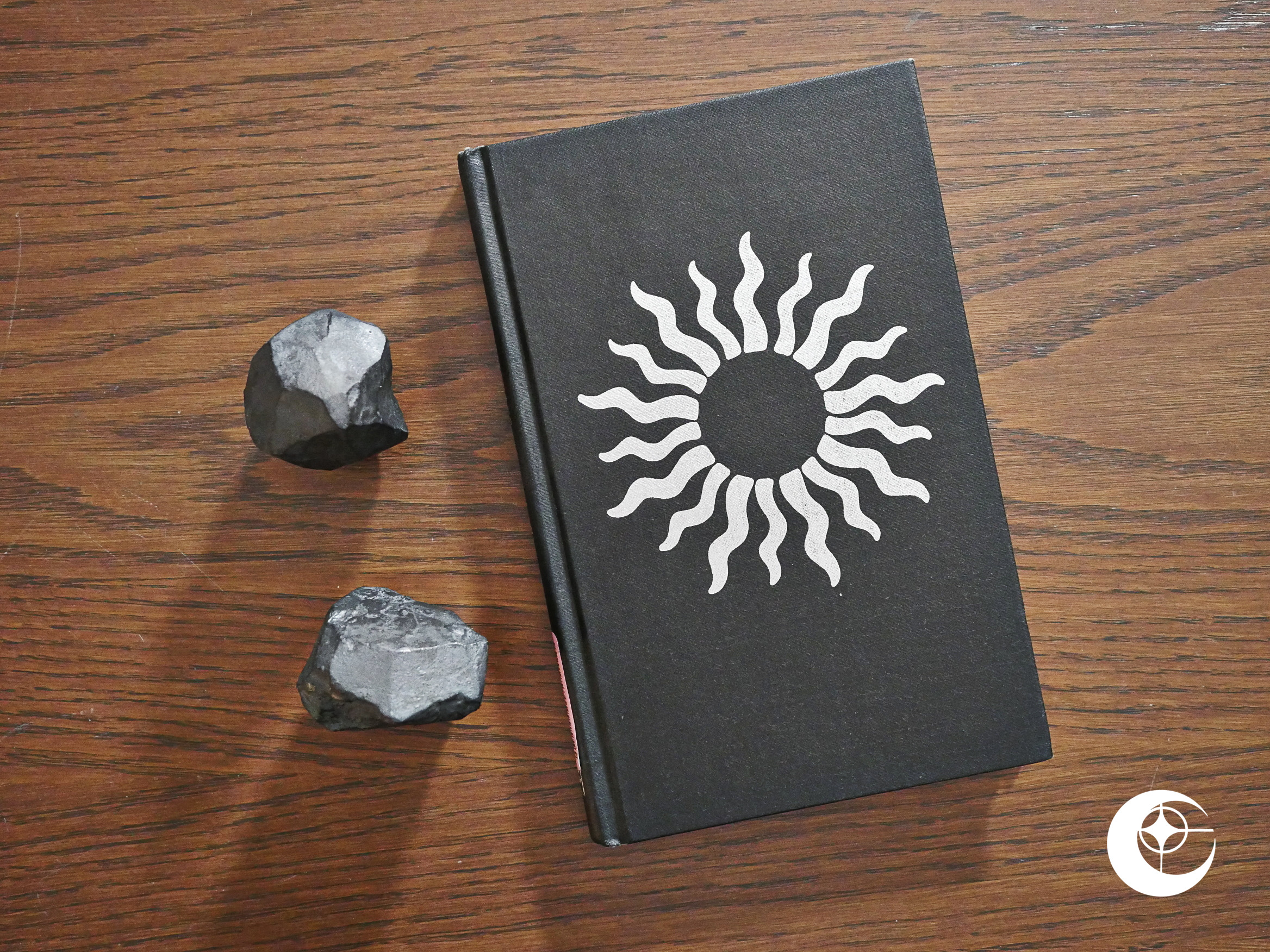
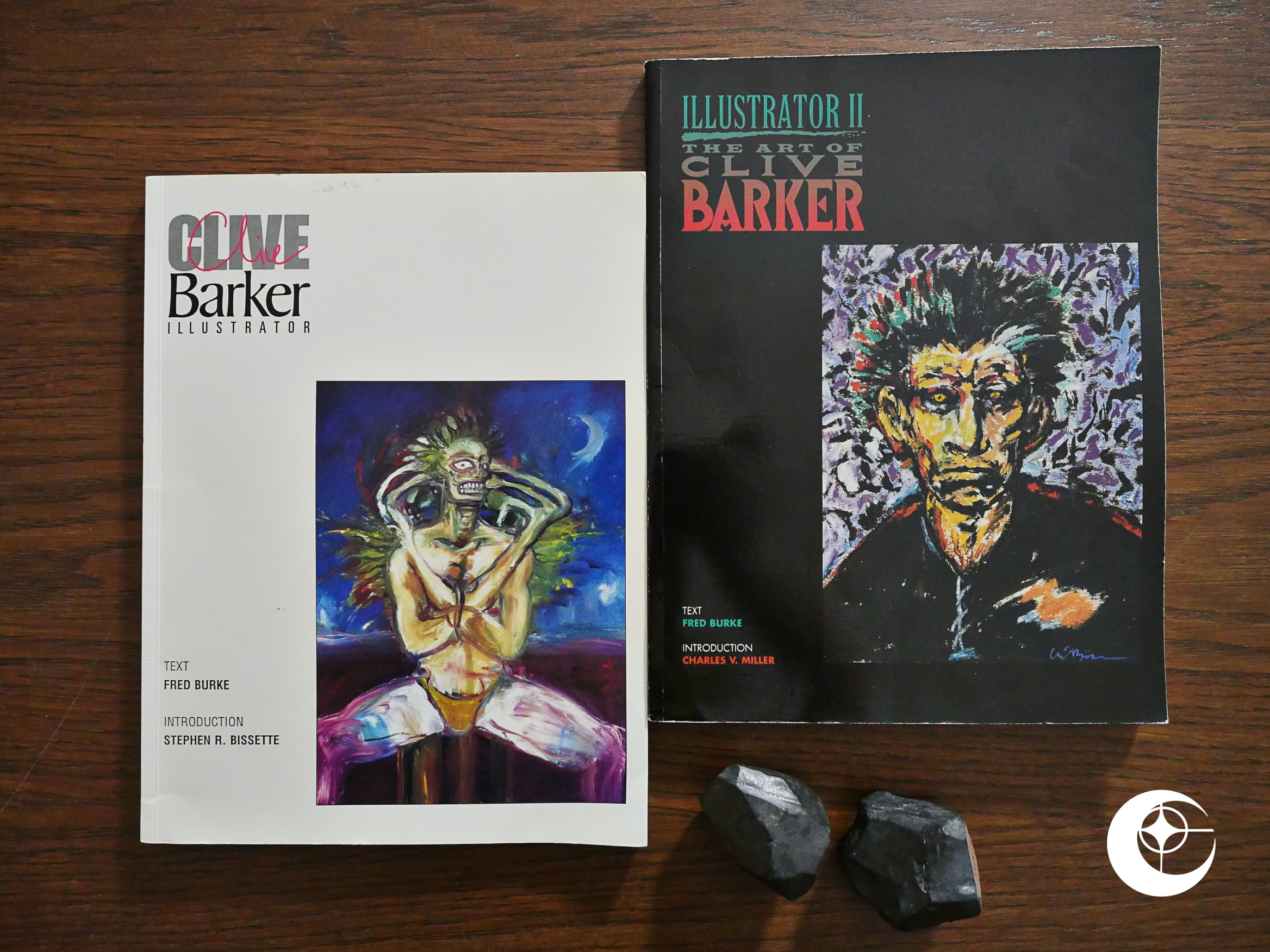
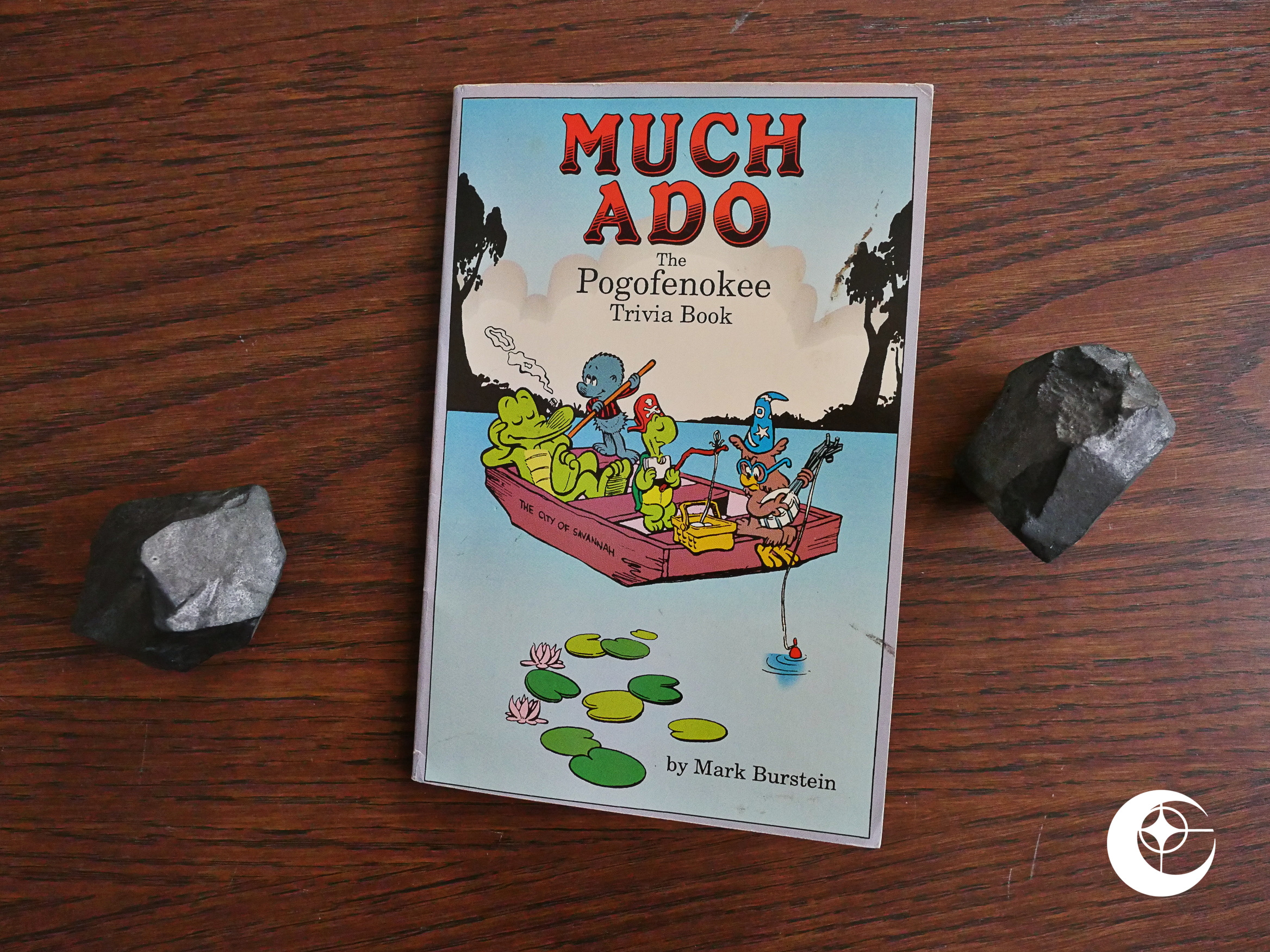
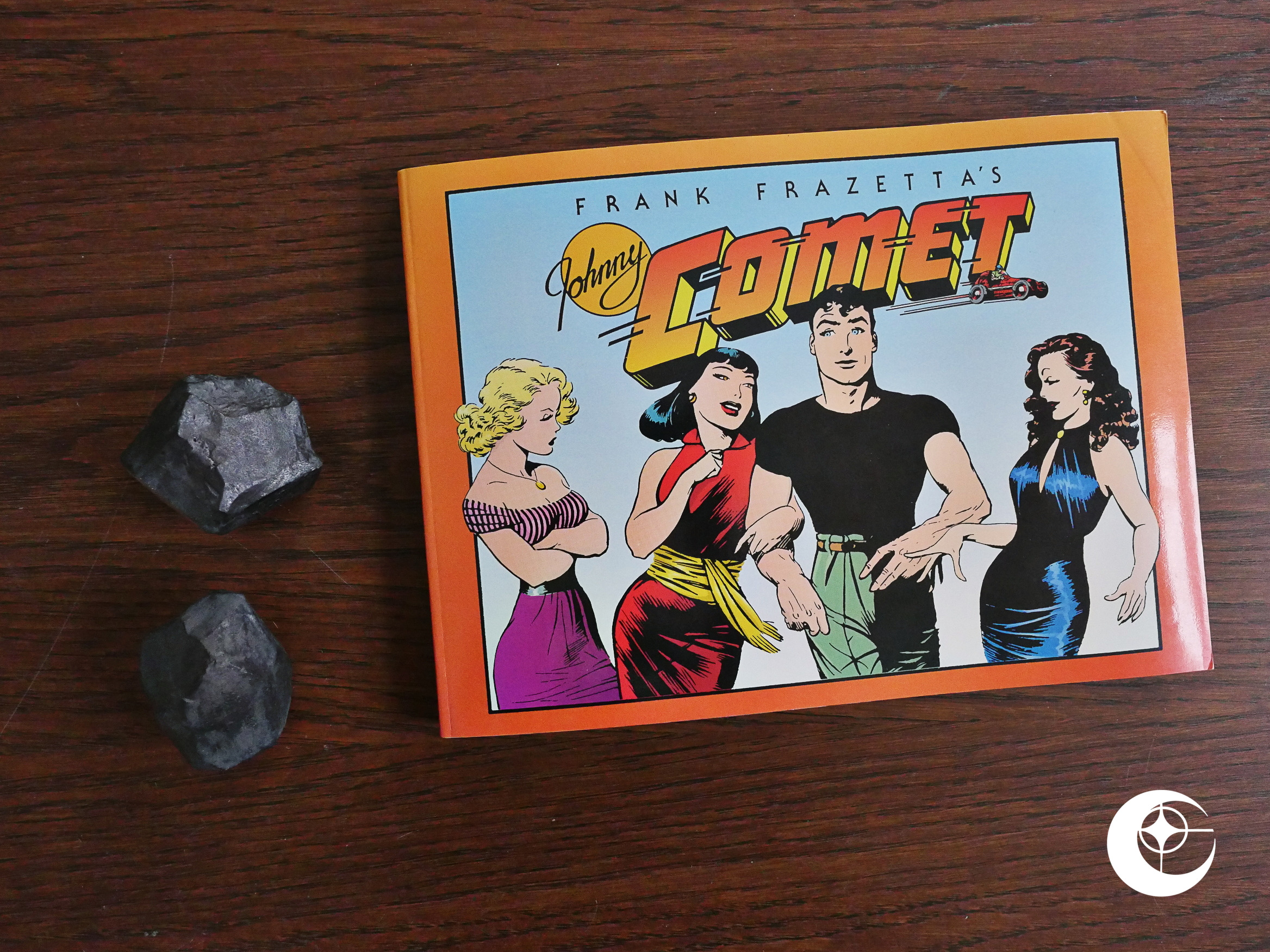
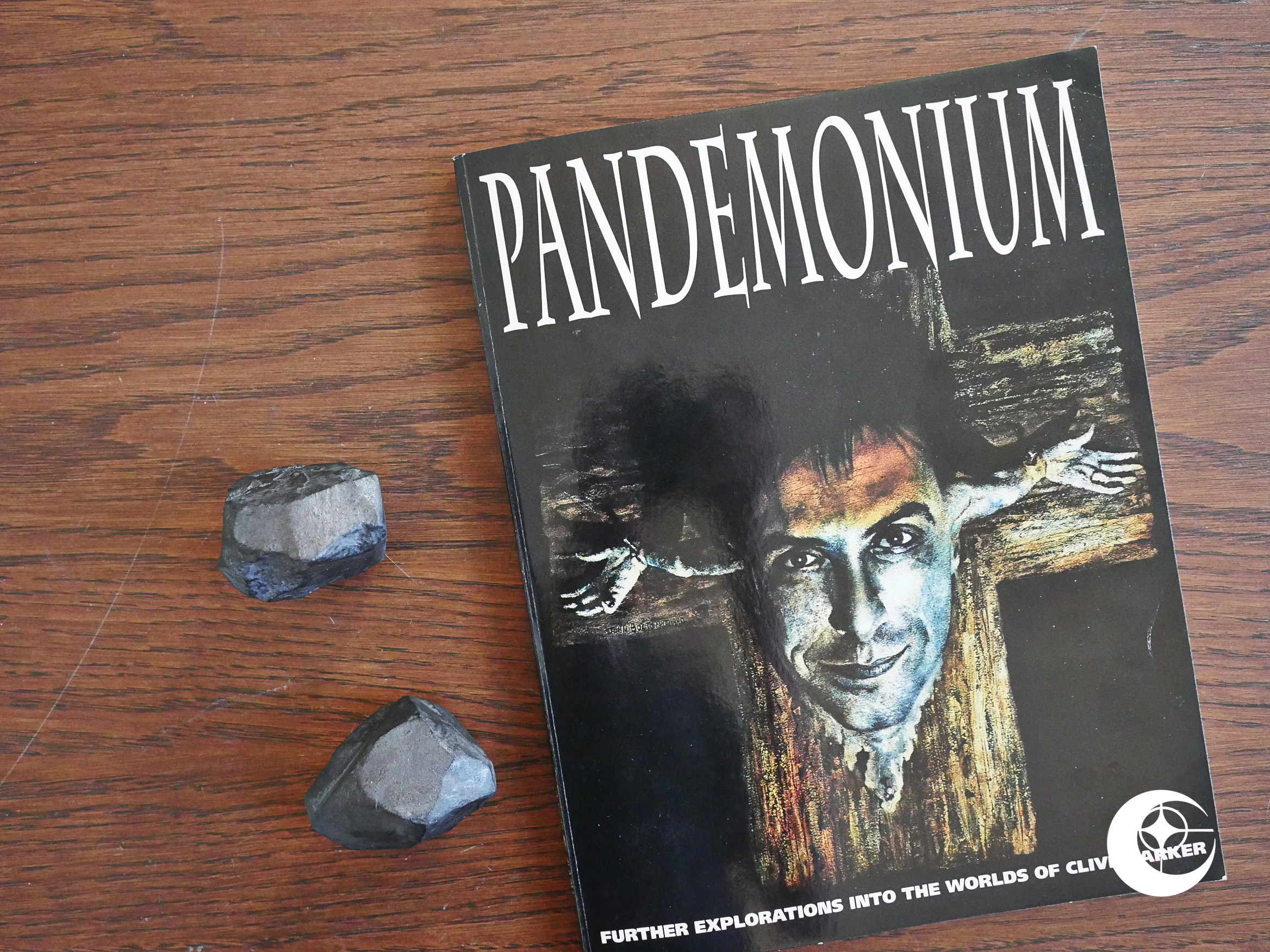
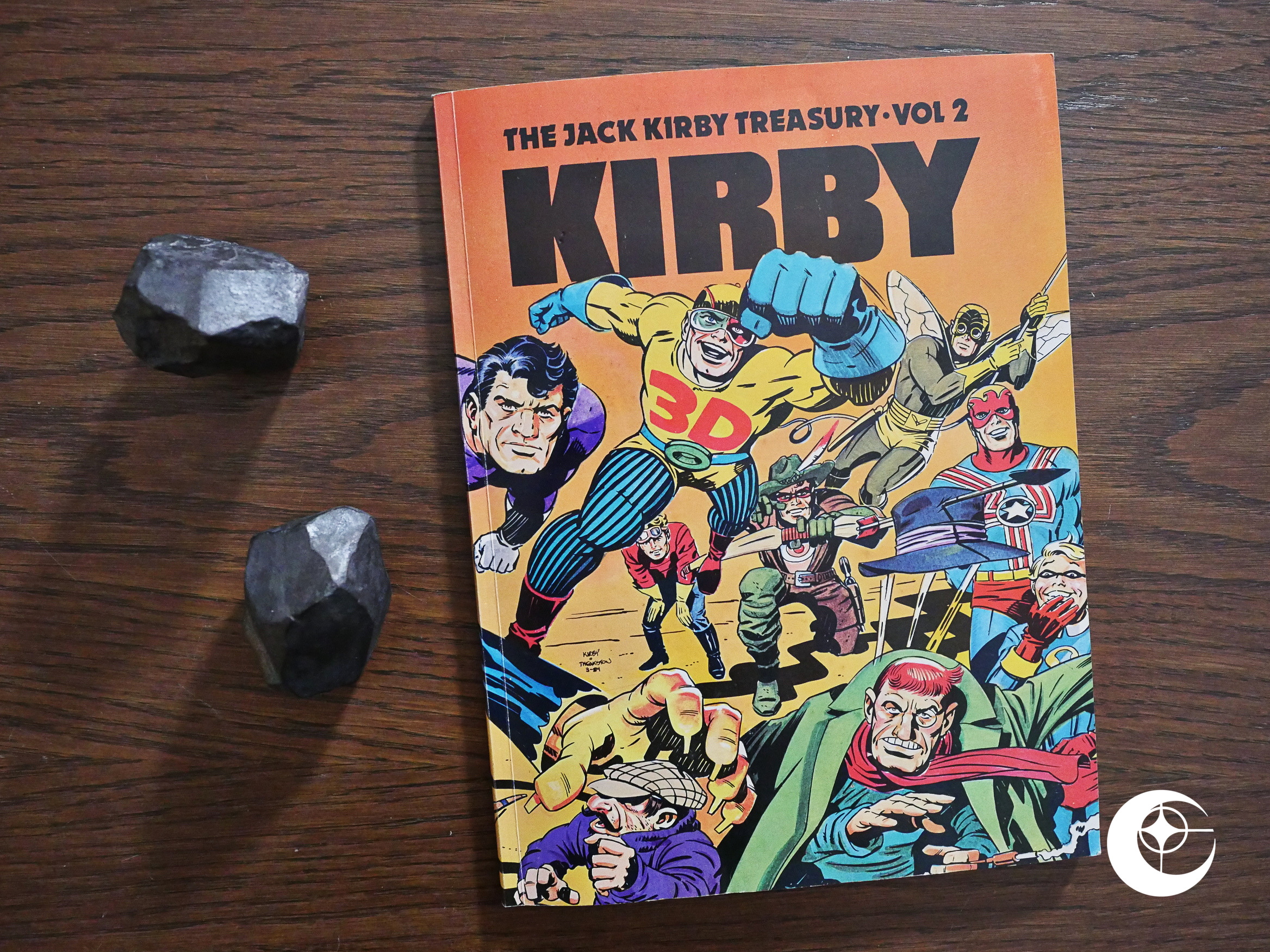
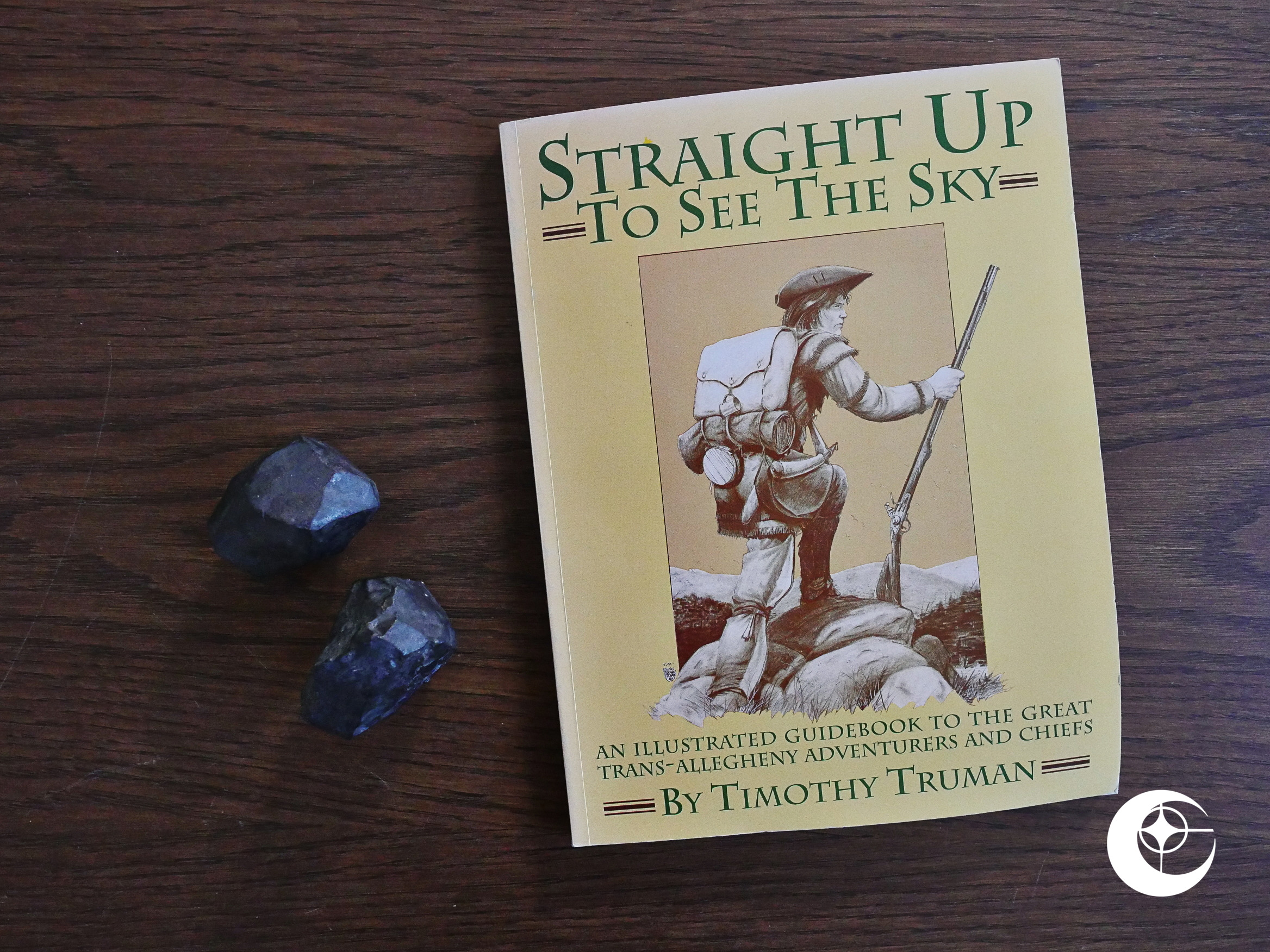
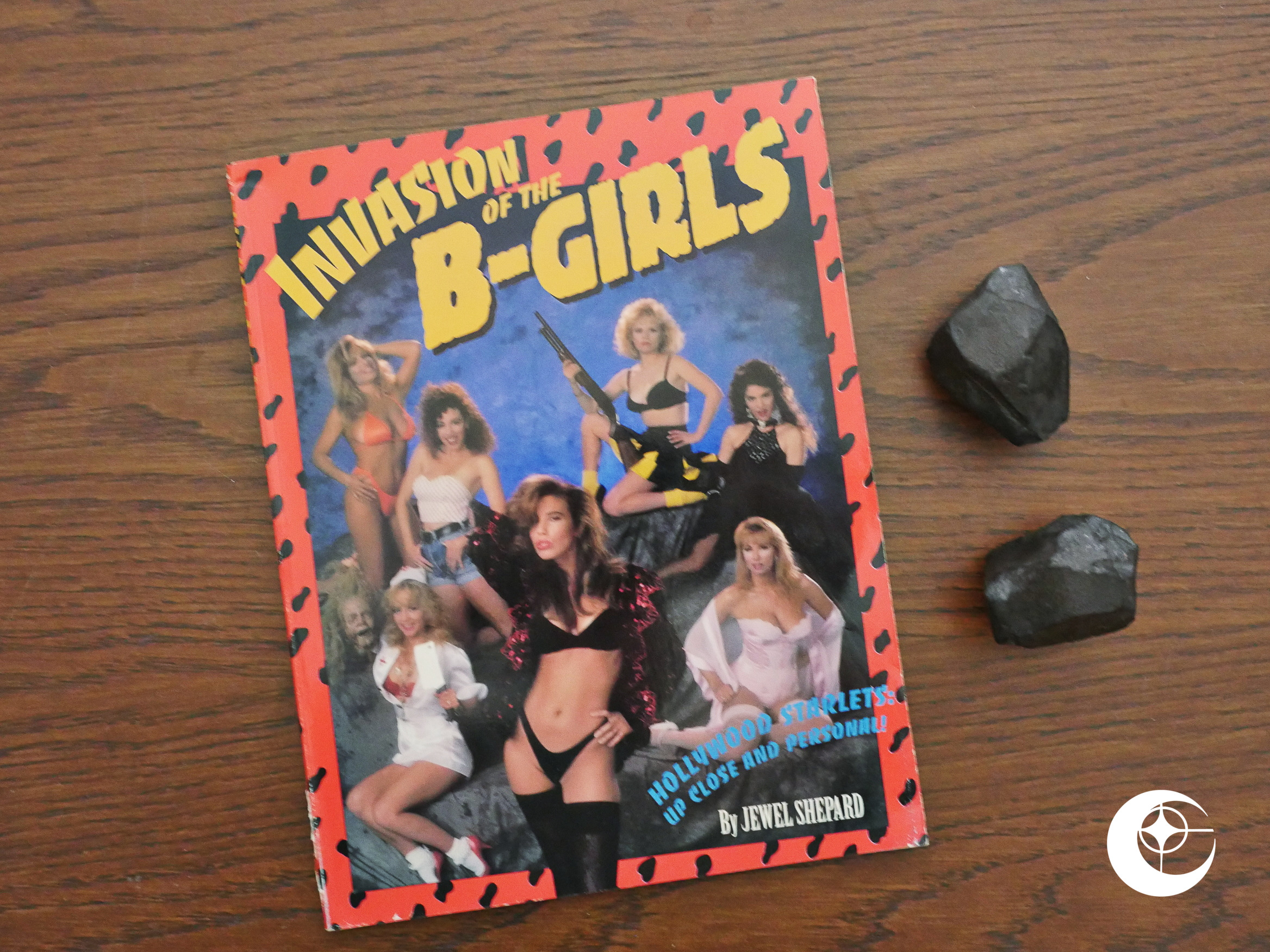 Invasion of the B-Girls (1992)
Invasion of the B-Girls (1992) Hot Pulp (1993)
Hot Pulp (1993)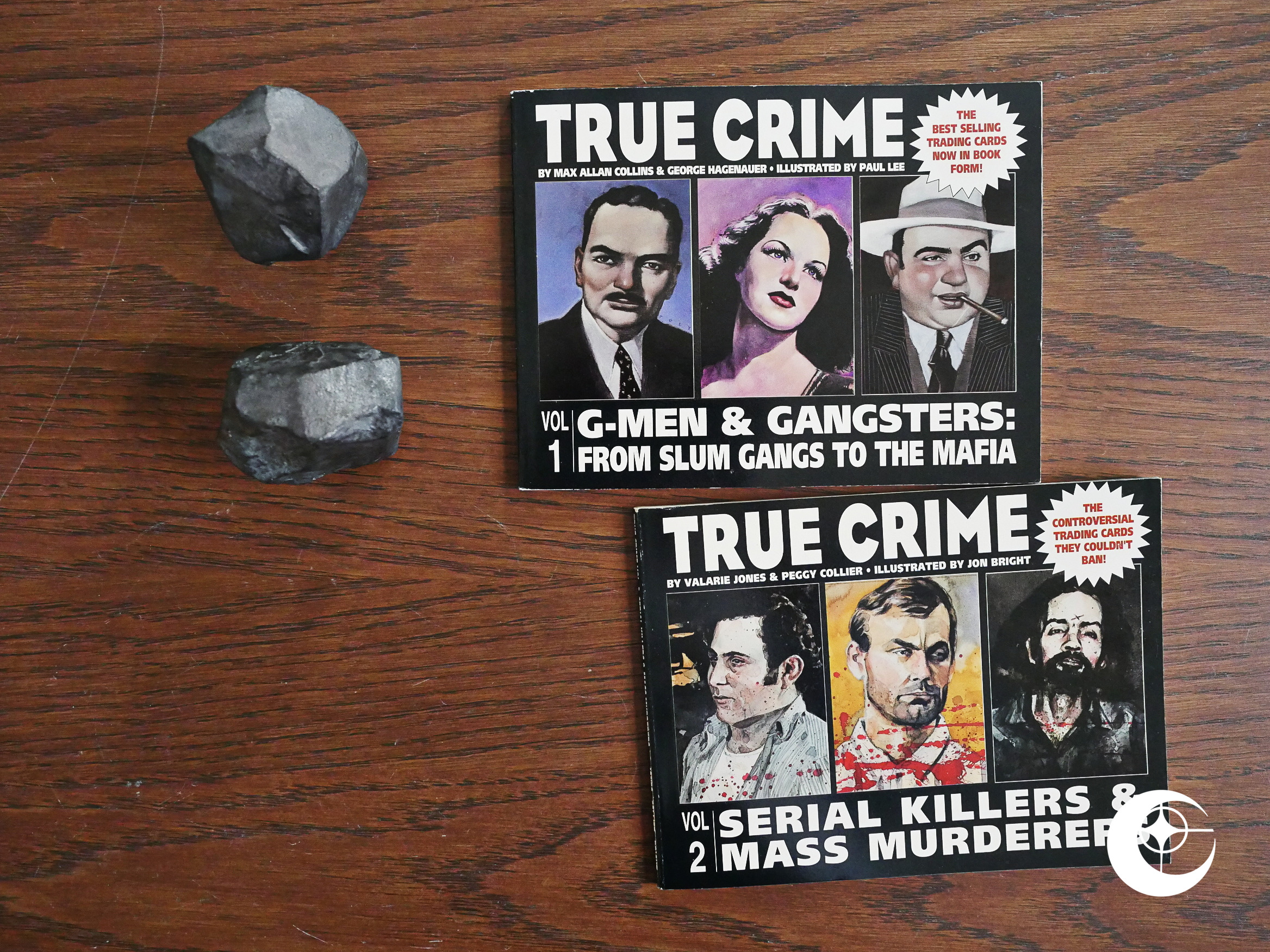 True Crime (1993) #1-2
True Crime (1993) #1-2